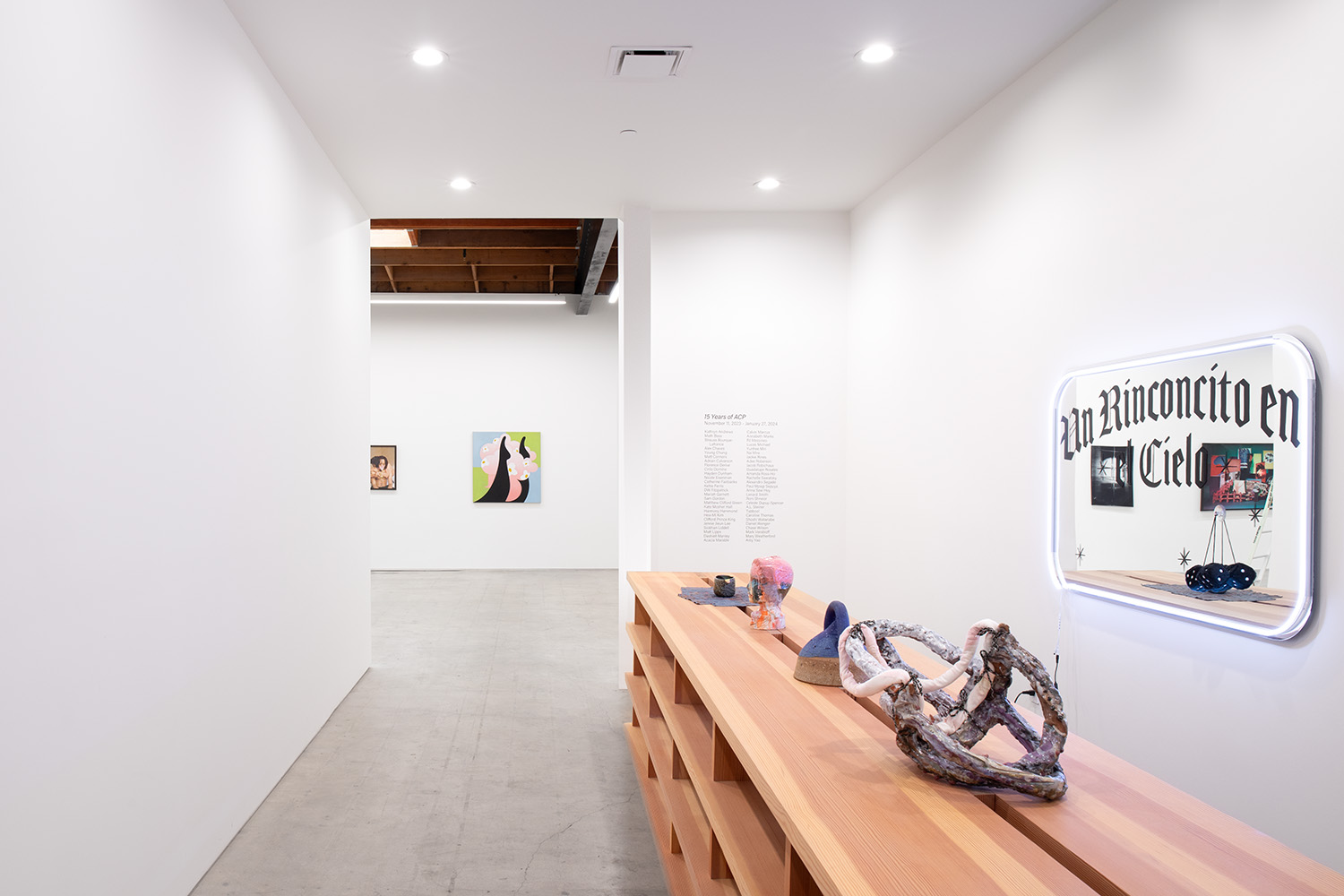
Installation view
A Project Curated by Artists: 15 Years of ACP, 2023
Courtesy of Morán Morán
A Project Curated by Artists: 15 Years of ACP
Morán Morán is thrilled to present A Project Curated by Artists: 15 Years of ACP, featuring works by Kathryn Andrews, Math Bass, Strauss Bourque-LaFrance, Alex Chaves, Young Chung, Matt Connors, Adrian Culverson, Florence Derive, Cirilo Domine, Hayden Dunham, Celeste Dupuy-Spencer, Nicole Eisenman, Catherine Fairbanks, Keltie Ferris, DW Fitzpatrick, Mariah Garnett, Sam Gordon, Matthew Clifford Green, Kate Mosher Hall, Harmony Hammond, Hea-Mi Kim, Clifford Prince King, Jennie Jieun Lee, Siobhan Liddell, Matt Lipps, Dashiell Manley, Acacia Marable, Calvin Marcus, Annabeth Marks, RJ Messineo, Lucas Michael, Yunhee Min, Na Mira, Jackie Rines, Adee Roberson, Jacob Robichaux, Guadalupe Rosales, Amanda Ross-Ho, Rachelle Sawatsky, Alexandro Segade, Paul Mpagi Sepuya, Anna Sew Hoy, Lenard Smith, Roni Shneior, A.L. Steiner, Tabboo!, Caroline Thomas, Shoshi Watanabe, Daniel Wenger, Chase Wilson, Mark Verabioff, Mary Weatherford, and Amy Yao. The exhibition celebrates the rich history of the acclaimed artist-run gallery Artist Curated Projects (ACP).
A Project Curated by Artists: 15 Years of ACP
By Lauren Mackler
It was 2008, recession weather, and they were walking her dog in the parched Hollywood Hills. Quiet canyons, blaring sun, two old friends. Eve Fowler and Lucas Michael had known each other since the ’90s in New York City, where they had matured as artists; they both now lived in LA. Many of their peers, they mused while walking, were exceptional artists—and yet so many didn’t have galleries, rarely showed their work, and somehow didn’t have access to what looked like a closed circuit of biennials and exhibitions that were the ladder up in their world. The critical decision of who would be shown and sold lay solely in the hands of a seemingly elite oligarchy of curators, dealers, and collectors whose scope—in Los Angeles in particular—seemed narrow, exclusive, and impenetrable. As an antidote, Fowler and Michael decided they would open a space where artists could curate shows and harness that decision-making power for themselves, showcasing peers whom they admired and supported. They searched for a cheap garage they could paint white. When that proved harder than expected, Fowler sold her living room furniture and they began there, in her airy bungalow, bed stashed behind frosted French doors. They straightforwardly dubbed it Artist Curated Projects, the economy of its words reflecting their economical approach to exhibition making.
1. for, by, and to:
Artists began curating for an audience of artists; they were vouching for others, experimenting with making shows. And magically, the artists involved on either end would get new galleries, visibility, context. “Everyone involved seemed to get a boost from it,” said Fowler. “It was like an energetic thing.” Though many of the exhibitions were in Fowler’s home, some were in other studios or houses, and soon opportunities arose to organize projects in a college, a library, a one-night festival, or even in a commercial gallery temporarily shuttered for its holiday break. For many artists over the years, it was their first LA show (solo or otherwise), and the exhibitions often showcased the emerging alongside the emergingly legendary. There was a social component to it too: it became a scene. A queer scene, a Steinian salon, where both installs and openings lingered long into the night. (It turns out you can invent a space, and then it’s no longer invented; it’s real.) People met, ideas percolated, and a number of new art venues materialized from these encounters: experimental, commercial, and otherwise. It built community out of affinity—the best kind. In addition to its regular programming of shows, ACP became known for its biannual flat file and ceramics sales, medium-specific opportunities to buy art affordably. Disproportionally to its impact, there has been very little writing about the project, though two years after ACP’s founding, Interview magazine ran a feature on it. As an illustration, the editors staged a photograph of Fowler and Michael amid the artists they considered the ACP cohort. The picture centers Fowler and Michael even as they actively tried to decenter themselves; the editors had to make a note of the decentering. Most reviews of ACP focus on the virtuous artist-for-artist ethos of the project, its inclusivity and play no matter the platform. For example, when reviewing a rapid-fire series by ACP—five shows in four weeks, four days each—staged at Parker Jones gallery in Culver City (when it was momentarily the nucleus of the LA commercial art world—and therefore the antithesis of the loose, casual apartment and studio shows ACP had been known for), critic Michael Ned Holte noted, “That sense of inclusiveness seems to be the point of this experimental exhibition, or at least one of them: ACP’s soft infiltration of the commercial gallery diagrams an art world comprised not of an inside and outside, or margin and center, but rather a loose weave of overlapping circles.”
2. a heist
Another point was to sell art. As artists watched their peers browse and purchase their works at the flat file and ceramics sales, they knew their pieces were going to good homes where they would be cared for, considered, and reconsidered over time. The boost Fowler referred to was also of the confidence kind. That part—the value instilled through being respected by other artists—was inherent and righteous at ACP. The other part—usually a taboo subject in the context of artist gatherings—was that people’s work was being sold to new collectors—by Fowler—the works were bought and trafficked in the larger concentric highways of the art world. Through these shows, artists were supporting artists and introducing them to collectors, in turn building a market. It was like a heist, an inside job. And it worked. Careers launched, prices rose, fortunes changed, and changed again (as they do). Two years after ACP’s founding, Michael moved back to New York and Fowler—with her effortless and cool business acumen—has been running it solo ever since: juggling her studio and exhibitions, bookmaking practice, and more. Fowler can often be heard saying, “They are a great artist” about one or another, alongside a seasoned realist’s acknowledgement that success isn’t just about great art but about external forces as well: scalability, salability, and perhaps even sociability—the latter of which she often compensates for with her unflappable style.
3. rule-less-ness, ongoing-ness.
This is not an obituary. This exhibition celebrates the 15 years of Artist Curated Projects as it continues to encompass a growing cohort of artists. Looking over the catalogue of exhibitions to date, it’s hard to pin down an aesthetic for ACP, its many curators and participants a corrective to a stilted or authoritative voice. But if I were to attempt it, overall the shows tend to lean toward the experimental, the self-fabricated, the handmade; paint tends to be visible, plywood exposed, rough edges betraying the brush, the gesture, the body, and the act of making too. With exceptions, of course—language plays an important role as well; the press releases, like poems, reflect the intention of the artists and often quote fragments of literature and refer to context (Eve’s home, “the creaky walls of a 1927 house,” “the backdrop of a 1950’s ranch”). The titles of the shows themselves are plays on the architecture of making a show, the conventions of announcing it, the expectations it holds: “Over-Under Worked,” the potent title of an early Anne McCaddon show curated by Xandro Segade; “By Appointment,” a group show whose profit partially went to the Black Trans Advocacy Coalition; “Scorpius,” a show of artists whose kindship centered around their astrological sun sign; “As Above So Below Zero Zero Zero,” an early, alchemical show by artist Na Mira featuring, among other loaded objects, a butter bust of the artist available for consumption. The exhibitions and their contained titles, works, concepts, and moments of ingenuity are too great to count; the participants too numerous to list. The shows sometimes generated collectives; they crested collaborations between artists, and their mothers, or perhaps their lovers, and emblazoned kinships both fleeting and enduring.
Dates
November 11 - February 03, 2024Opening Reception
Saturday, November 11, 6-8pmLocation
641 N WESTERN AVELos Angeles, CA 90004
Artists
Kathryn Andrews
Math Bass
Strauss Bourque-LaFrance
Alex Chaves
Young Chung
Matt Connors
Adrian Culverson
Florence Derive
Cirilo Domine
Hayden Dunham
Celeste Dupuy-Spencer
Nicole Eisenman
Catherine Fairbanks
Keltie Ferris
DW Fitzpatrick
Mariah Garnett
Sam Gordon
Matthew Clifford Green
Kate Mosher Hall
Harmony Hammond
Hea-Mi Kim
Clifford Prince King
Jennie Jieun Lee
Siobhan Liddell
Matt Lipps
Dashiell Manley
Acacia Marable
Calvin Marcus
Annabeth Marks
RJ Messineo
Lucas Michael
Yunhee Min
Na Mira
Jackie Rines
Adee Roberson
Jacob Robichaux
Guadalupe Rosales
Amanda Ross-Ho
Rachelle Sawatsky
Alexandro Segade
Paul Mpagi Sepuya
Anna Sew Hoy
Lenard Smith
Roni Shneior
A.L. Steiner
Tabboo!
Caroline Thomas
Shoshi Watanabe
Daniel Wenger
Chase Wilson
Mark Verabioff
Mary Weatherford
Amy Yao
Installation Views
All images: A Project Curated by Artists: 15 Years of ACP, 2023, installation views. Photographs courtesy of Morán Morán
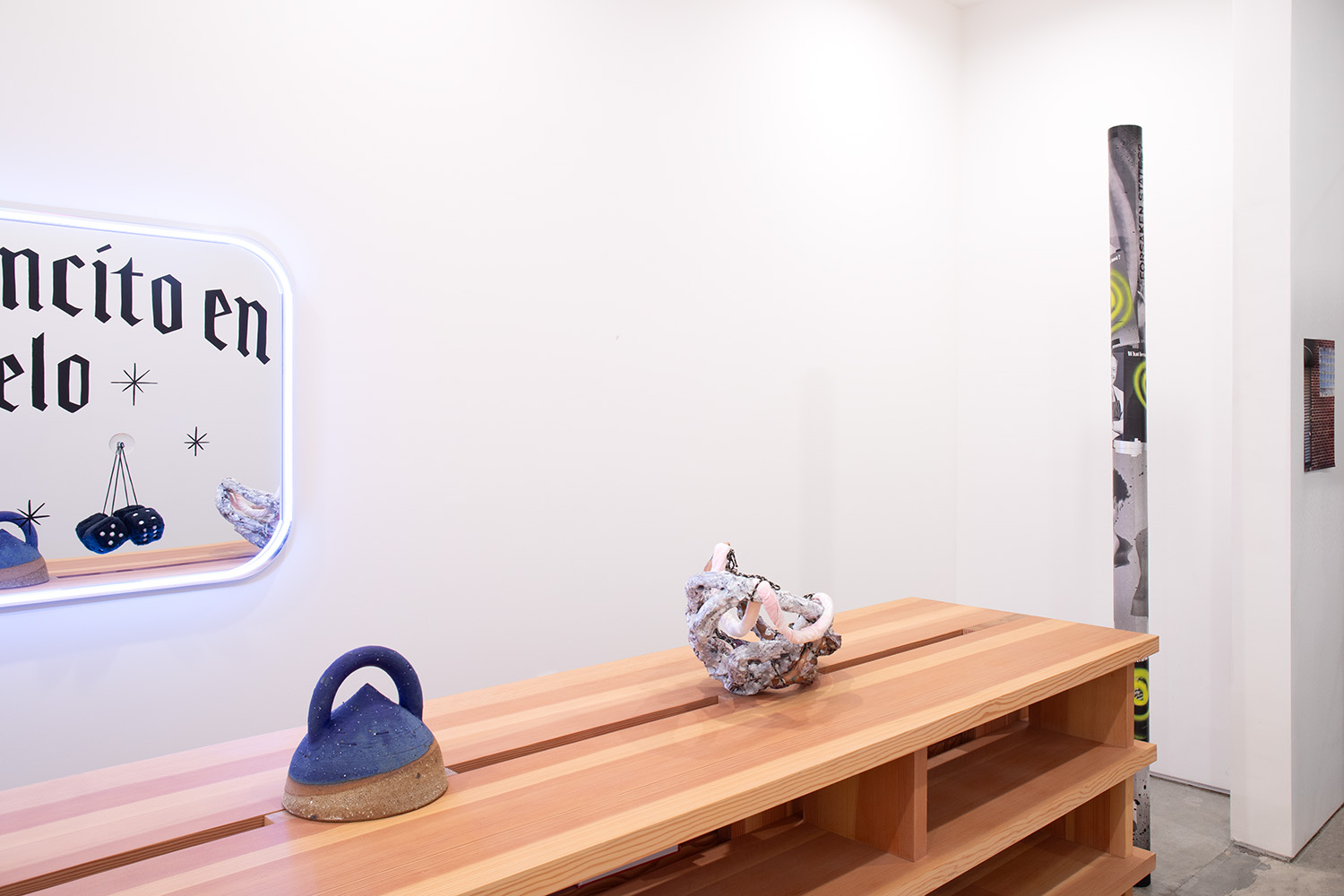
Installation view
A Project Curated by Artists: 15 Years of ACP, 2023
Courtesy of Morán Morán
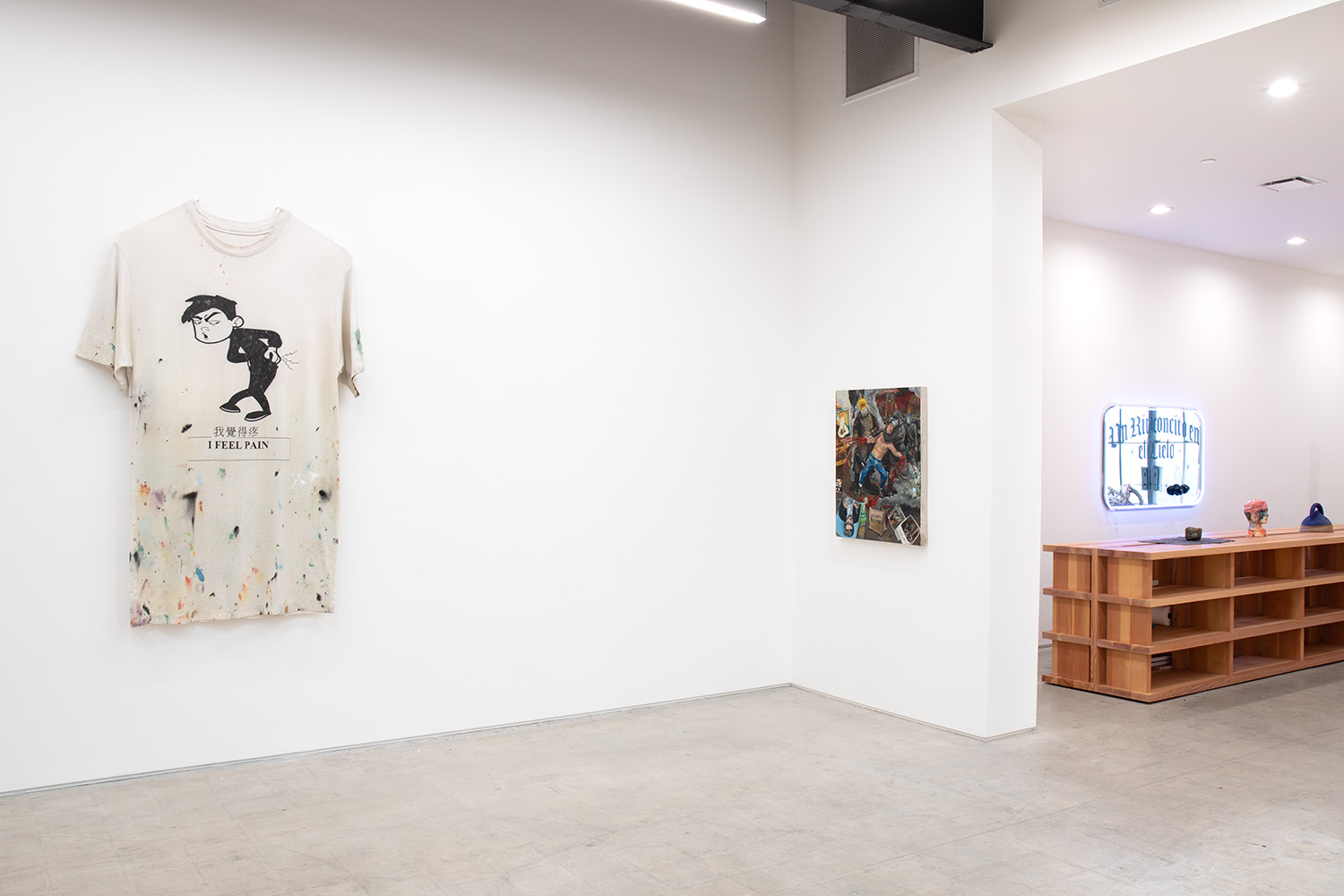
Installation view
A Project Curated by Artists: 15 Years of ACP, 2023
Courtesy of Morán Morán
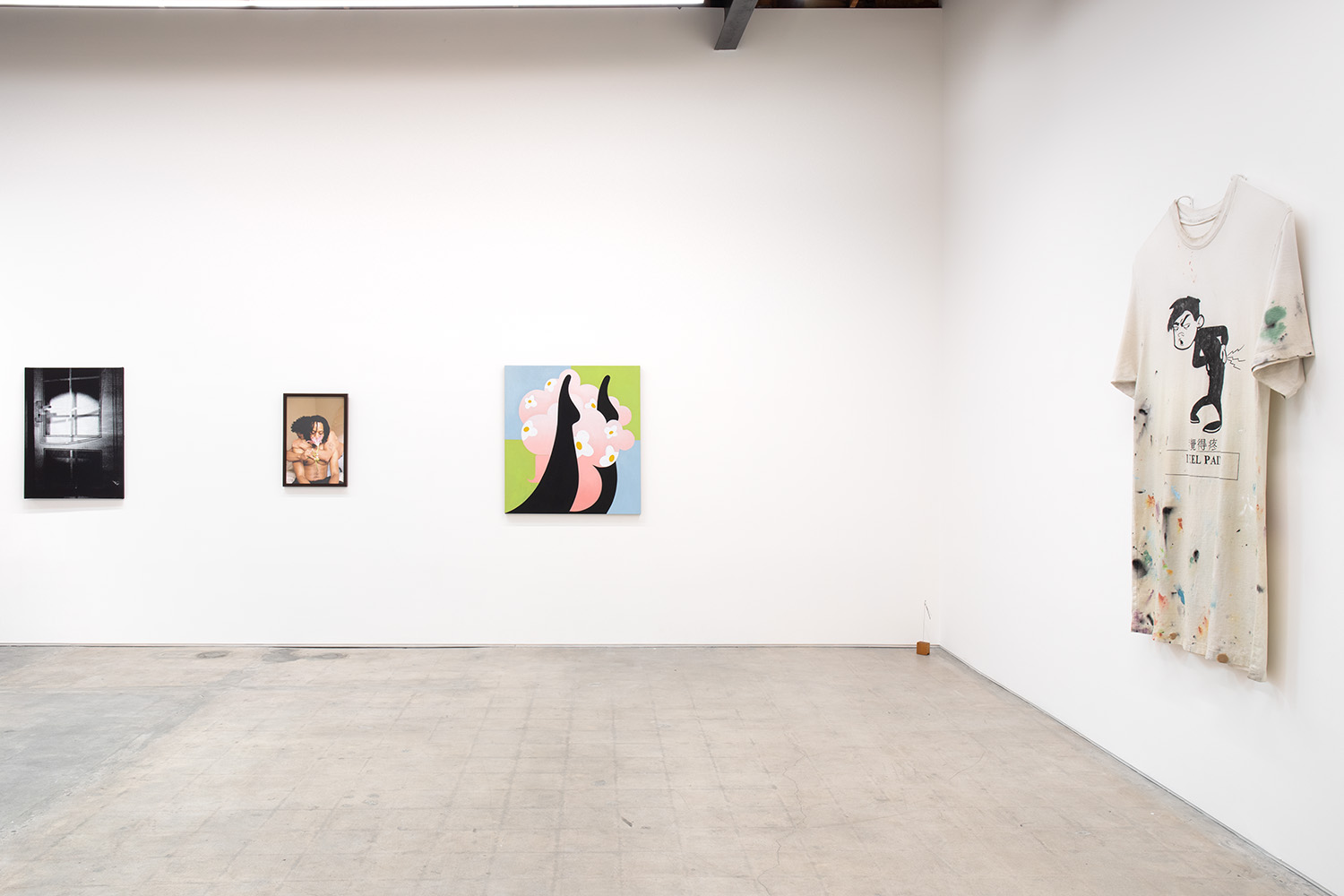
Installation view
A Project Curated by Artists: 15 Years of ACP, 2023
Courtesy of Morán Morán
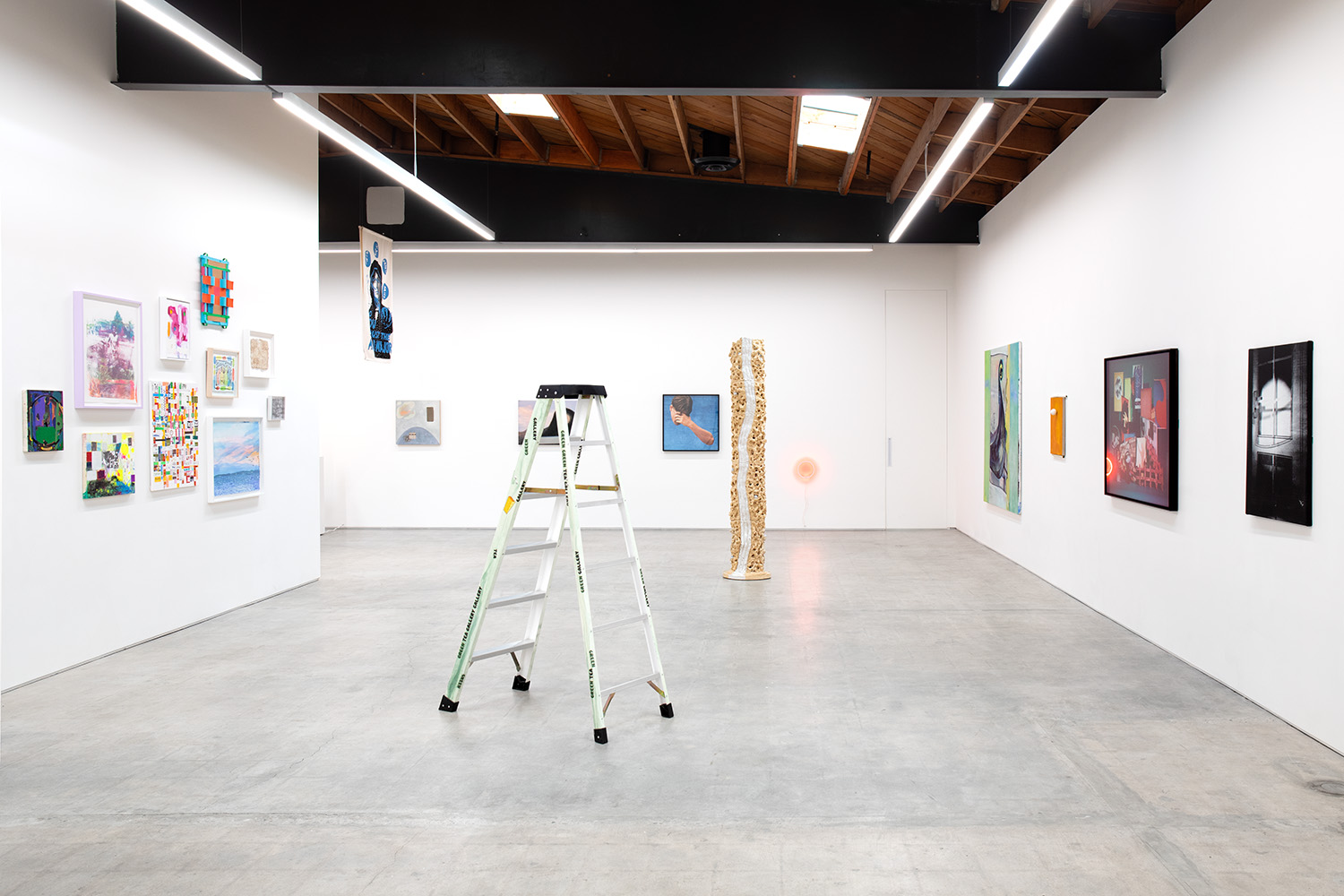
Installation view
A Project Curated by Artists: 15 Years of ACP, 2023
Courtesy of Morán Morán
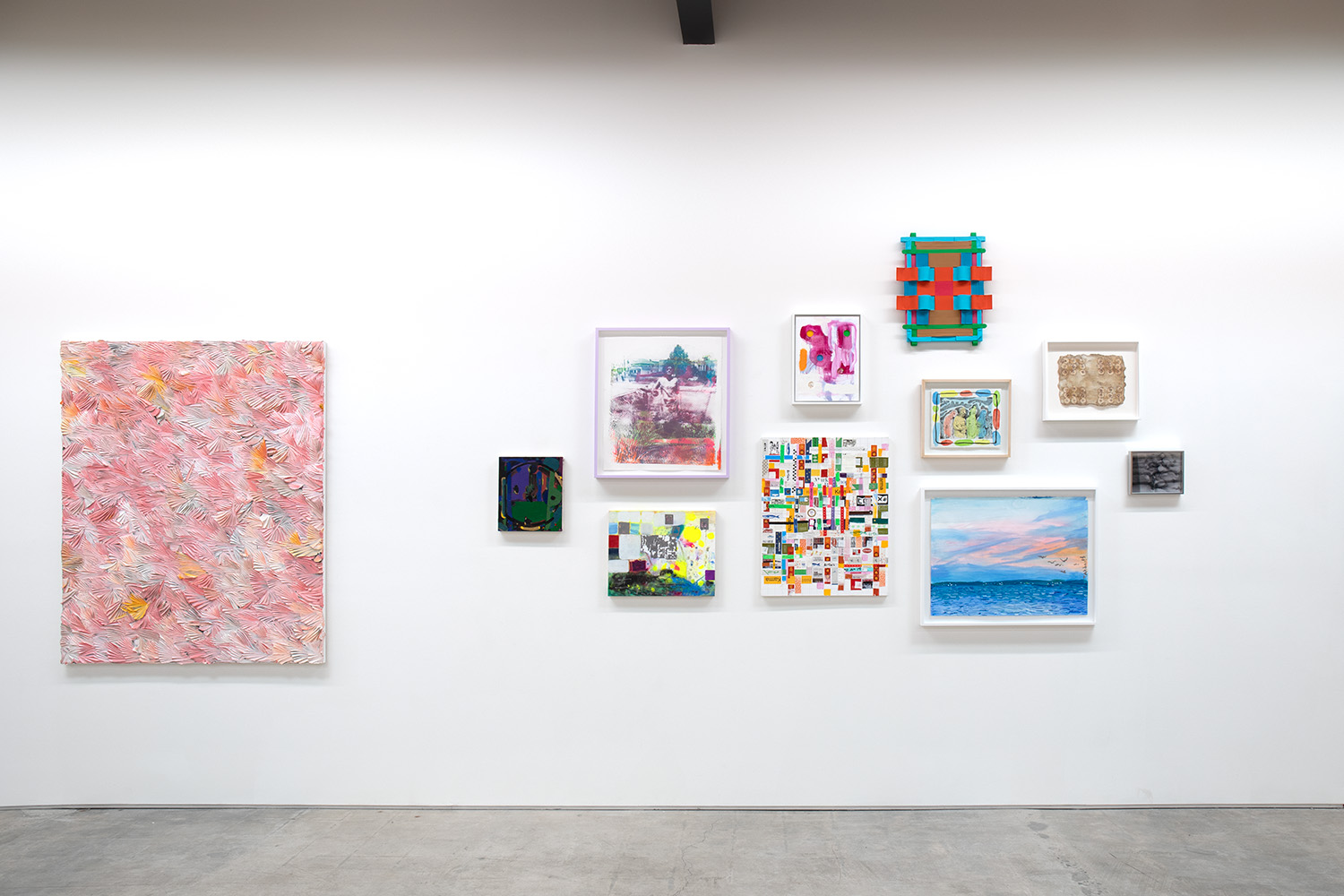
Installation view
A Project Curated by Artists: 15 Years of ACP, 2023
Courtesy of Morán Morán
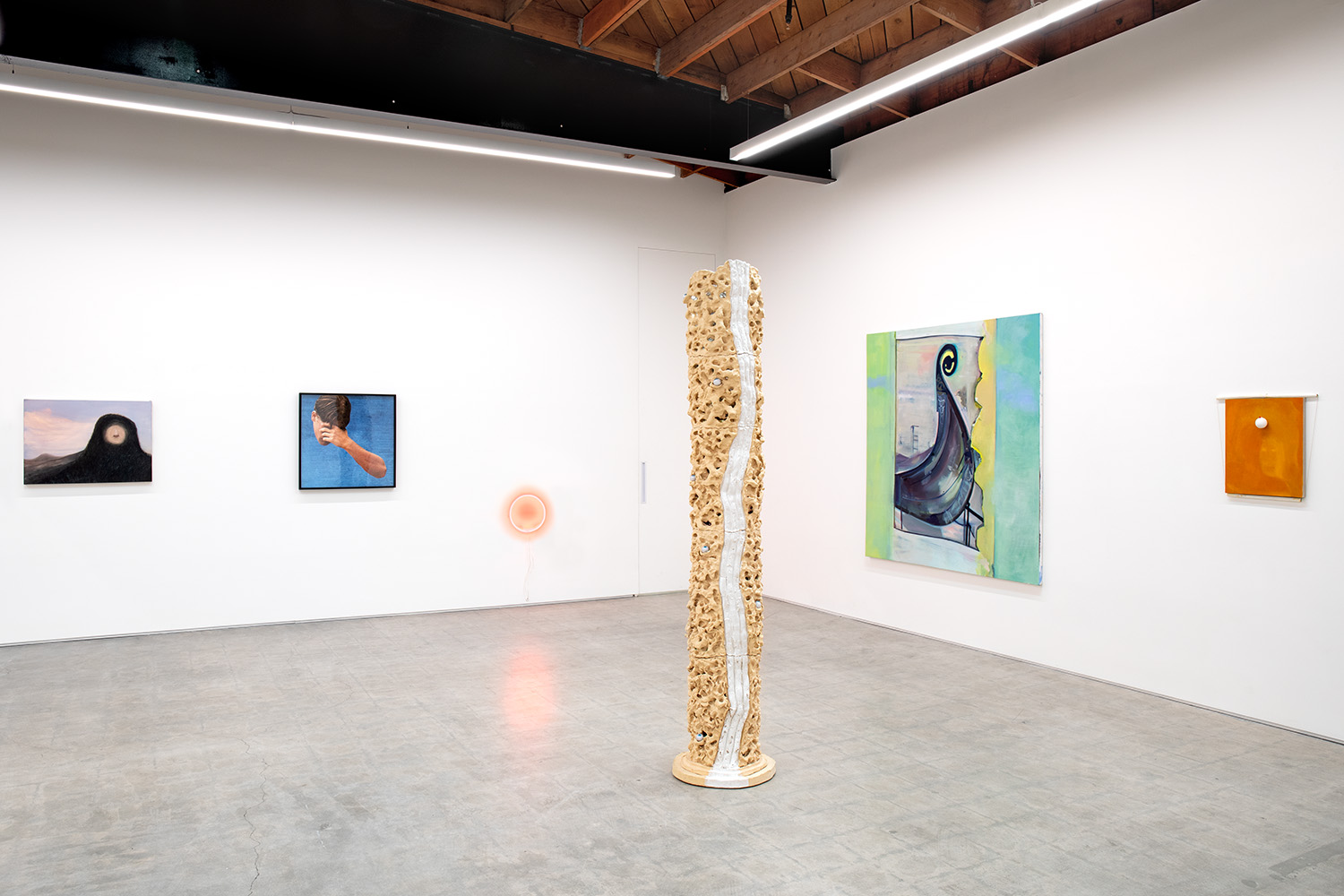
Installation view
A Project Curated by Artists: 15 Years of ACP, 2023
Courtesy of Morán Morán
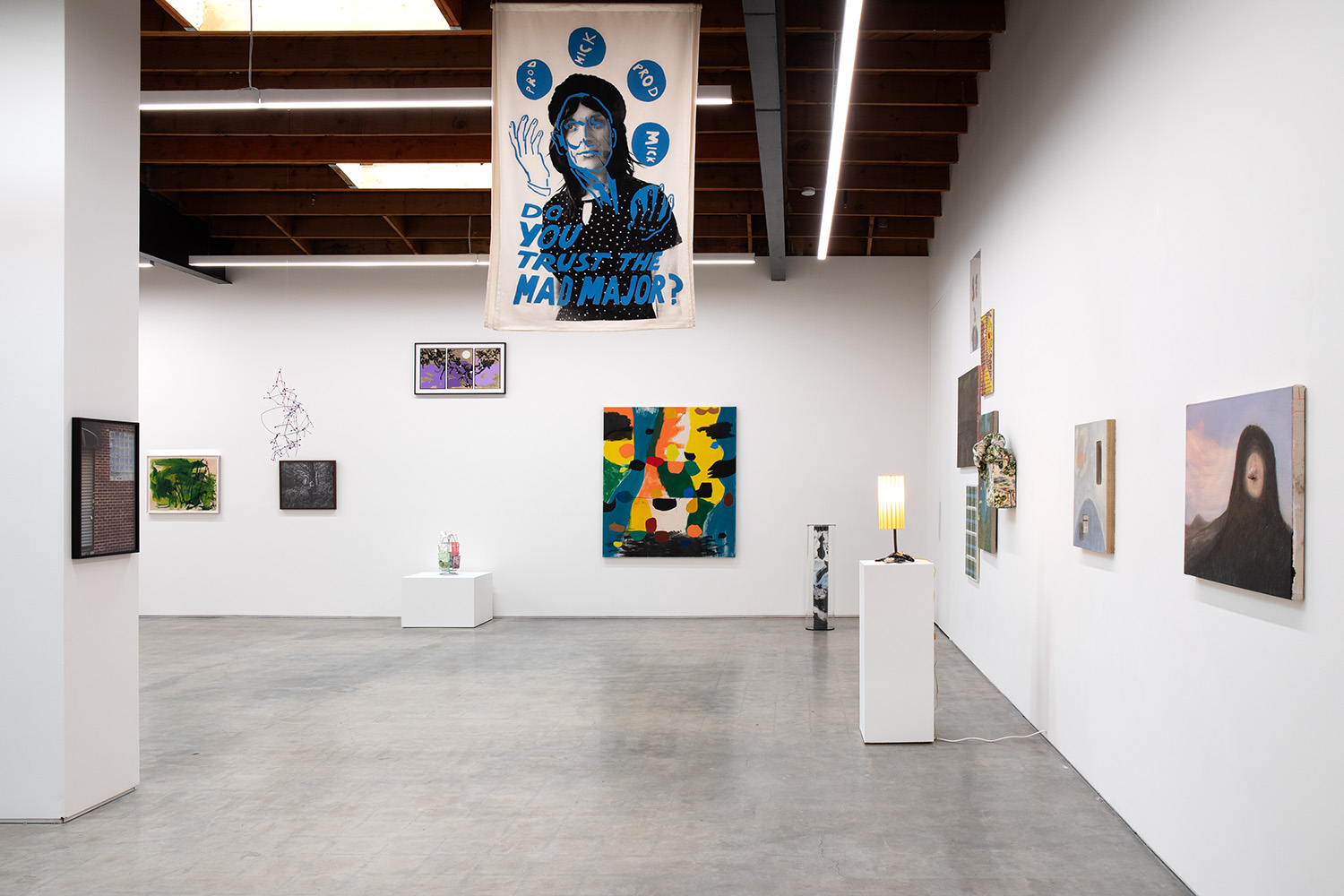
Installation view
A Project Curated by Artists: 15 Years of ACP, 2023
Courtesy of Morán Morán
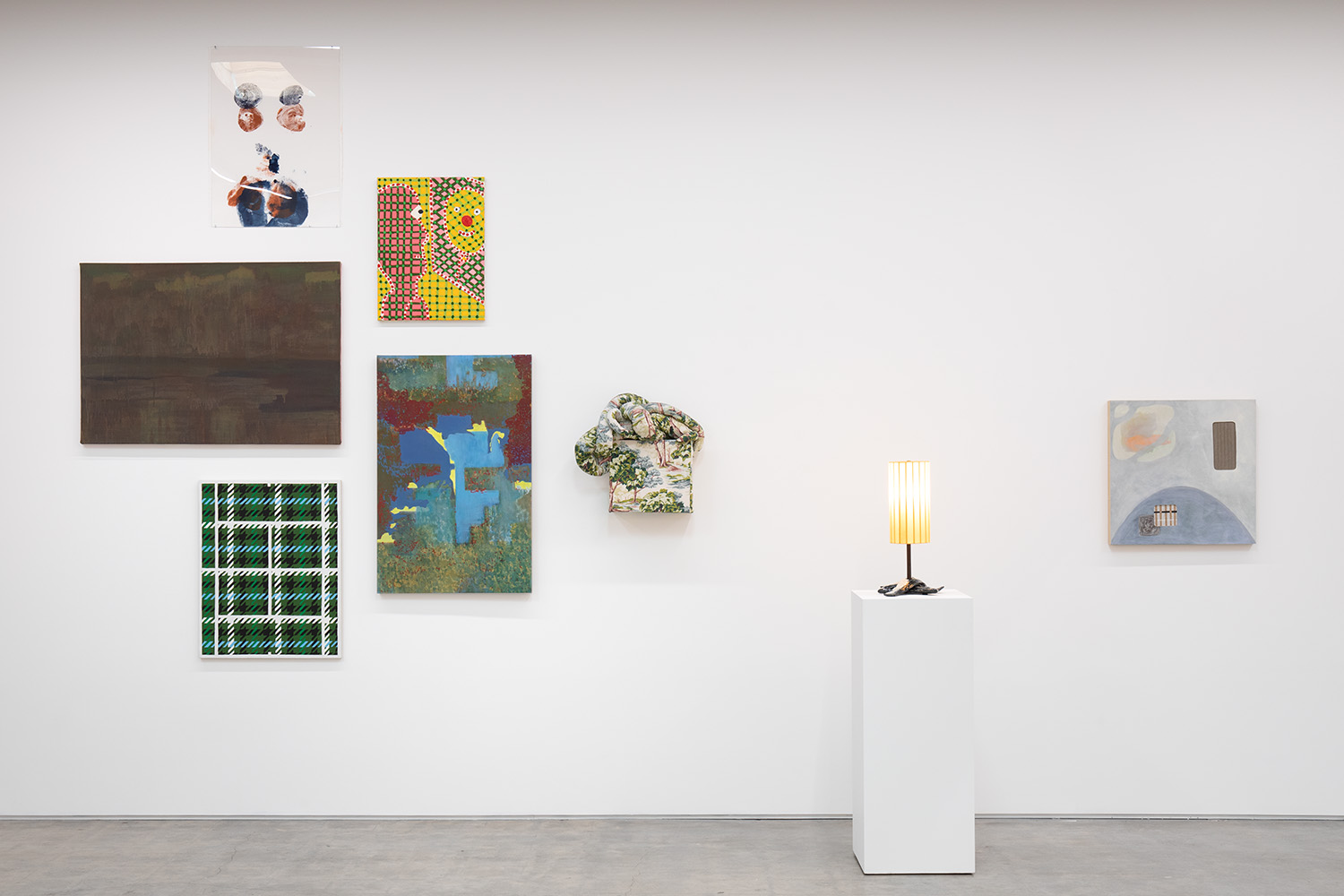
Installation view
A Project Curated by Artists: 15 Years of ACP, 2023
Courtesy of Morán Morán
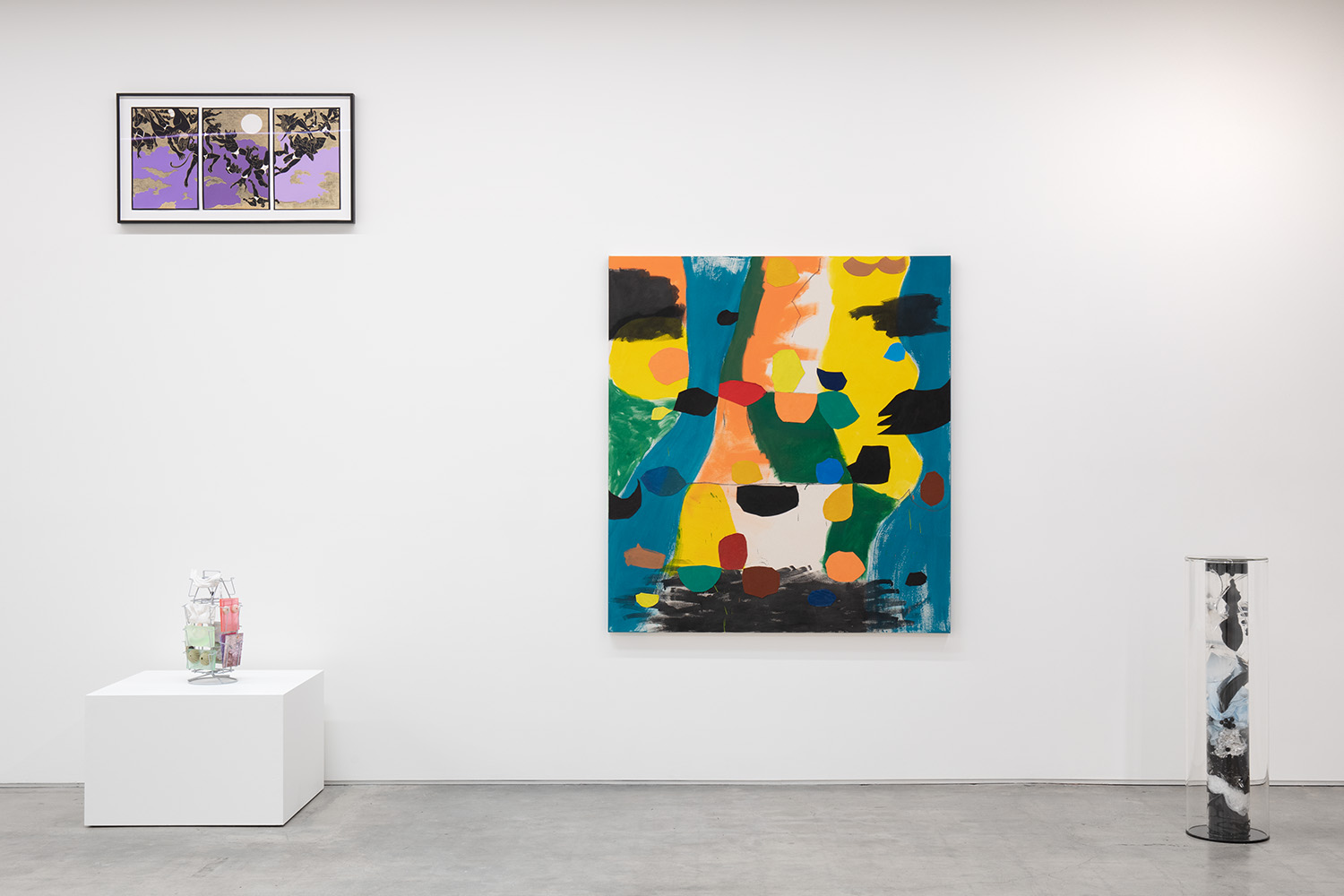
Installation view
A Project Curated by Artists: 15 Years of ACP, 2023
Courtesy of Morán Morán
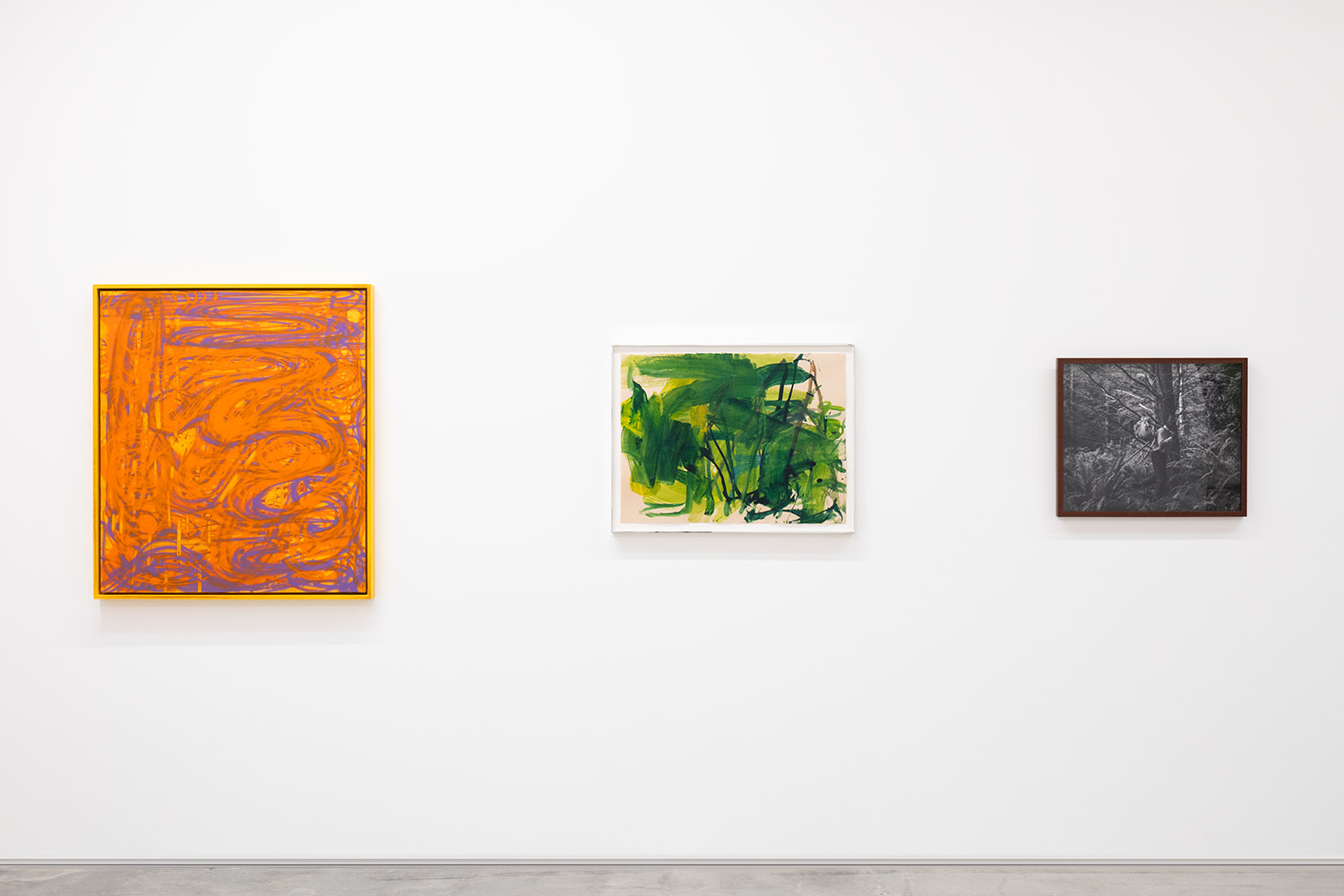
Installation view
A Project Curated by Artists: 15 Years of ACP, 2023
Courtesy of Morán Morán
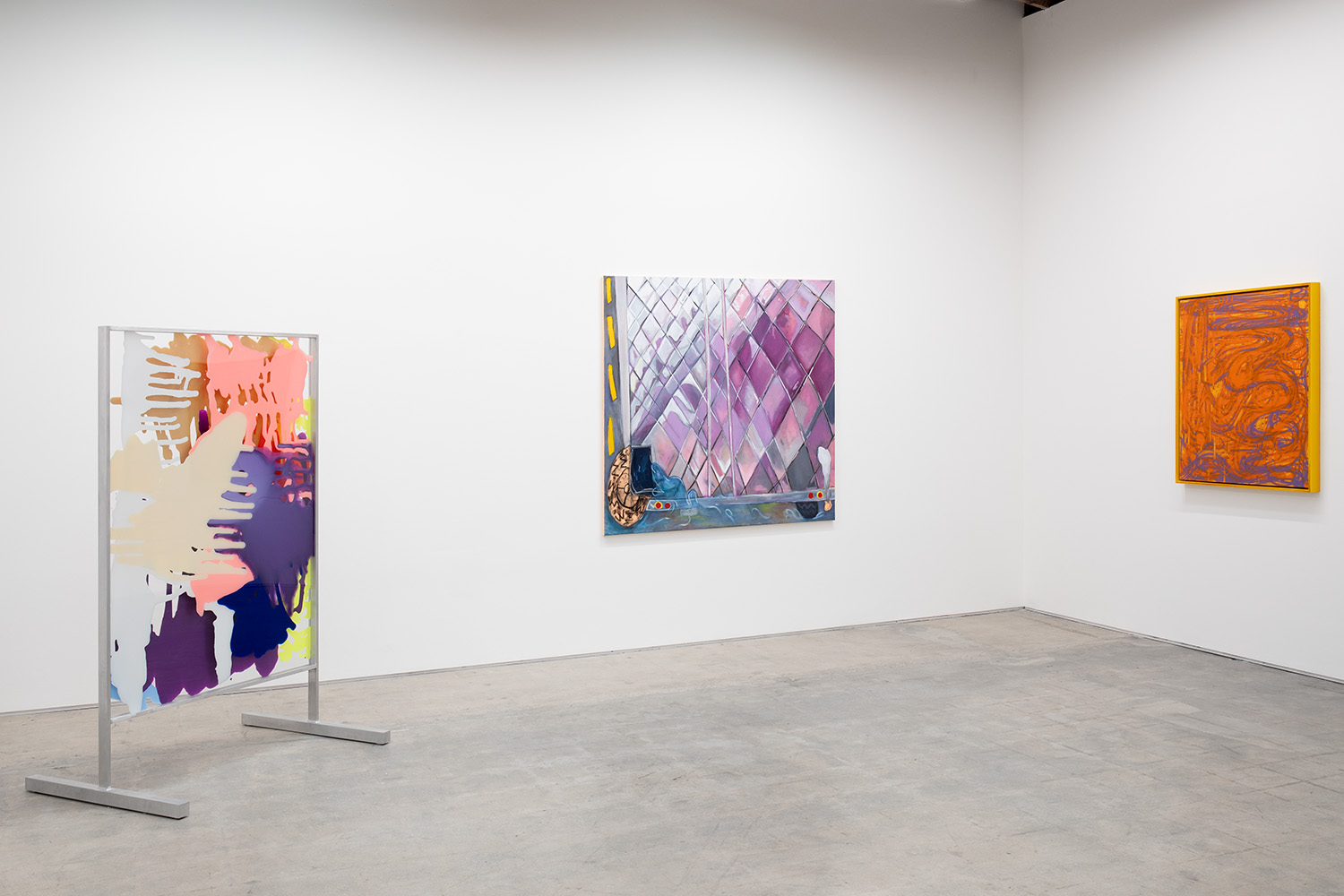
Installation view
A Project Curated by Artists: 15 Years of ACP, 2023
Courtesy of Morán Morán
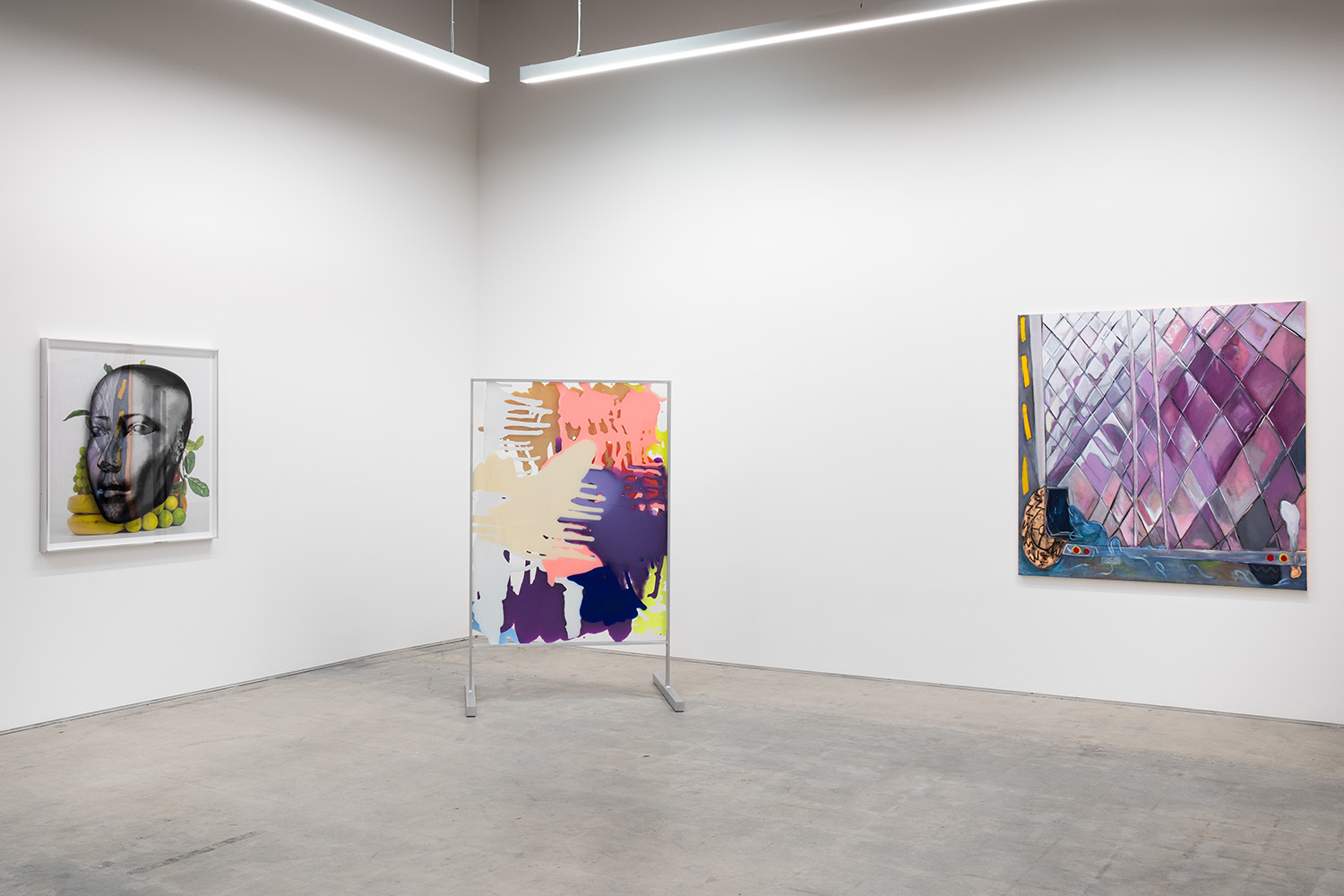
Installation view
A Project Curated by Artists: 15 Years of ACP, 2023
Courtesy of Morán Morán
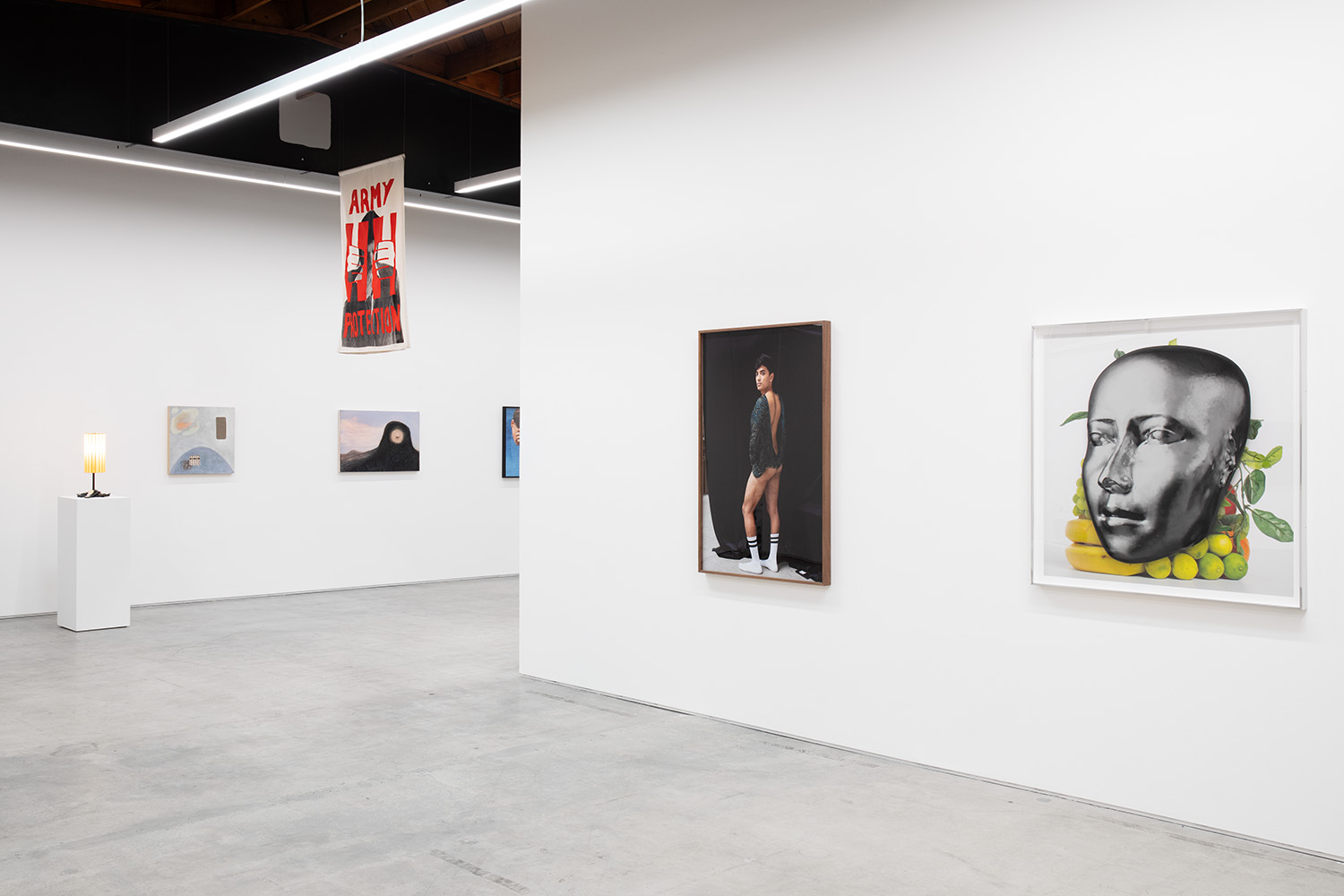
Installation view
A Project Curated by Artists: 15 Years of ACP, 2023
Courtesy of Morán Morán
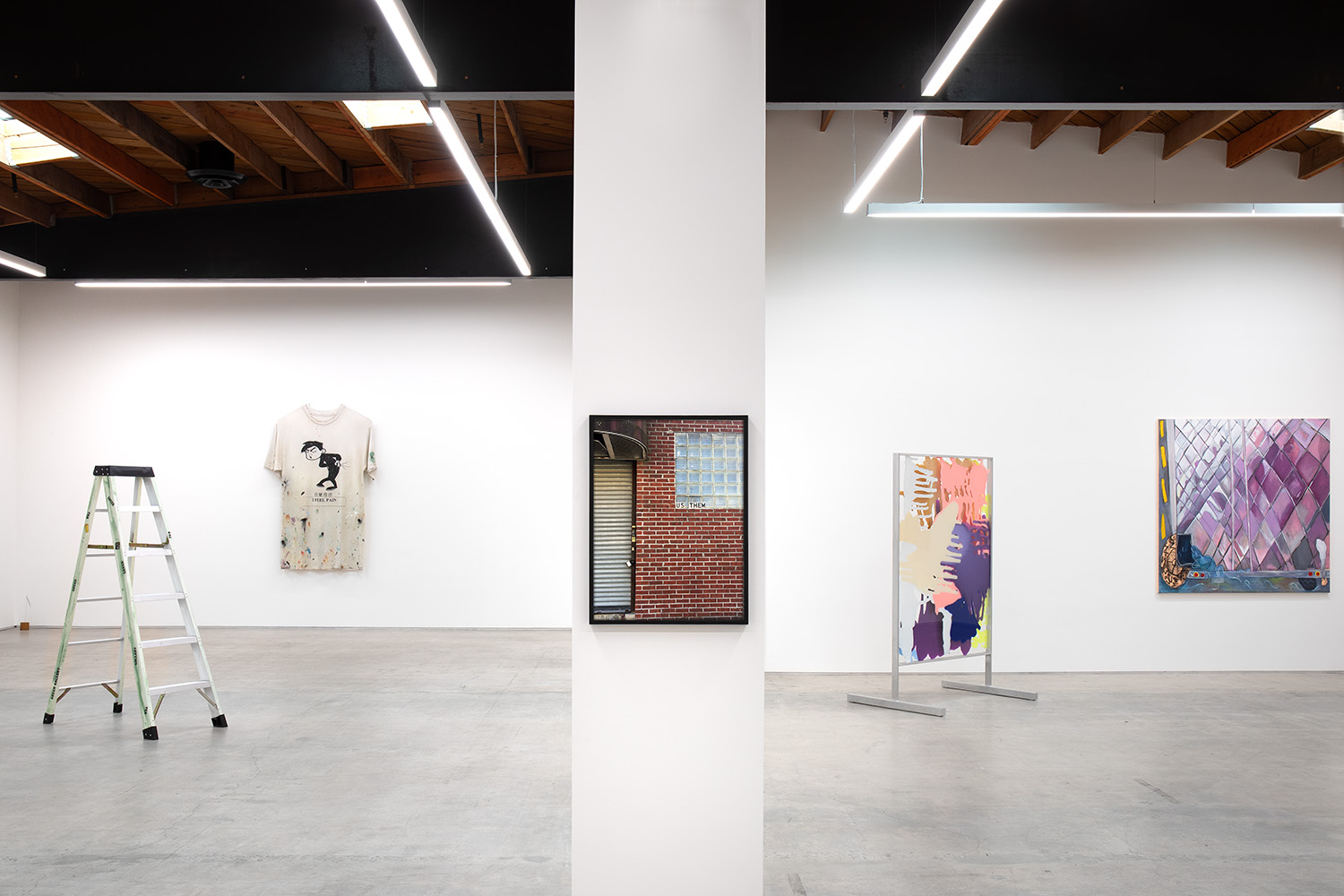
Installation view
A Project Curated by Artists: 15 Years of ACP, 2023
Courtesy of Morán Morán
Artworks
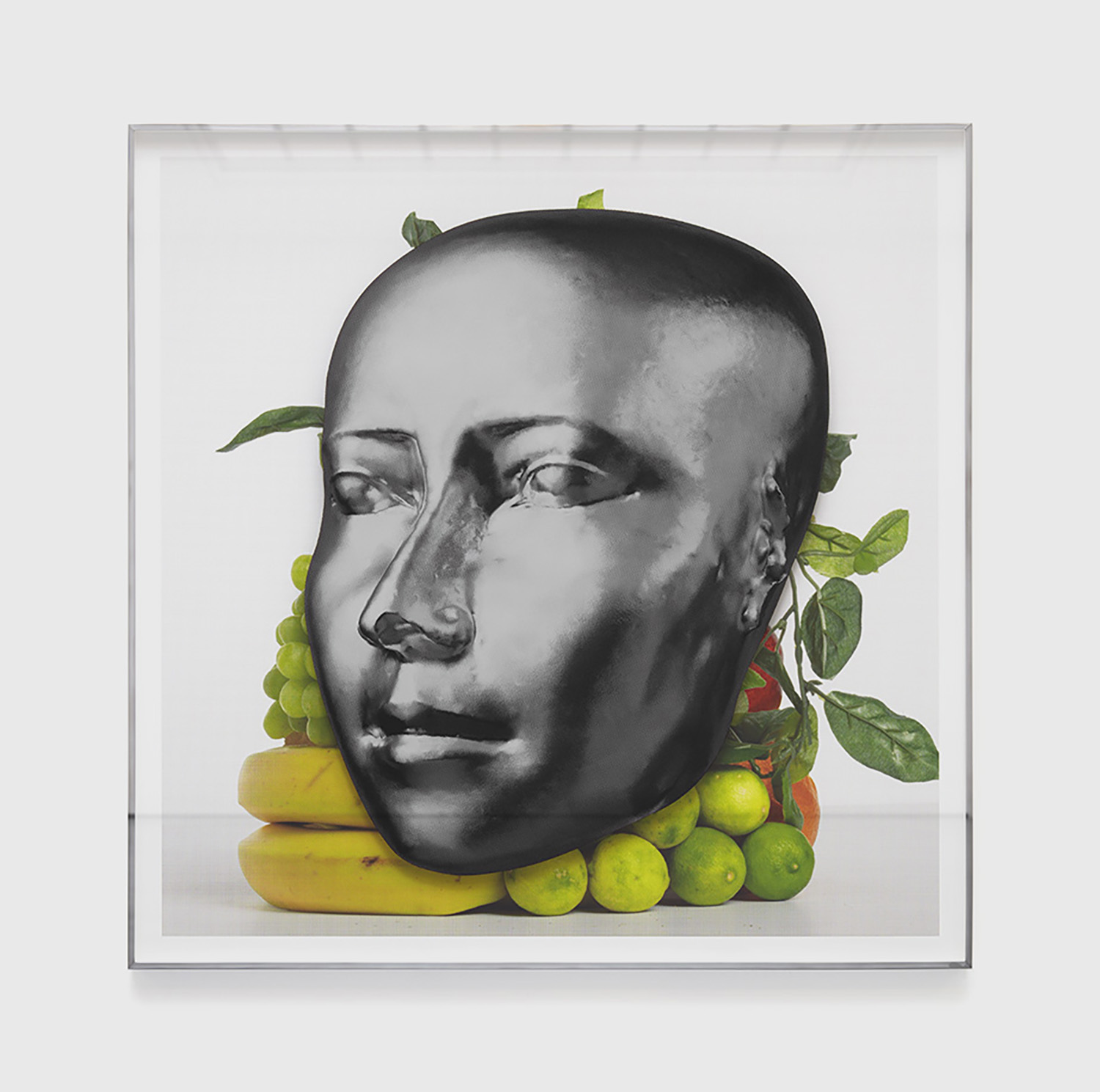
Kathryn Andrews
Tutti Frutti Ancient (Matres and Matronae), 2019
Aluminum, glass, ink, and paper
44 x 44 x 2 in
(111.7 x 111.7 x 5 cm)
Courtesy of the artist and David Kordansky.
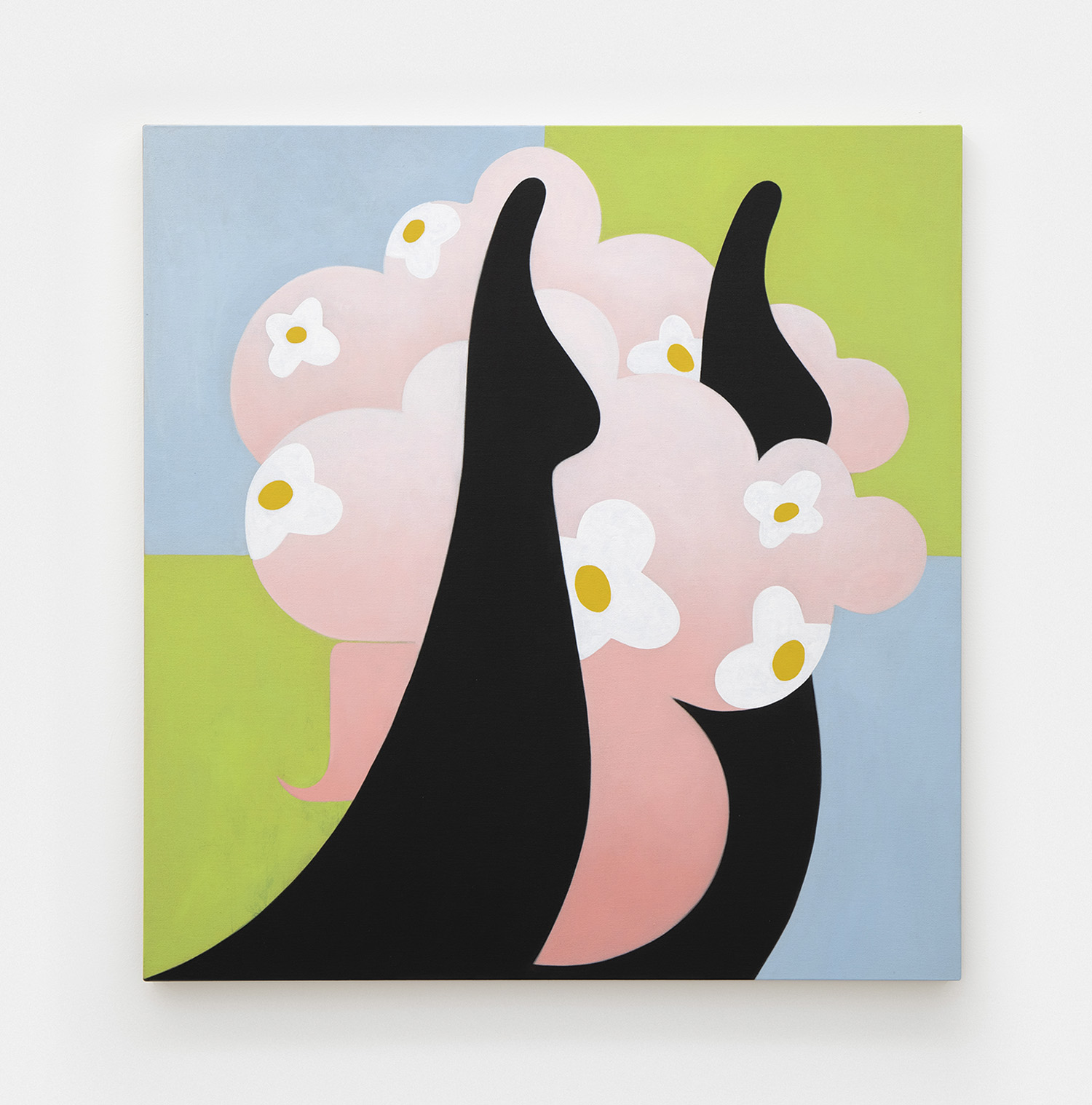
Math Bass
Eve’s Flowers, 2023
Oil on linen
40 x 38 in
(101.6 x 96.5 cm)
Courtesy of the artist and Moran Moran.
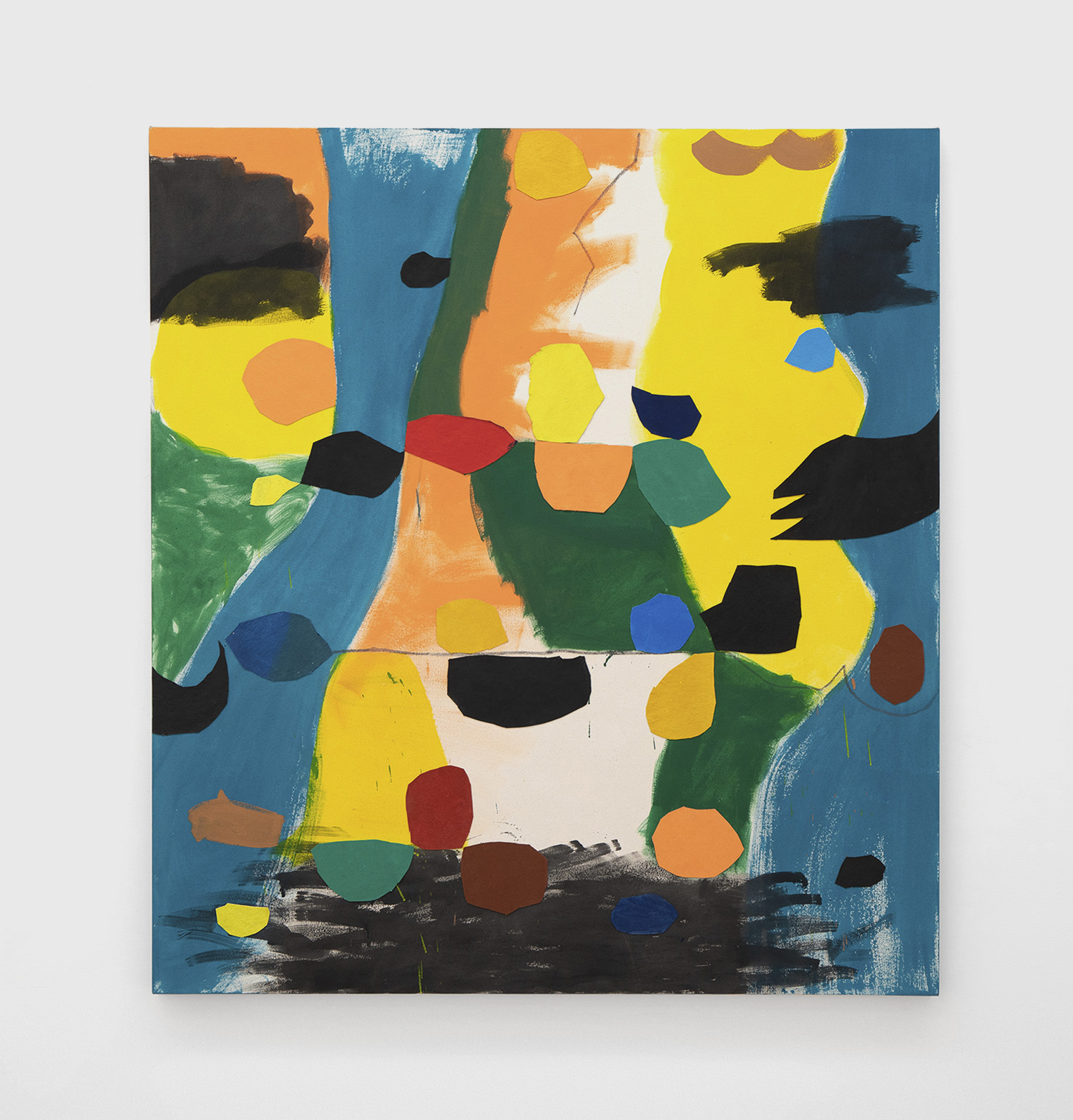
Strauss Bourque-LaFrance
The Unrainbow, 2023
Flashe, acrylic, graphite, canvas
collage, adhesives
58 x 64 x 1 1/2 inches
(147.3 x 162.6 x 3.8 cm)
Courtesy of the artist and Rachel Uffner.

Alex Chaves
Houndstooth Tennis Court (Green), 2023
Oil on linen
24 x 30 inches
(61 x 76.2 cm)
Courtesy of the artist and Morán Morán.
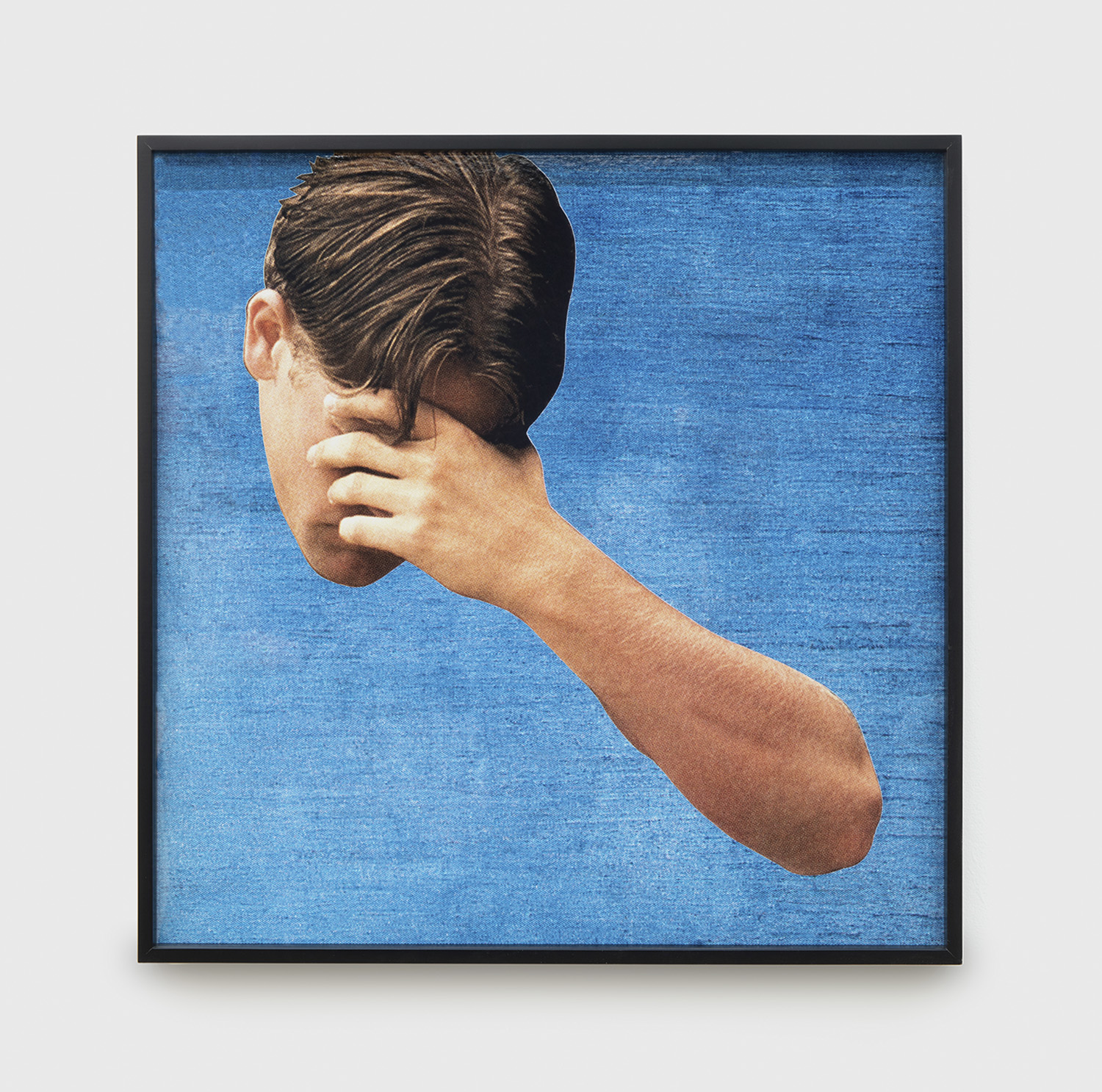
Young Chung
Last Judgment (Detail), 2008
Lightjet print in wood frame
30 3/4 x 30 3/4 x 2 inches
(78.1 x 78.1 x 5.1 cm)
#1/5 (+ 1 AP)
Courtesy of Commonwealth and Council.
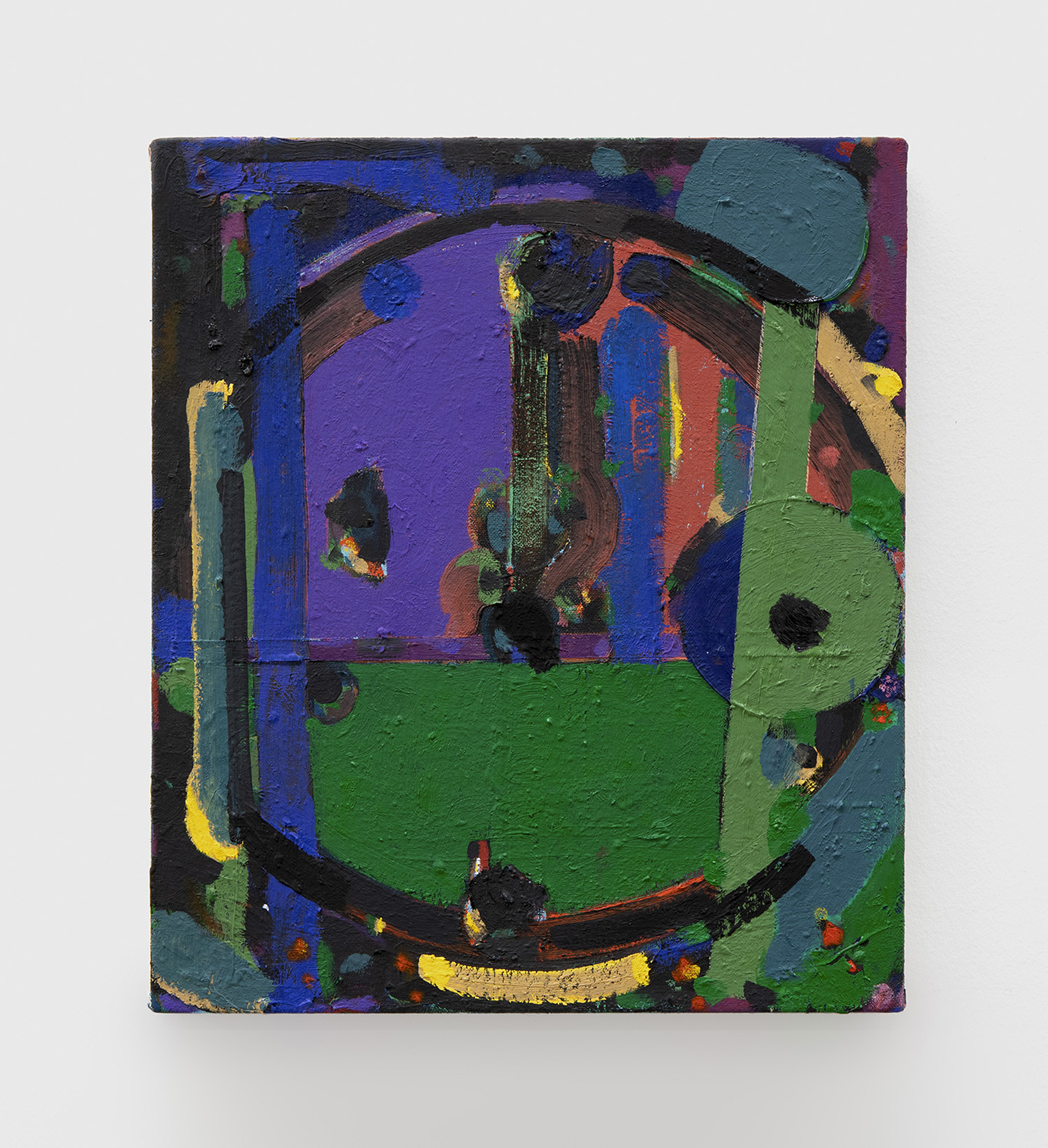
Matt Connors
TBD, 2023
Acrylic and pencil on canvas
14 x 12 inches
(35.6 x 30.5 cm)
Courtesy of the artist and Ortuzar Projects.
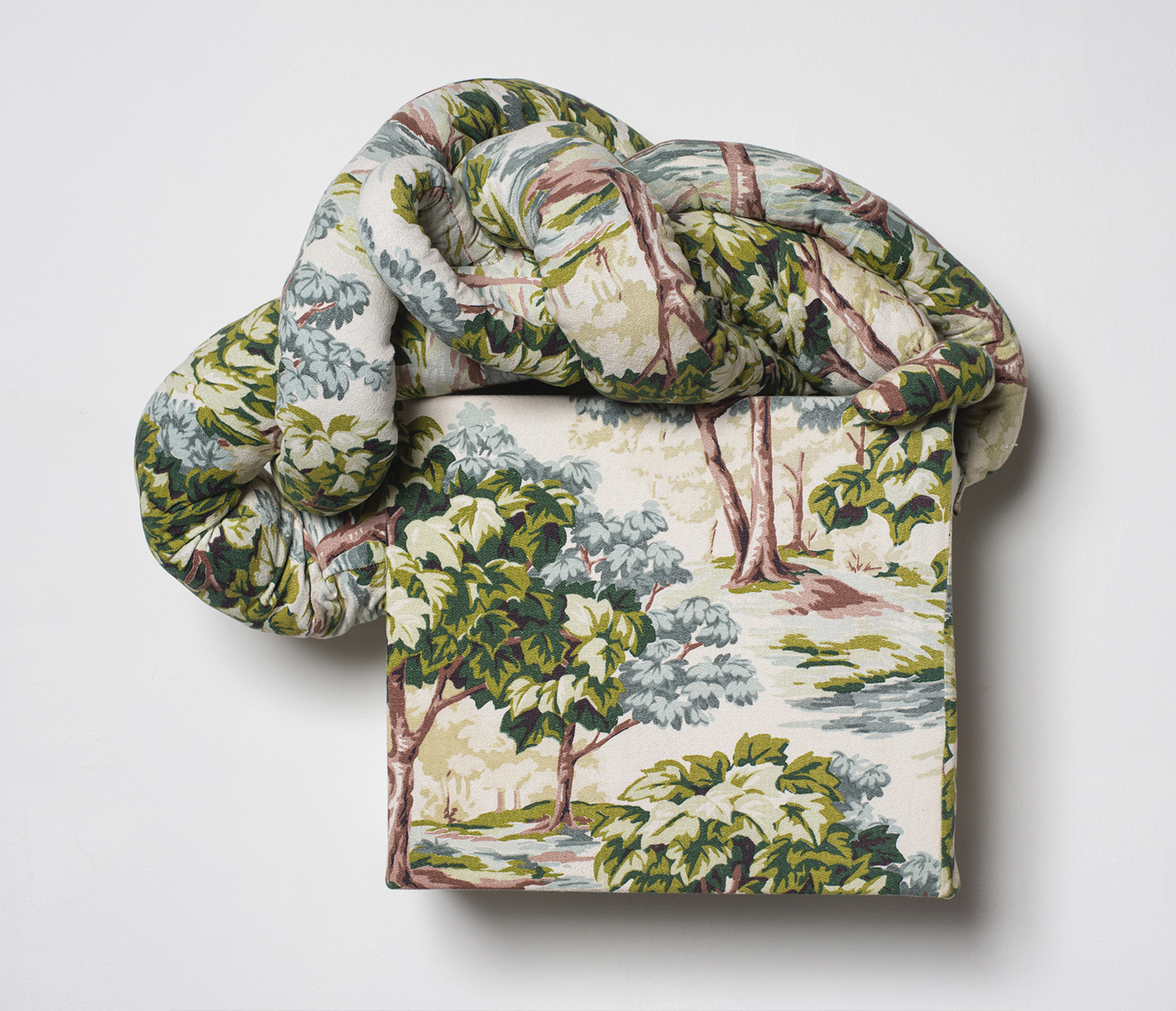
Adrian Culverson
Fresh, 2022
Paint, fabric, and wood
17 x 17 x 4 inches
(43.2 x 43.2 x 10.1 cm)
Courtesy of the artist and Morán Morán.
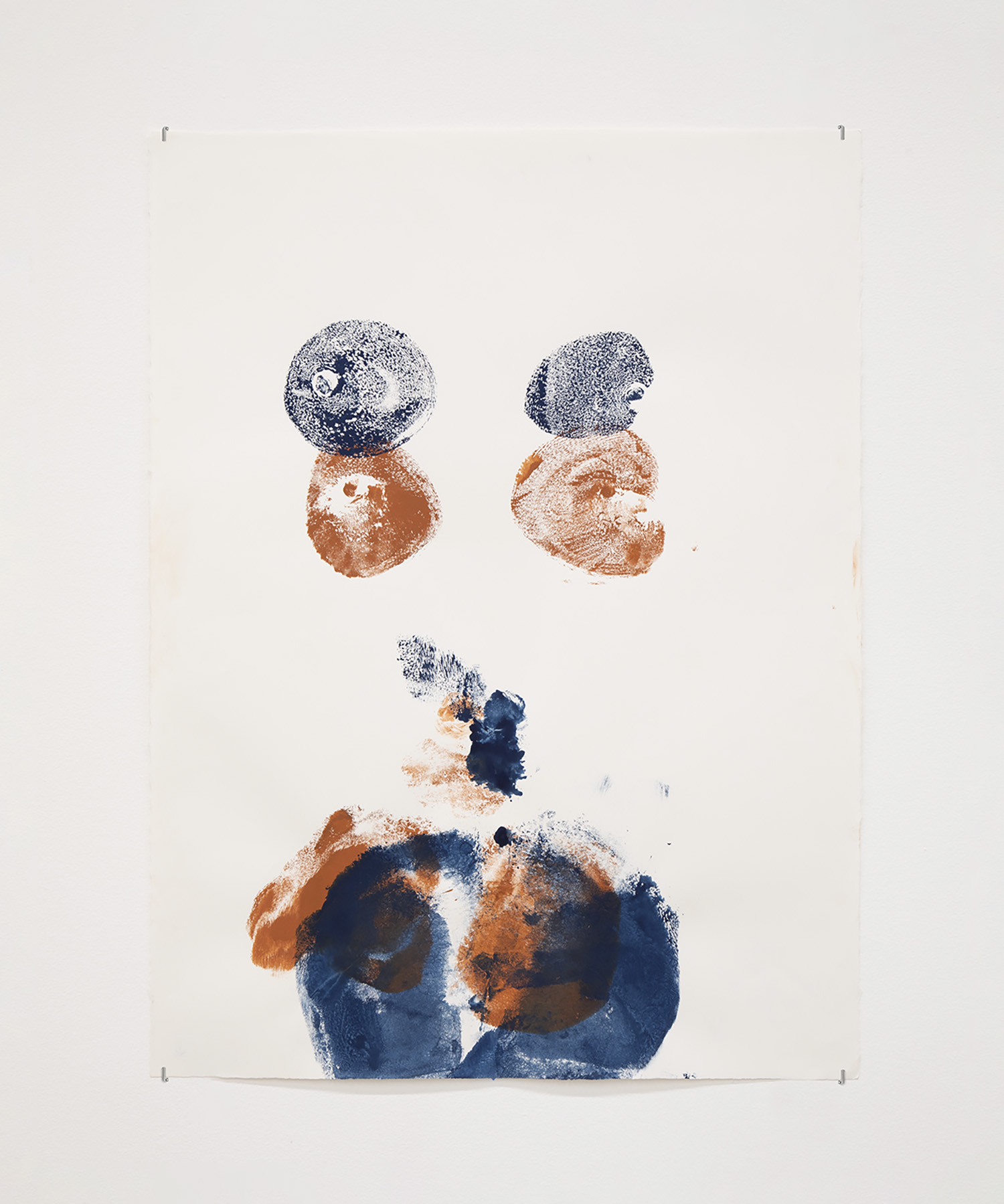
Florence Derive
Body Print in Earth Colors (Lascaux Cave), 2022
Gouache on Arches paper
30 01⁄4 x 22 1⁄2 inches
(76.84 x 57.15 cm)
Courtesy of the artist and Gordon Robichaux.
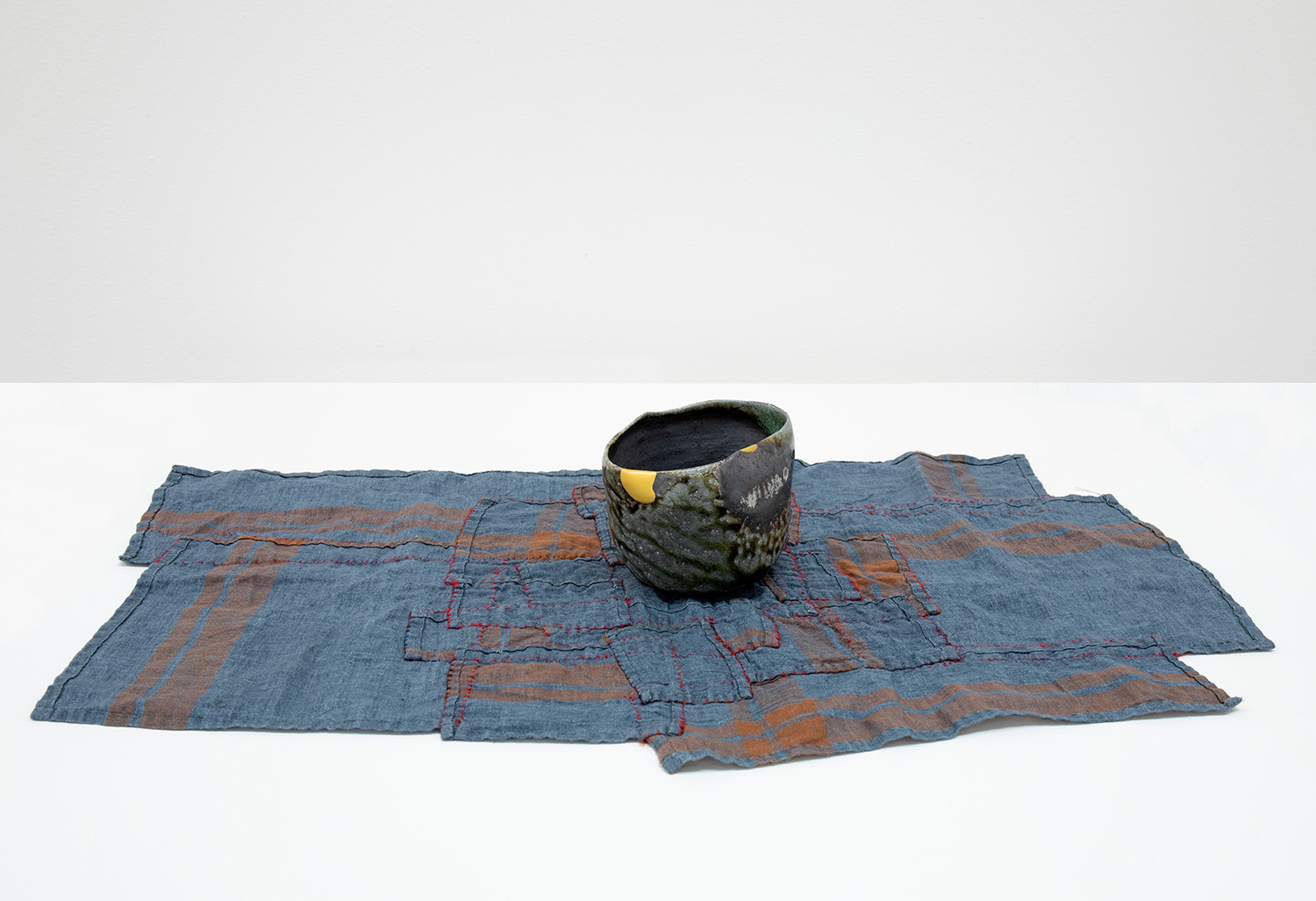
Cirilo Domine
American chawan, 2021
Anagama fired in Mendocino, California, hand built, wild, dark clay from North Carolina, kintsugi lacquer repair By Ken Saratani, and custom wooden companion box
4 x 6 x 5 inches
(10.1 x 15.2 x 12.7 cm)
Courtesy of the artist and Morán Morán.

Hayden Dunham
battery (sky), 2023
Glass and silicone
48 x 12 x 12 inches
(121.9 x 30.5 x 30.5 cm)
Courtesy of the artist and Company, New York.
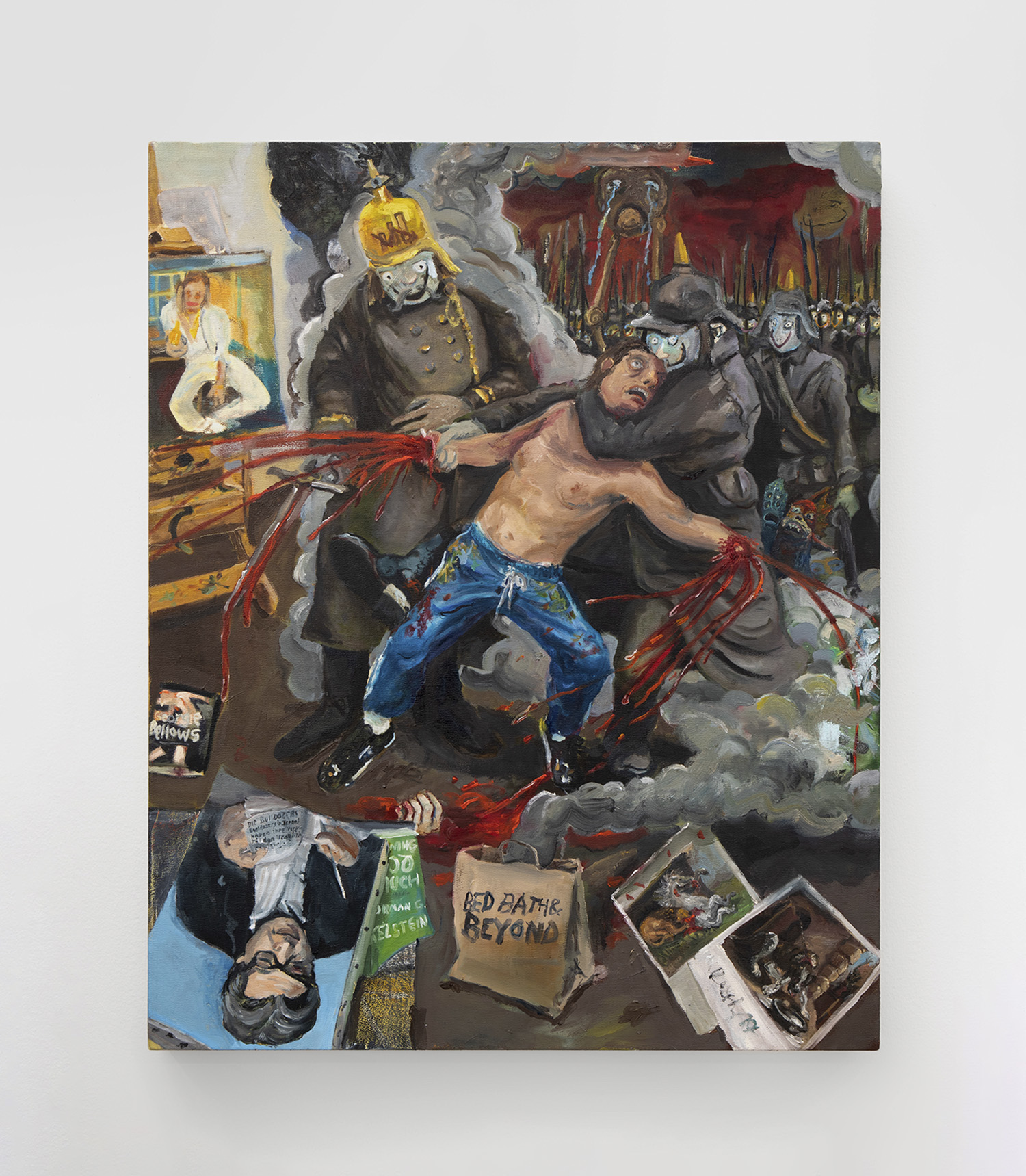
Celeste Dupuy-Spencer
The Bulldozers, 2018-2023
Oil on canvas
35 x 28 inches
(88.9 x 71.1 cm)
Courtesy of the artist and Jeffrey Deitch.
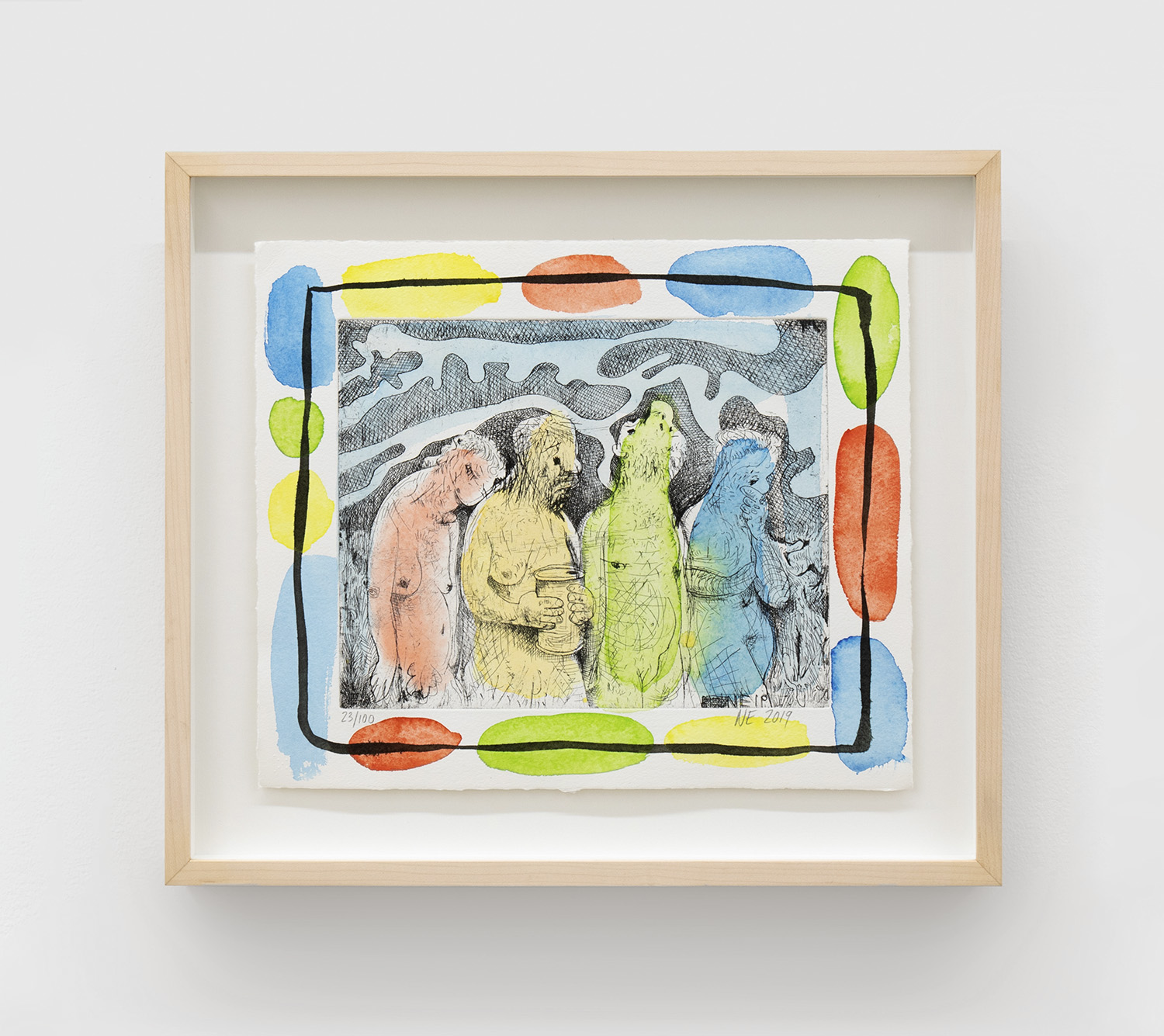
Nicole Eisenman
Munsterianns, 2019
Hand colored etching
11 x 13 inches
(27.9 x 48.3 cm)
#23/100
Courtesy of the artist and Morán Morán.
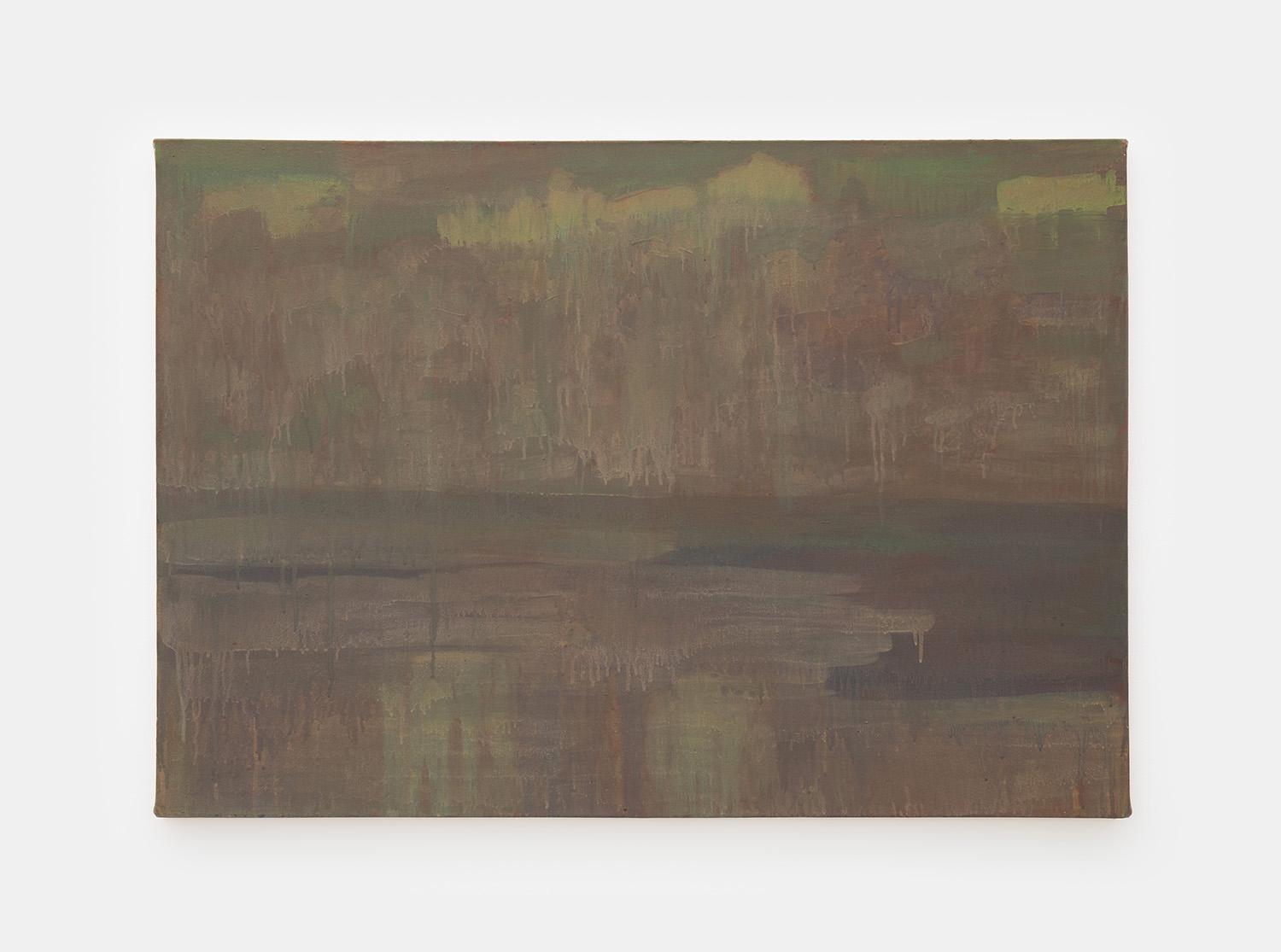
Catherine Fairbanks
The Brownish Lakes with the Nurses Underneath, 2023
Flashe on canvas
44 x 31 inches
(111.7 x 78.7 cm)
Courtesy of the artist and Morán Morán.
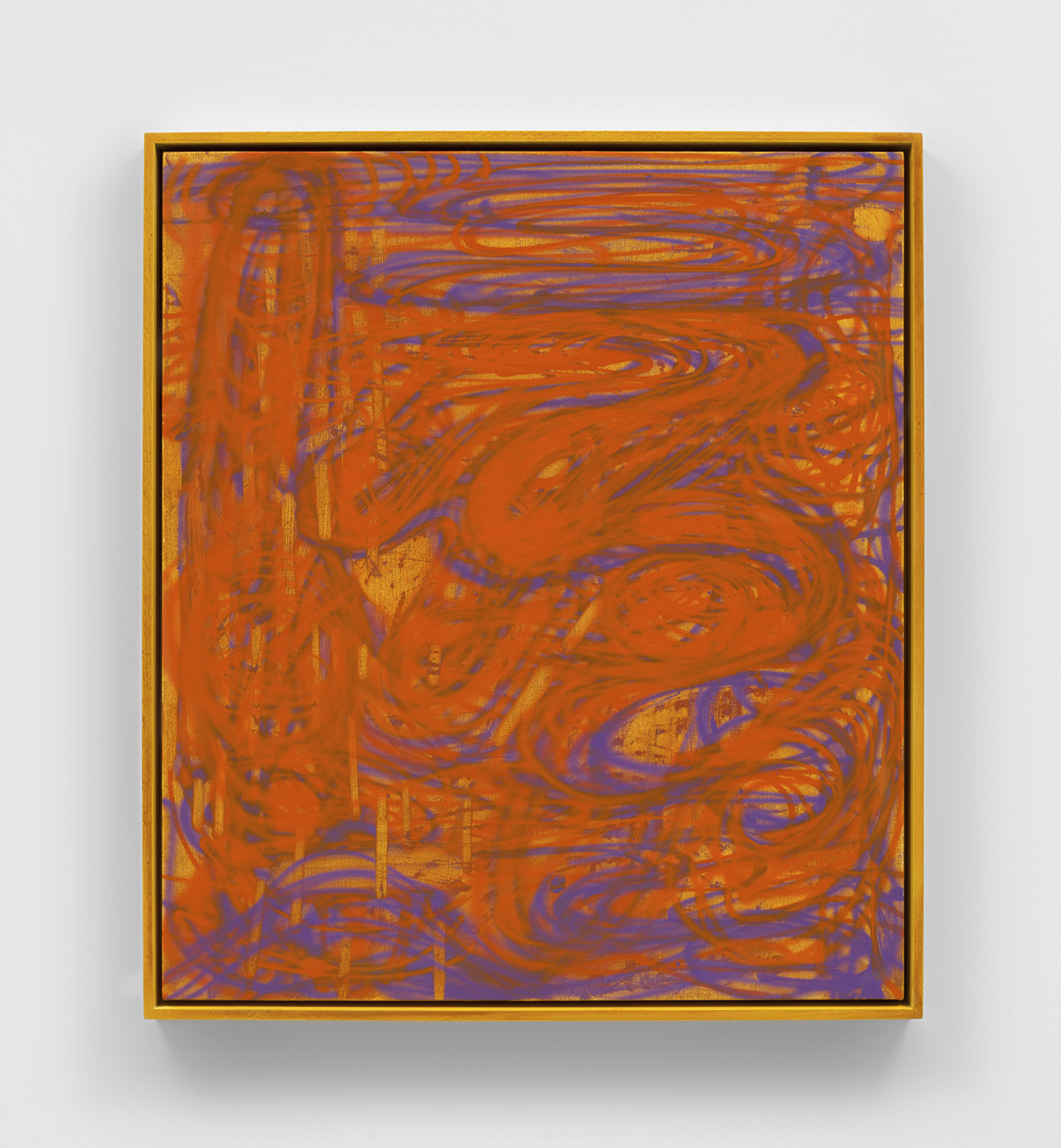
Keltie Ferris
Glow Down, 2021
Oil and acrylic on canvas in artist’s frame
41 7/8 x 36 7/8 x 2 1/2 inches
(106.4 x 93.7 x 6.3 cm)
Courtesy of the artist and Morán Morán.

DW Fitzpatrick
August, born in July, 2023
Found metal and wood
15 1⁄4 x 4 1⁄2 x 2 3⁄8 inches
(38.73 x 11.43 x 6.05 cm)
Courtesy of Gordon Robichaux, NY. Photo by Greg Carideo.
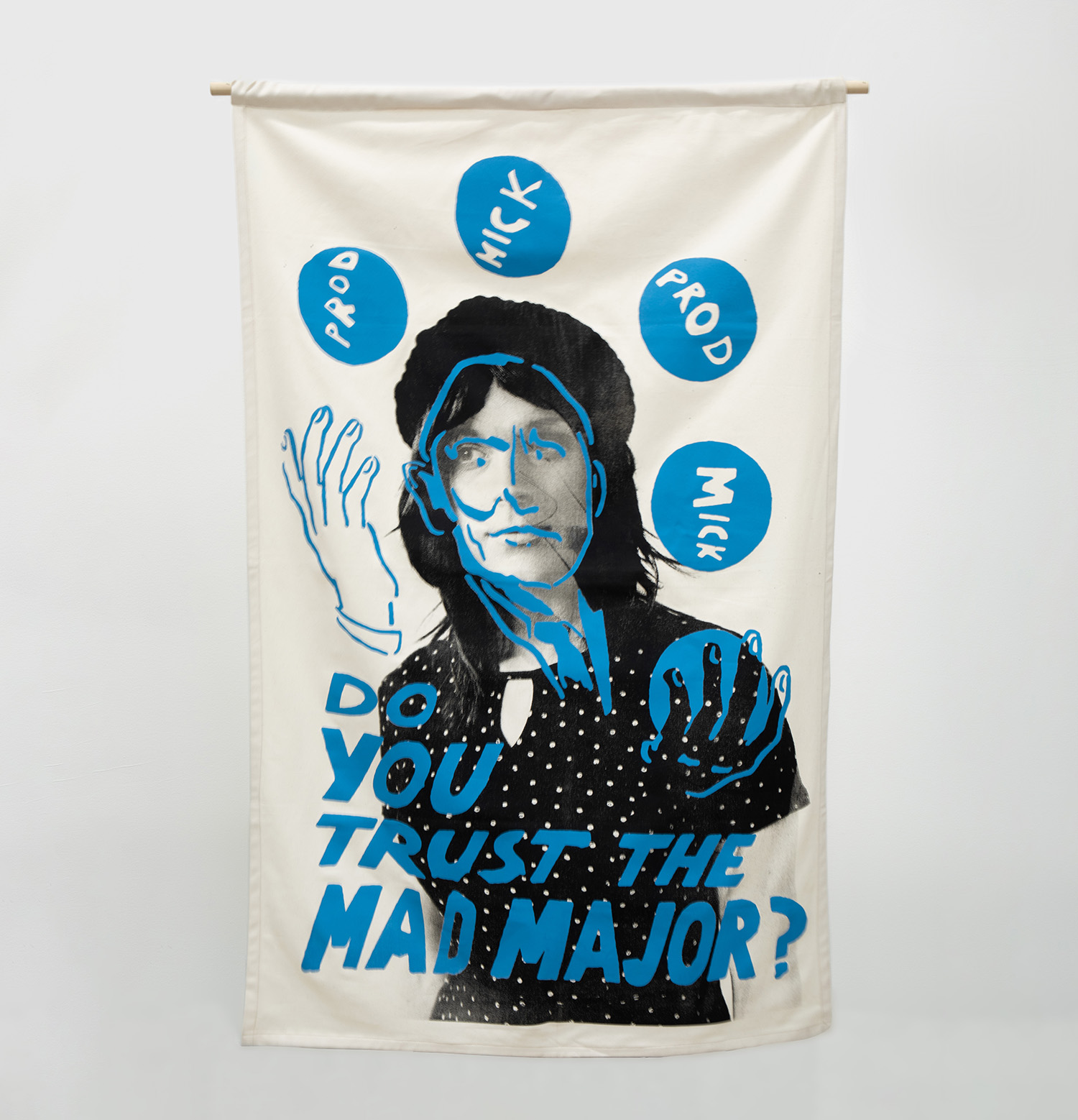
Mariah Garnett
Mad Major, Maura, 2017
Screenprint on denim
60 x 36 inches
(152.4 x 91.4 cm)
Courtesy of the artist and Commonwealth and Council.
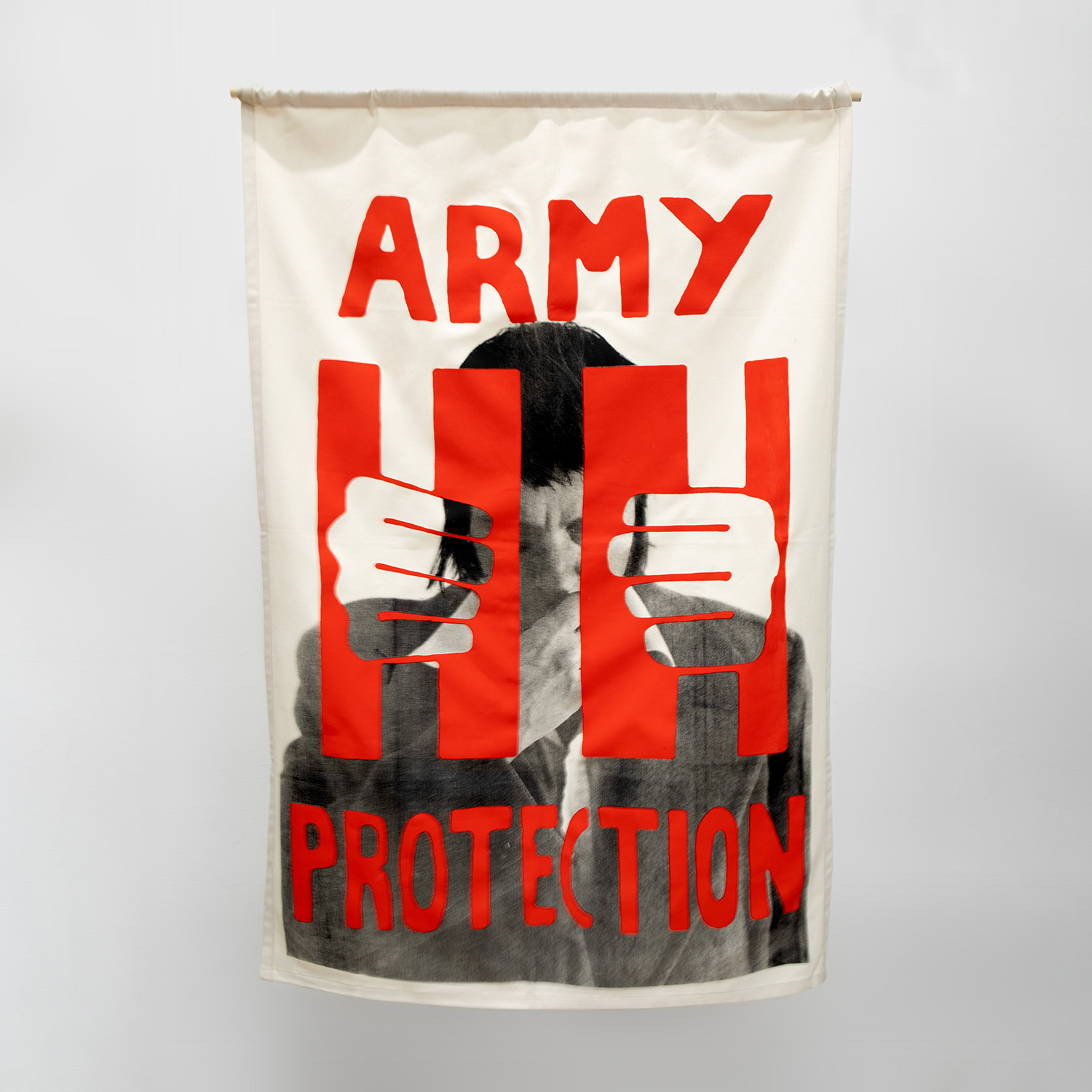
Mariah Garnett
Army Protection, David, 2017
Screenprint on denim
60 x 36 inches
(152.4 x 91.4 cm)
Courtesy of the artist and Commonwealth and Council.

Sam Gordon
Bookmarks & Wristbands, 2020
Acrylic, matte medium, found objects, and printed ephemera on
canvas
30 x 24 inches
(76.2 x 61 cm)
Courtesy of the artist and Morán Morán.
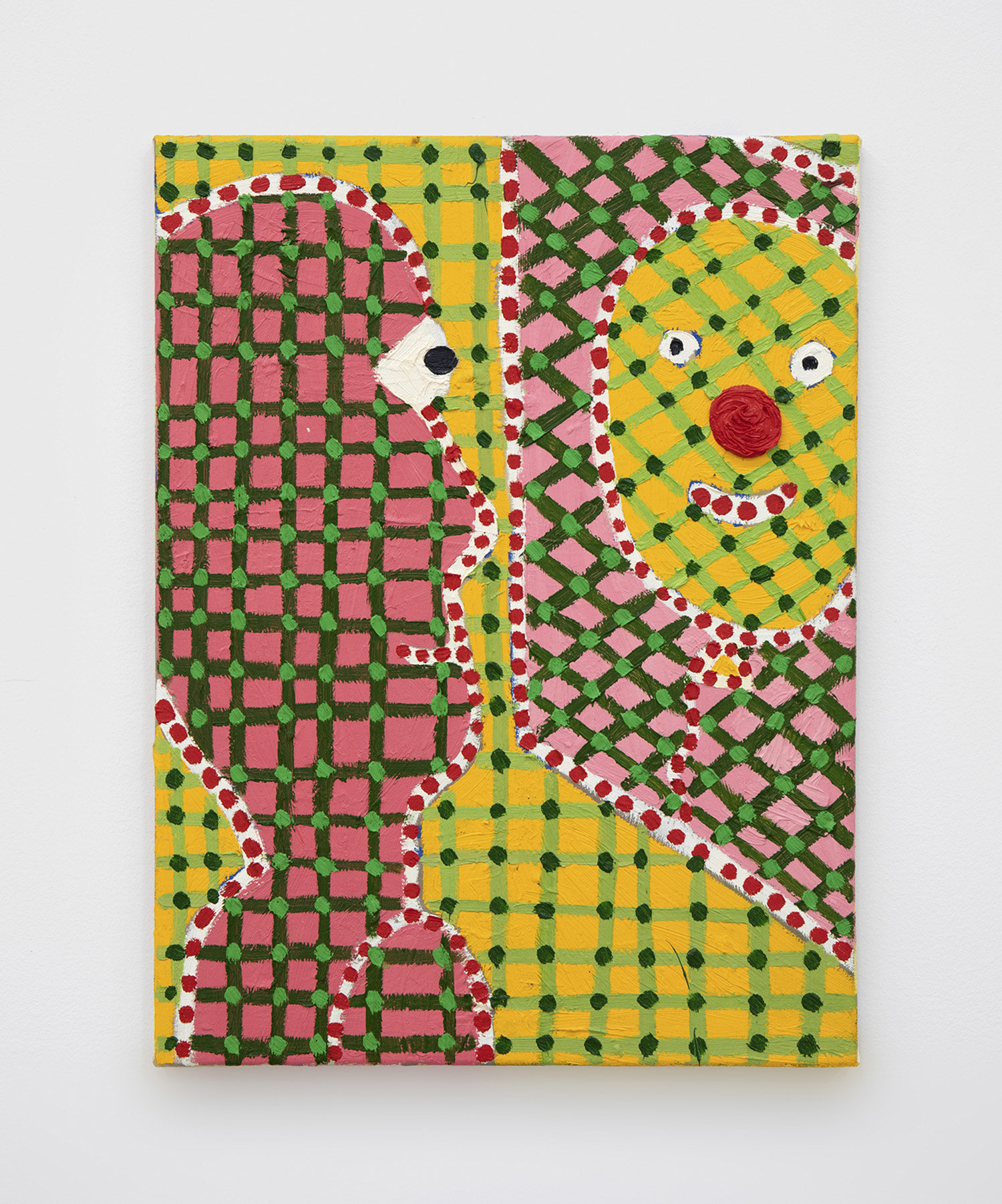
Matthew Clifford Green
Today is feeling OK, 2023
Oil on canvas
24 x 18 inches
(61 x 45.7 cm)
Courtesy of the artist and Morán Morán.
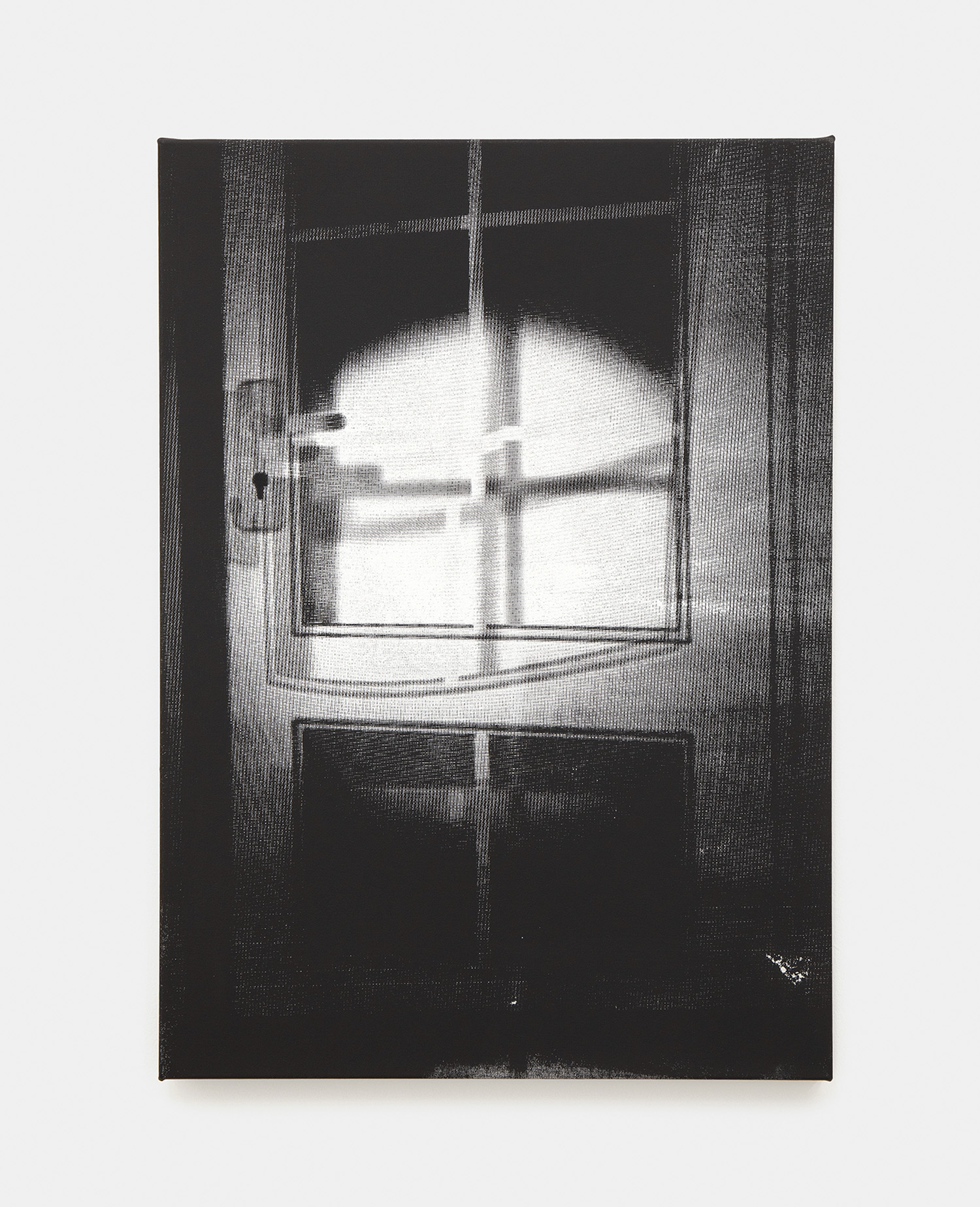
Kate Mosher Hall
Laughs and curiosity, 2023
Acrylic and charcoal on canvas
34 1/2 x 25 inches
(87.6 x 63.5 cm)
Courtesy of the arist and Morán Morán.

Harmony Hammond
Emerging Cross I, 2022
Mixed media monotype on Twinrocker paper
15 1/4 x 18 3/8 x 2 inches
(38.7 x 46.7 x 5.1 cm)
Courtesy Alexander Gray Associates, New York. © 2023 Harmony Hammond / Licensed by VAGA at Artists Rights Society (ARS), New York.
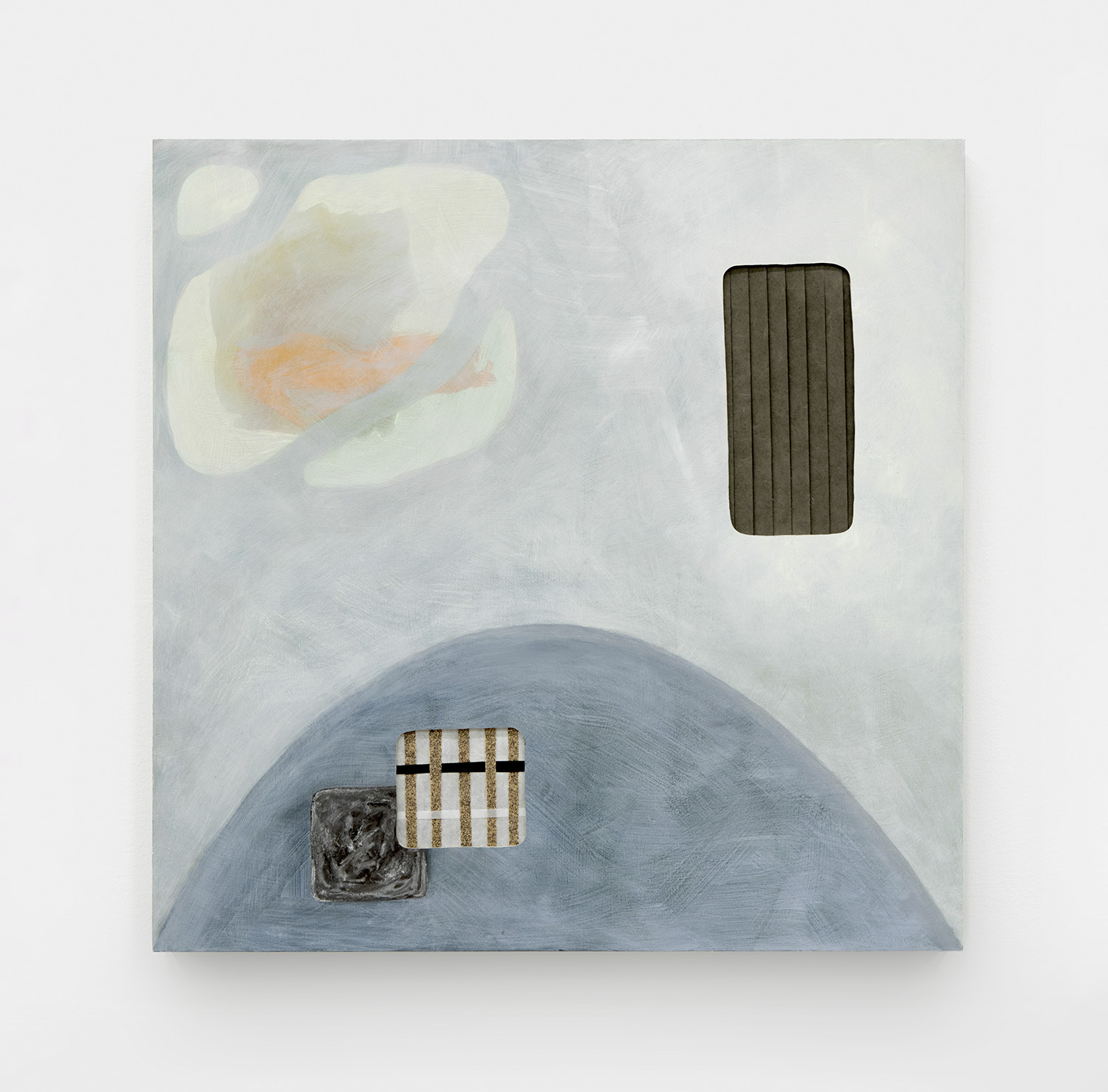
Hea-Mi Kim
don’t sleep with your head facing north, 2023
Oil, hanji, sandpaper, and mylar on
panel with cutouts
24 x 24 inches
(60.9 x 60.9 cm)
Courtesy of the artist and Morán Morán.

Matthew Clifford Green
Today is feeling OK, 2023
Oil on canvas
24 x 18 inches
(61 x 45.7 cm)
Courtesy of the artist and Morán Morán.
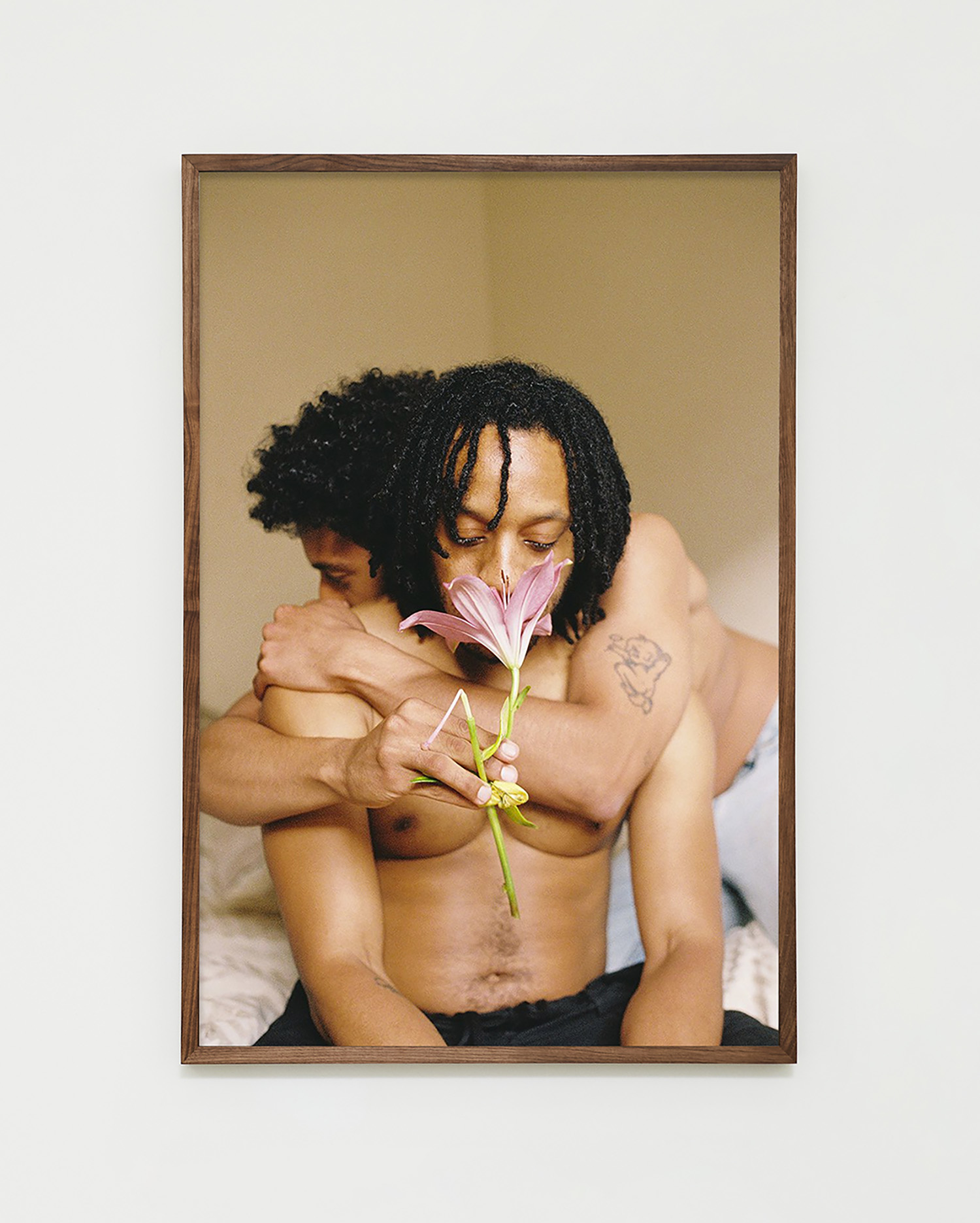
Clifford Prince King
Growing Each Day, 2023
Archival pigment print on Canson rag
24 x 16 inches
(61 x 40.6 cm)
Courtesy of the artist and STARS, Los Angeles.
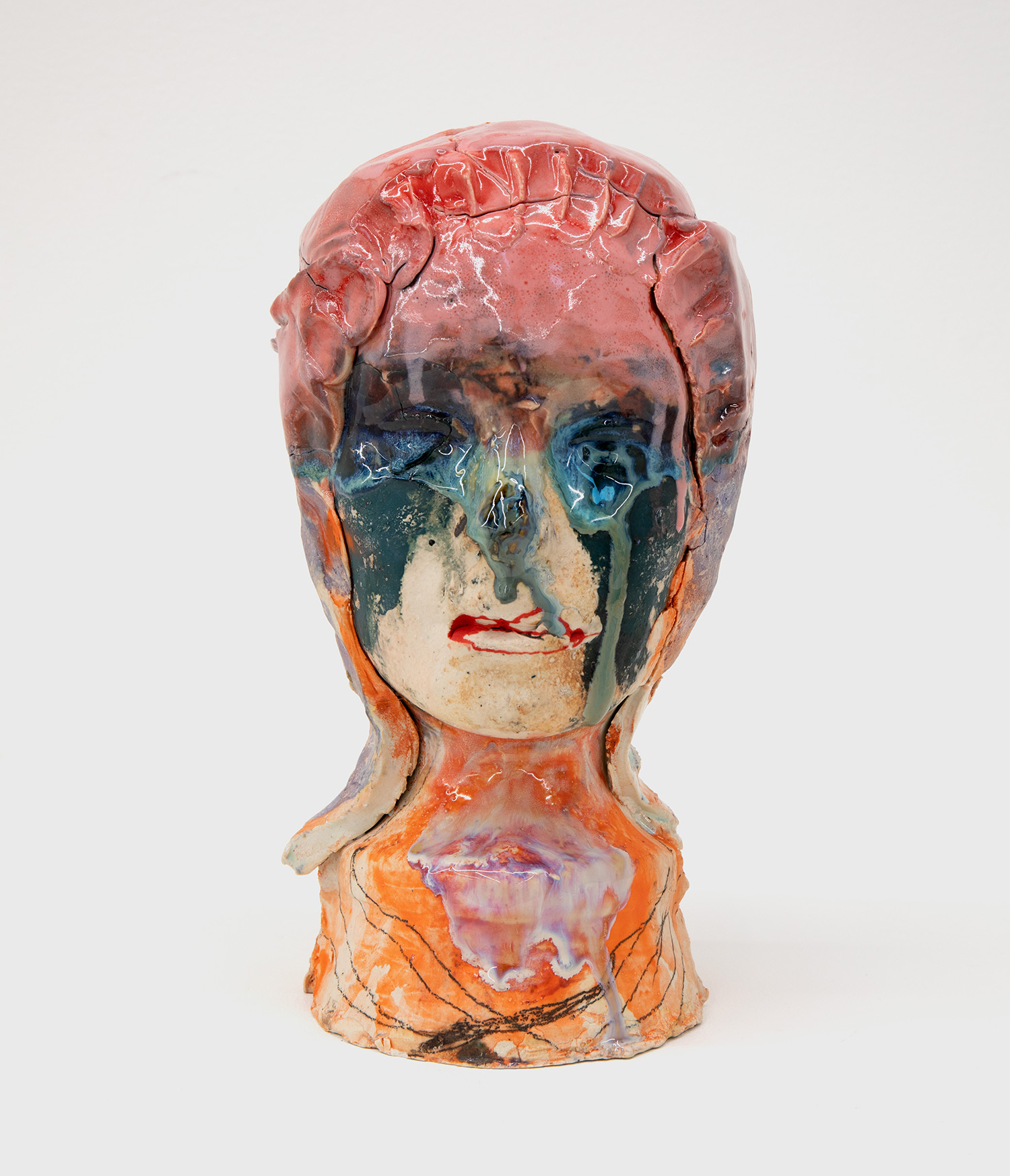
Jennie Jieun Lee
Pink Sky, 2022
Slipcast porcelain and glaze
17 x 13 x 13.5 inches
(43.1 x 33 x 34.3 cm)
Courtesy of the artist and Morán Morán.

Siobhan Liddell
Marriage Painting, 2022
Oil on linen, gesso and gouache on gourd, string, wire, paper, and
toy ring
21 1/2 x 20 1/2 x 3 1/4 inches
(54.6 x 52.1 x 8 cm)
Courtesy of Gordon Robichaux, NY. Photo by Greg Carideo.
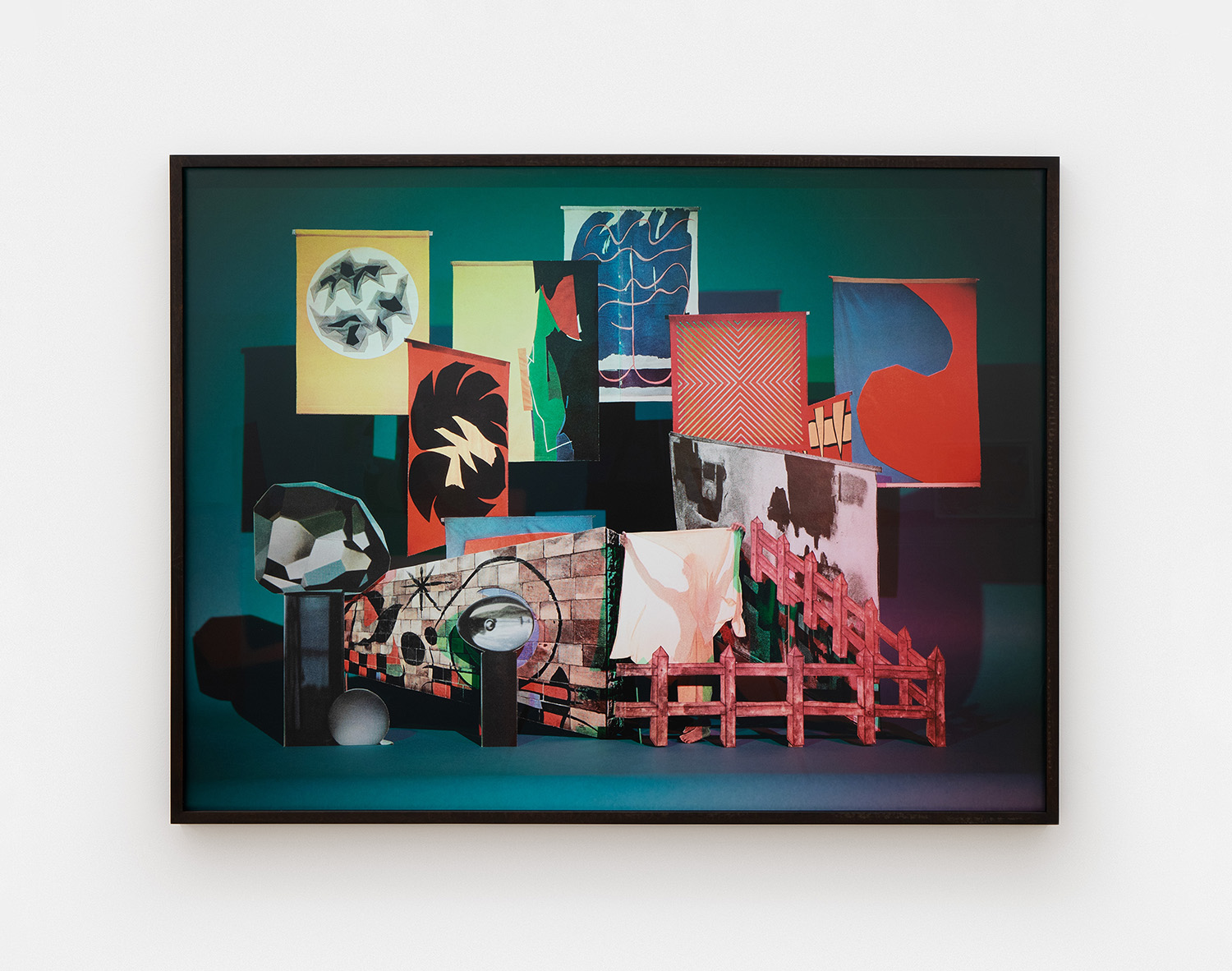
Matt Lipps
Untitled (Shape), 2010
C-print
40 x 53 inches
(101.6 x 134.6 cm)
Courtesy of the artist and Morán Morán.
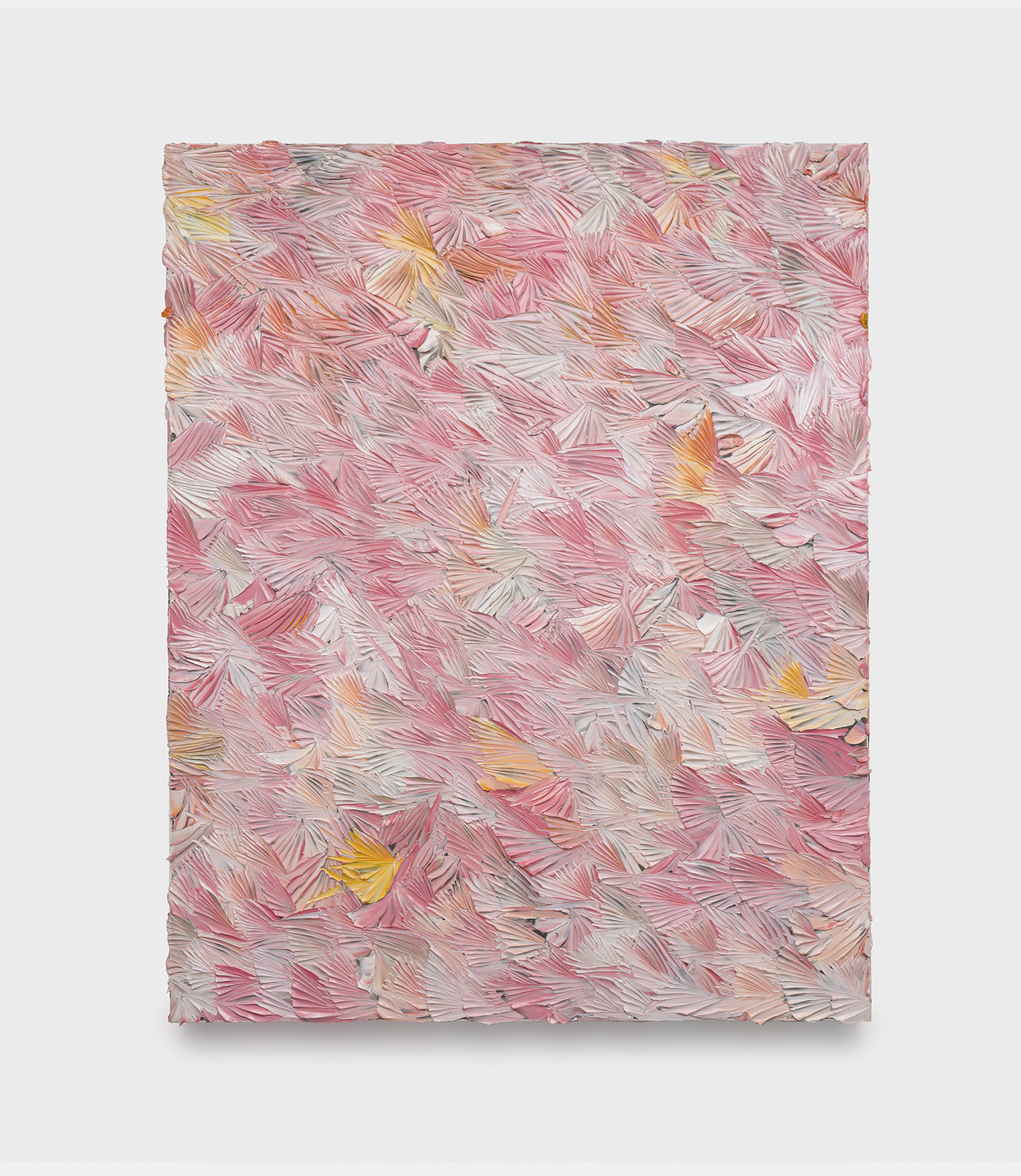
Dashiell Manley
thanks, and silence, 2023
Oil on linen
68 x 40 inches
(172.7 x 101.6 cm)
Courtesy of the artist and Jessica Silverman. Photo by Jeff McLane.
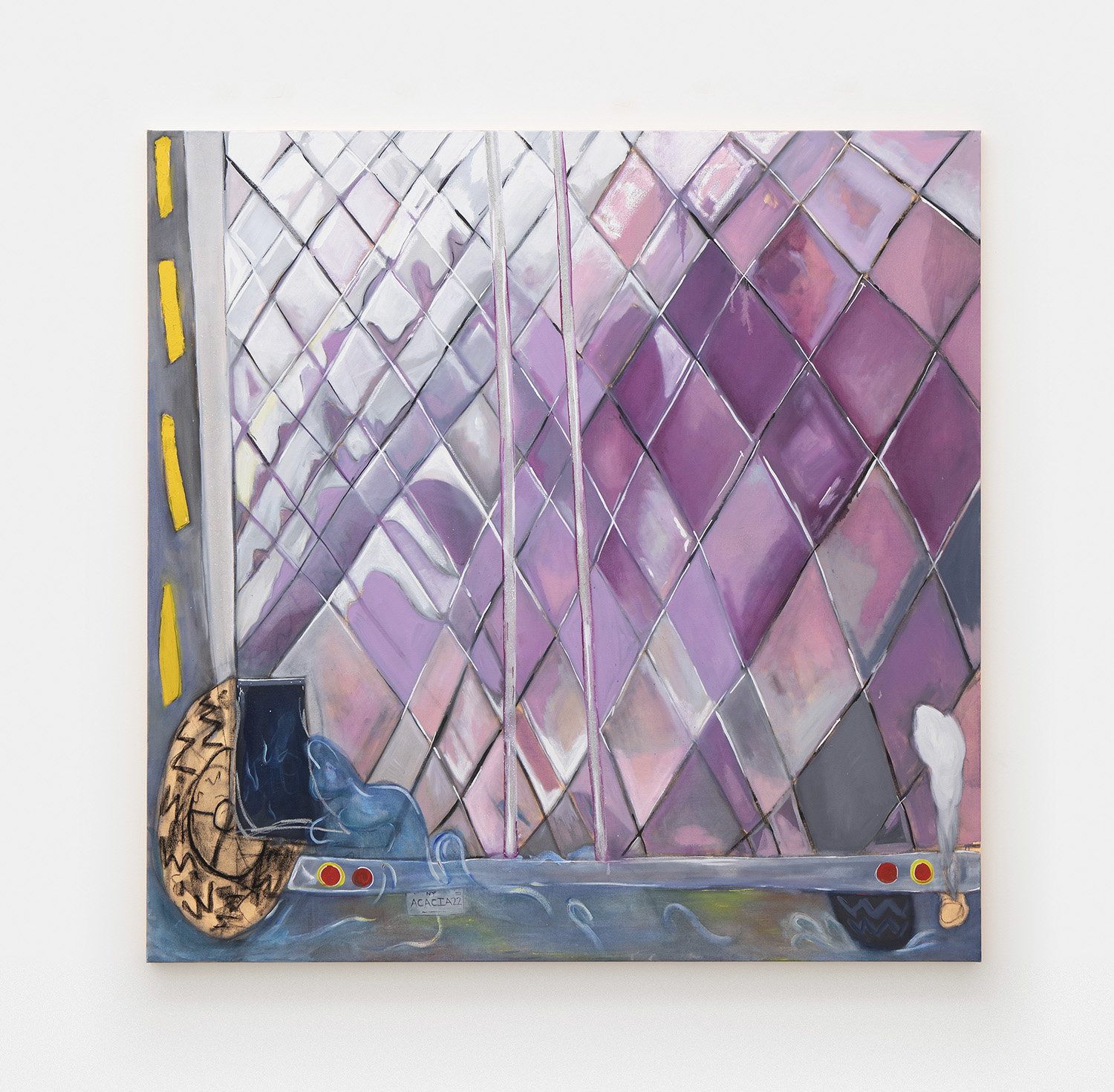
Acacia Marable
Quilted Chrome (in violet), 2023
Oil and glitter on canvas
60 x 60 inches
(152.4 x 152.4 cm)
Courtesy of the artist and Morán Morán.

Calvin Marcus
Fish Lamp, 2023
Ceramic, bamboo, silicone, hardware, electrical cord, paper, wood, glue, and socket
22 x 10 1/2 x 9 inches
(55.9 x 26.7 x 22.9 cm)
Courtesy of the artist and Morán Morán.
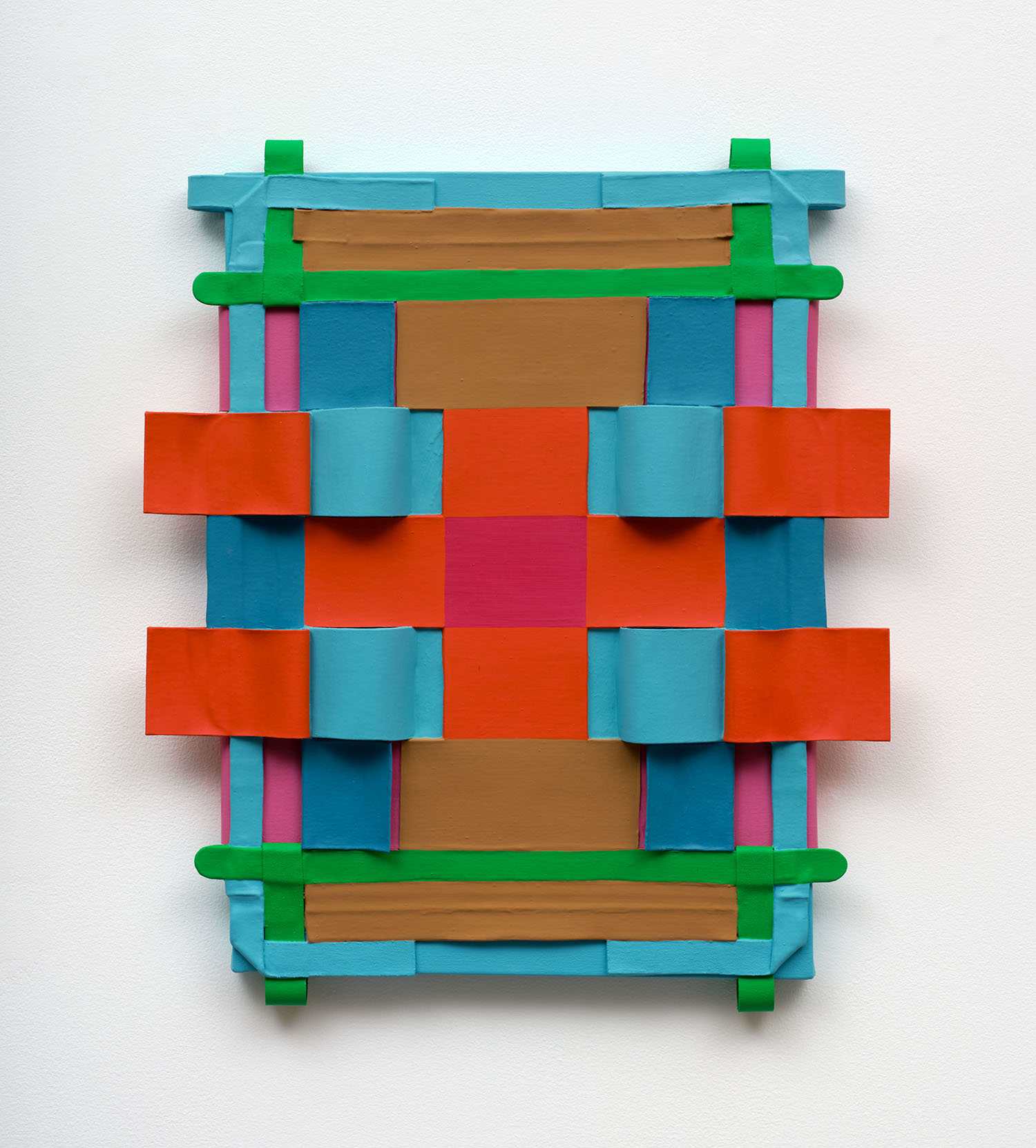
Annabeth Marks
Resonator II, 2022
Acrylic on canvas
21 3/4 x 18 1/4 x 2 1/2 inches
(55.2 x 46.4 x 6.3 cm)
Courtesy of the artist and Parker Gallery.

RJ Messineo
Holes for Criss-Cross II, 2023
Oil on panel
16 x 12 x 1 inches
(40.6 x 30.5 x 2.5 cm)
Courtesy of the artist and Morán Morán.
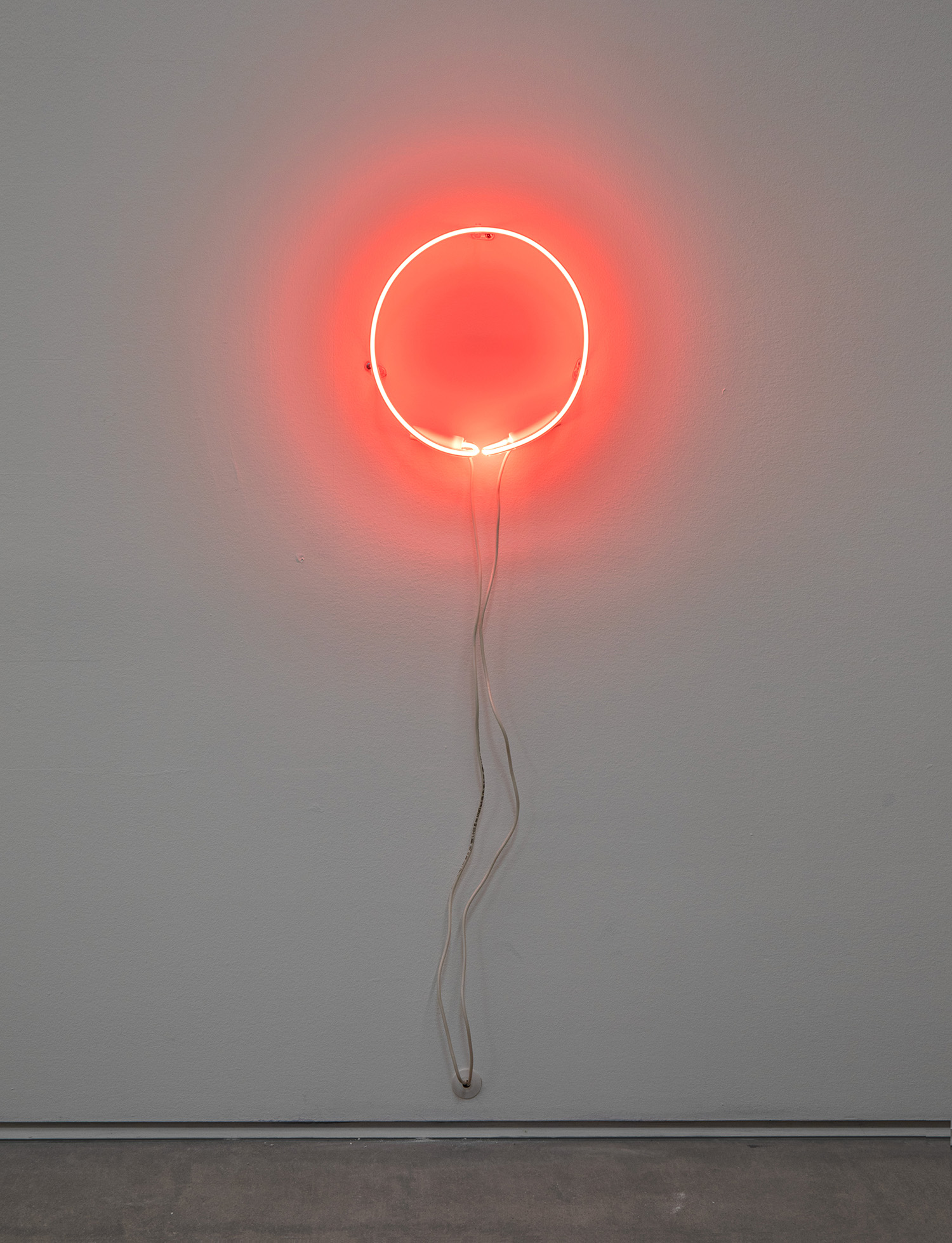
Lucas Michael
G2TR (glory hole), 2020
Neon
9 1/2 x 9 1/8 inches
(24.1 x 23.1 cm)
Courtesy of the artist and Morán Morán.
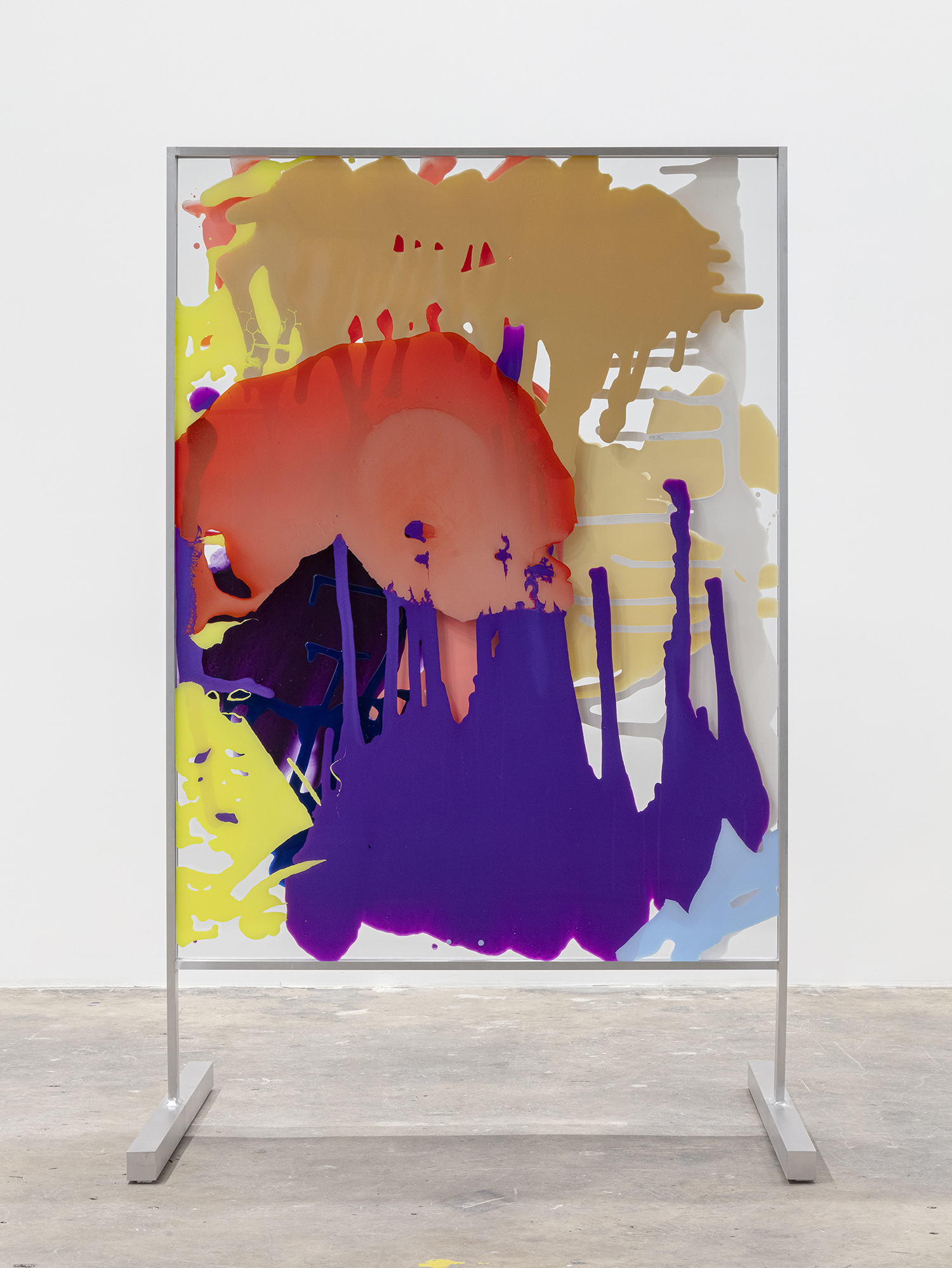
Yunhee Min
Vitreous Opacities (Double Floor #3), 2021
Enamel, acrylic on tempered starphire glass with custom
aluminum frame
73 x 47 1⁄2 x 34 1⁄2 inches
(185.42 x 120.65 x 87.63 cm)
Courtesy of the artist and Vielmetter, Los Angeles. Photo by Evan Bedford.
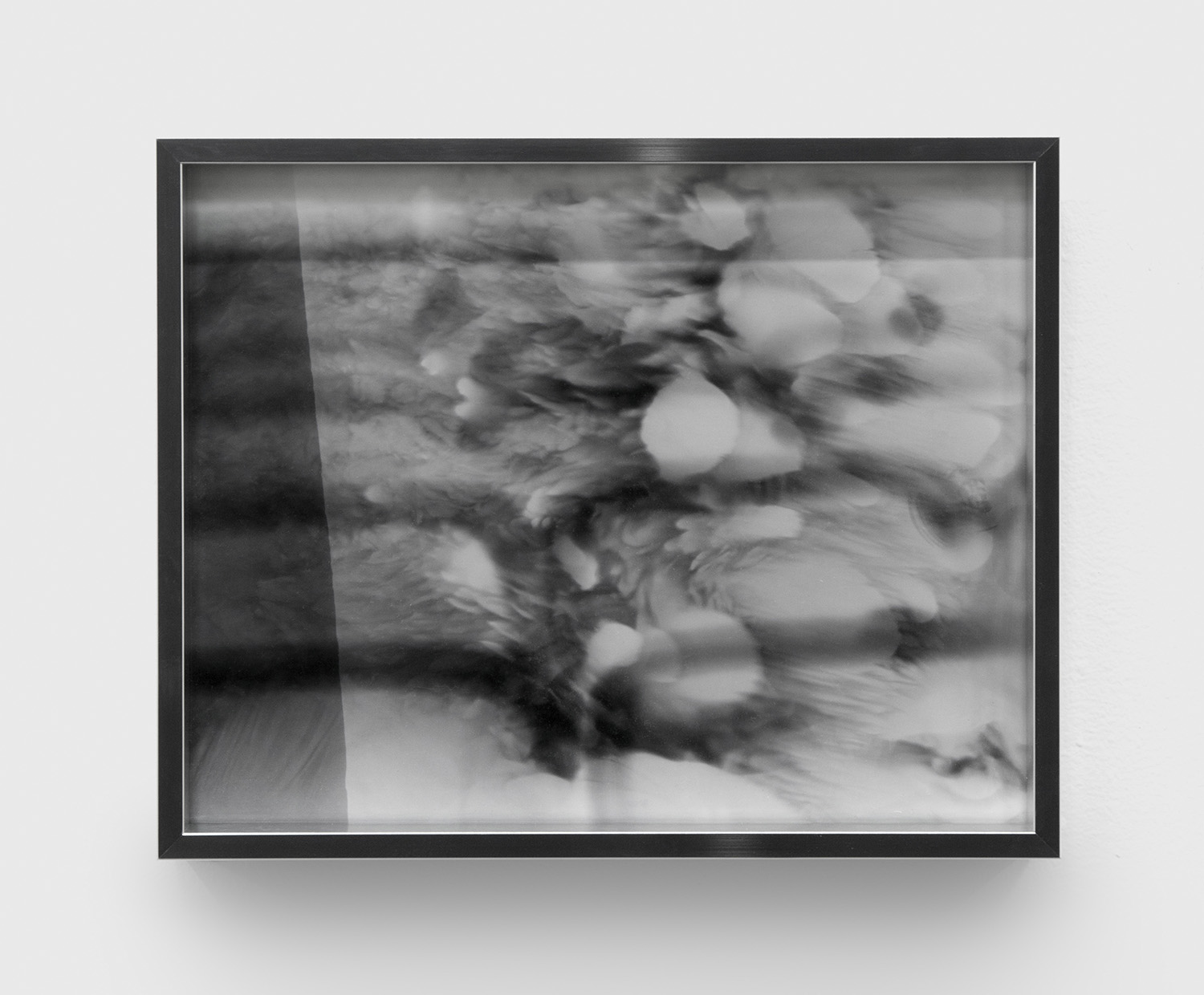
Na Mira
Memento 1, 2023
Giclée print of silver gelatin print of 16mm film projection in aluminum frame
8 x 10 inches
(20.3 x 25.4 cm)
#1/2 (+ 1 AP)
Courtesy of the artist and Park View/Paul Soto, Los Angeles.
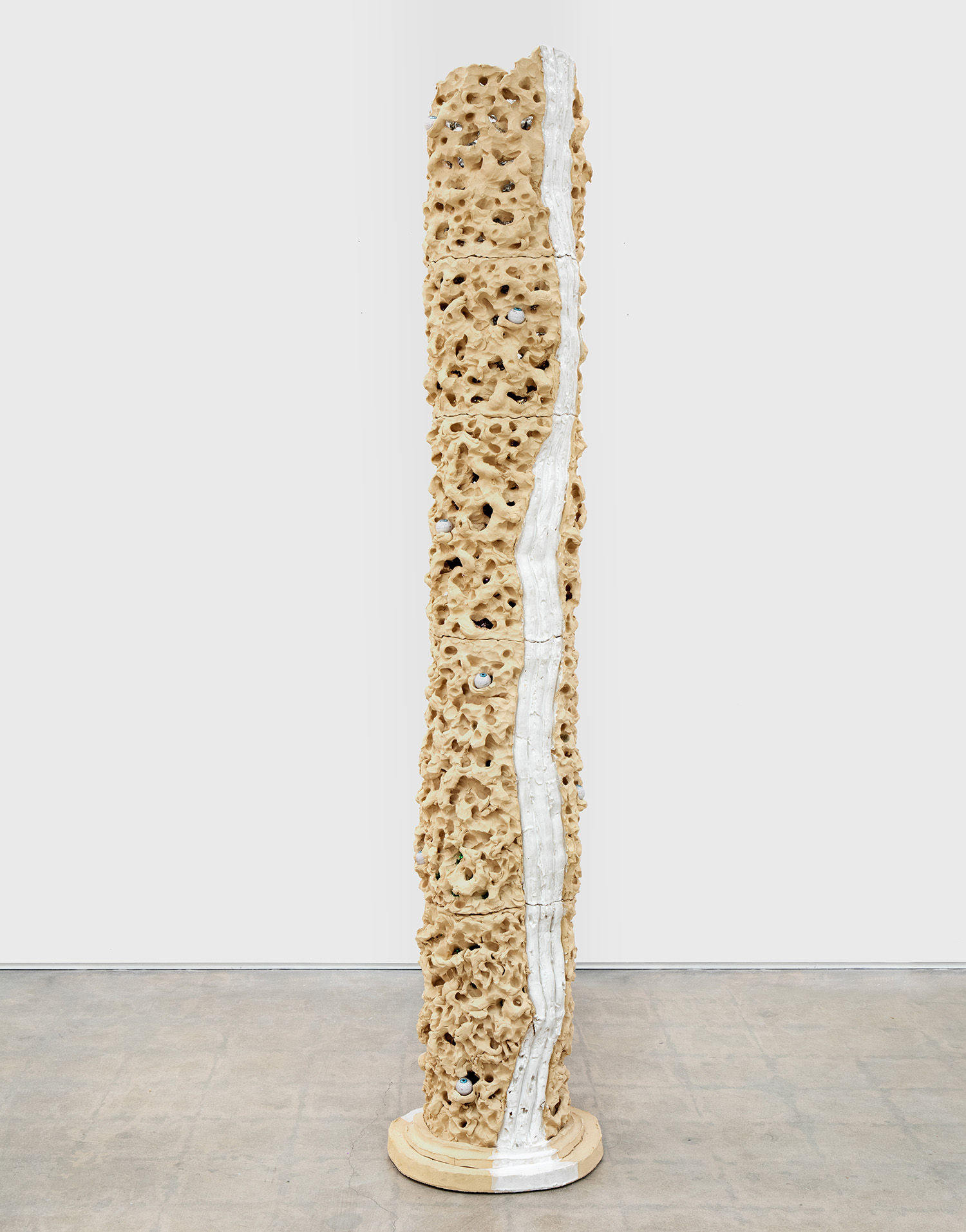
Jackie Rines
Column II, 2023
Clay, glaze, gilt, and glide eyeballs
92 x 19 x 19 inches
(233.7 x 48.2 x 48.2 cm)
Courtesy of the artist and Morán Morán.
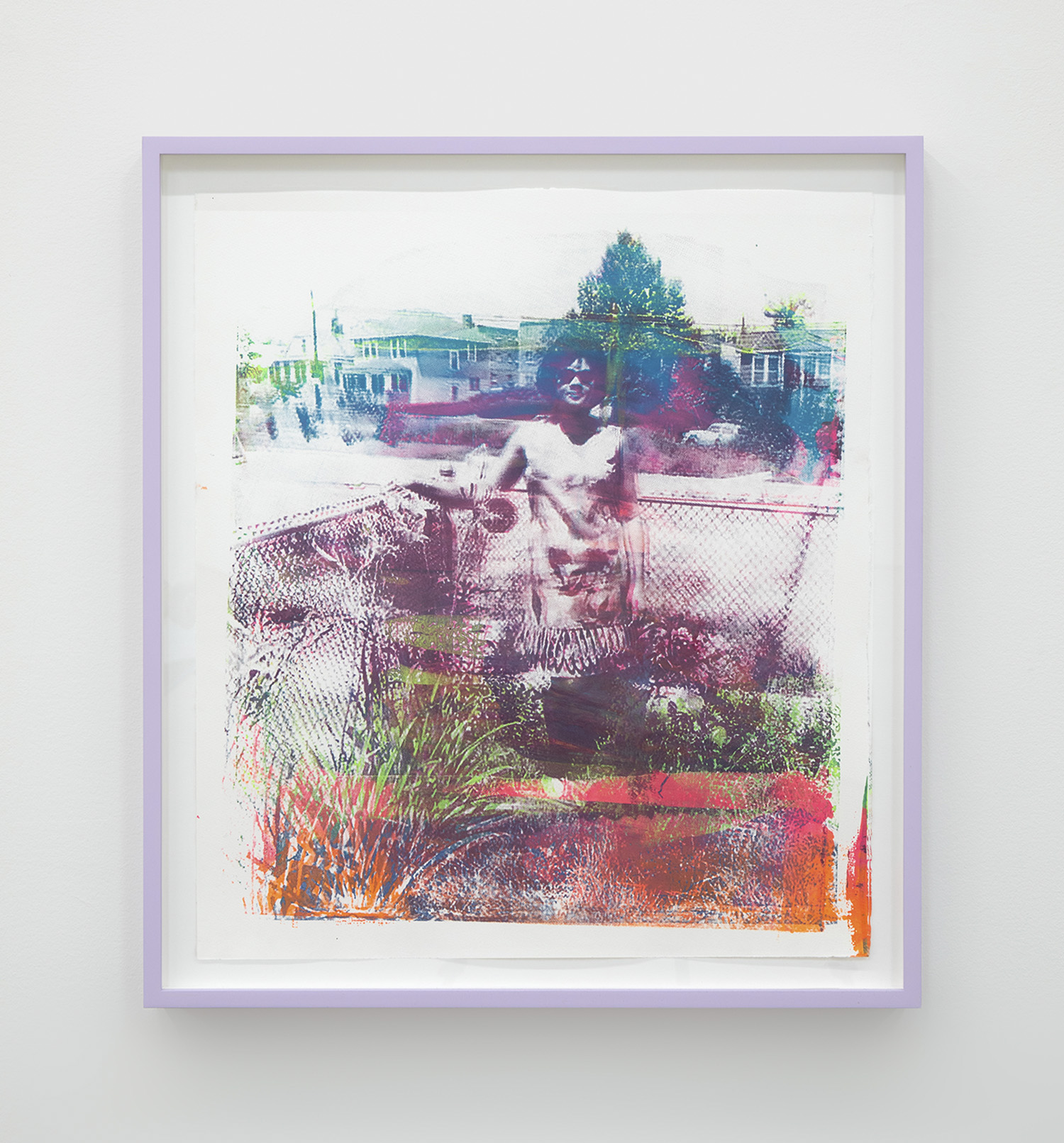
Adee Roberson
Parallel Celestial, 2021
Acrylic and screen print on paper in custom frame
25 x 19 inches
(63.5 x 48.2 cm)
Courtesy of the artist and Morán Morán.

Guadalupe Rosales
Un Rinconcito en el Cielo, 2022
Mirror, enamel paint, LED light, and hanging plush dice
58.25 x 33.75 x 2.5 inches
(148 x 86 x 6 cm)
Courtesy of the artist and Commonwealth and Council.

Amanda Ross-Ho
Untitled T-Shirt (WORLD MAP/I FEEL PAIN), 2015-23
Jersey, rib, thread, acrylic, and mascara
75 x 50 inches
(190.5 x 127 cm)
Courtesy of the artist and Mitchell-Innes & Nash.
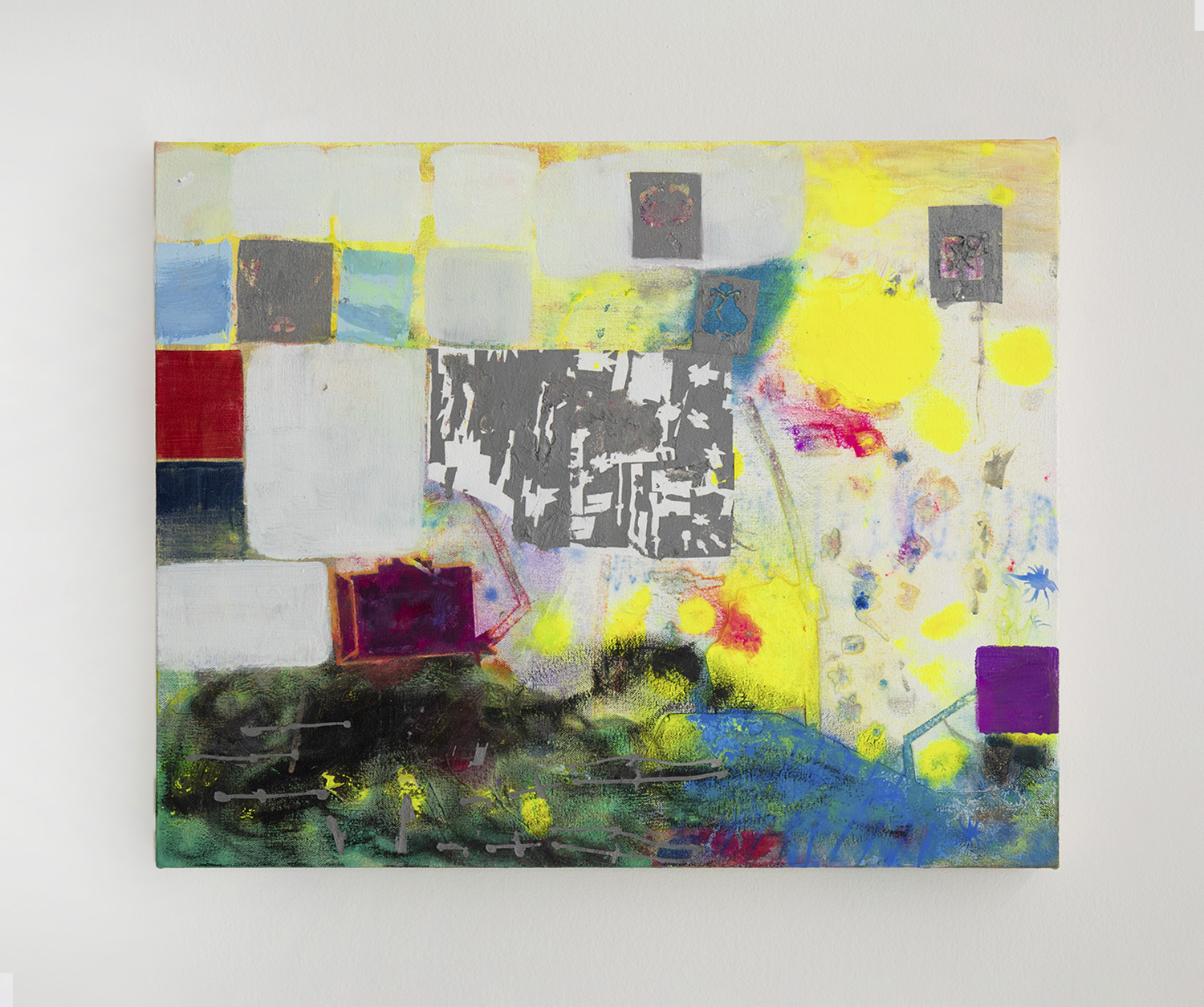
Rachelle Sawatsky
Pather #6, 2023
Acrylic, oil, and watercolor on canvas
20 x 16 inches
(50.8 x 40.6 cm)
Courtesy of the artist and Morán Morán.
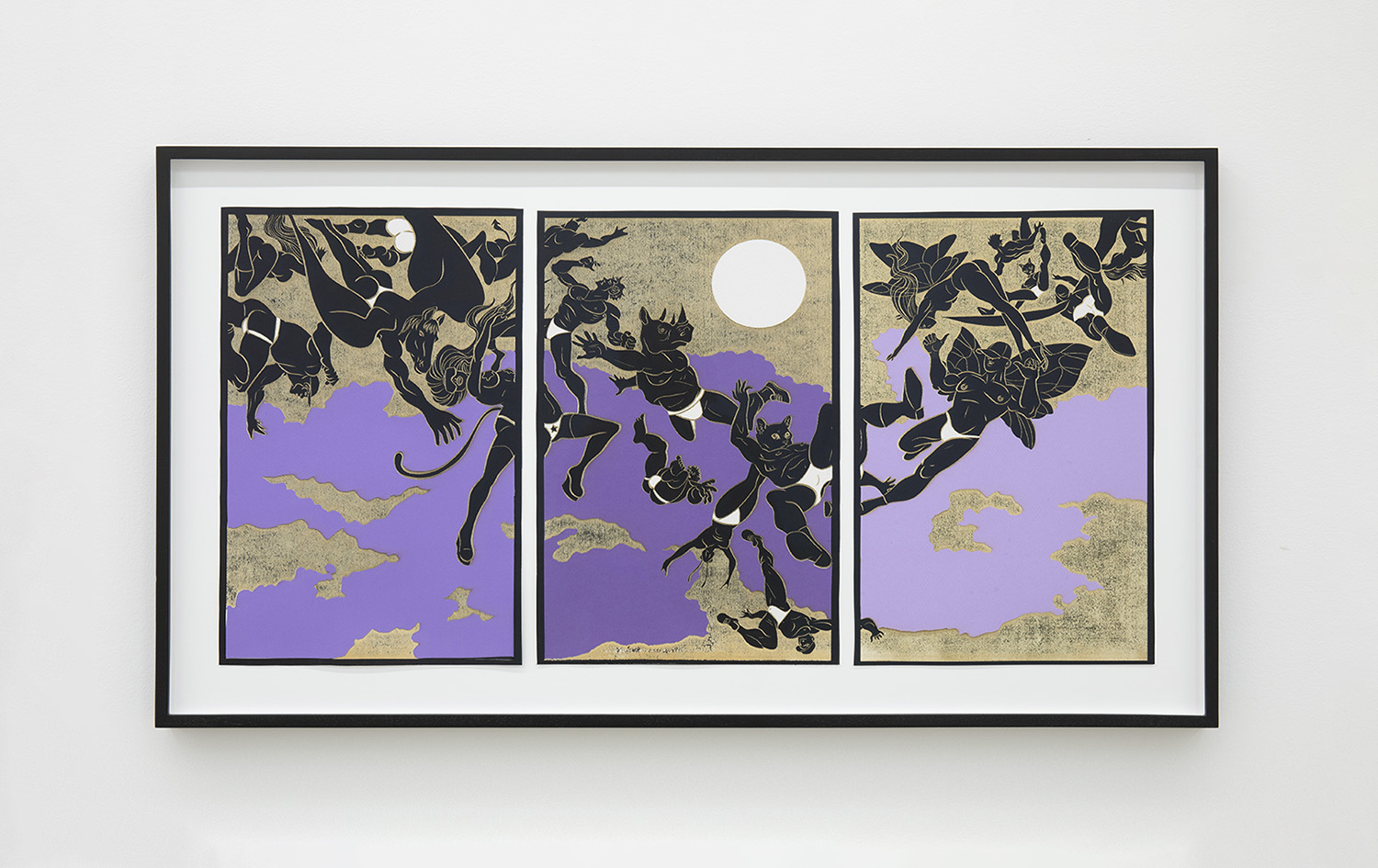
Alexandro Segade
Moon Over San Diego, 2023
Etched paper collage
21 1/2 x 39 3/4 inches
(54.6 x 101 cm)
Courtesy of the artist and Morán Morán.
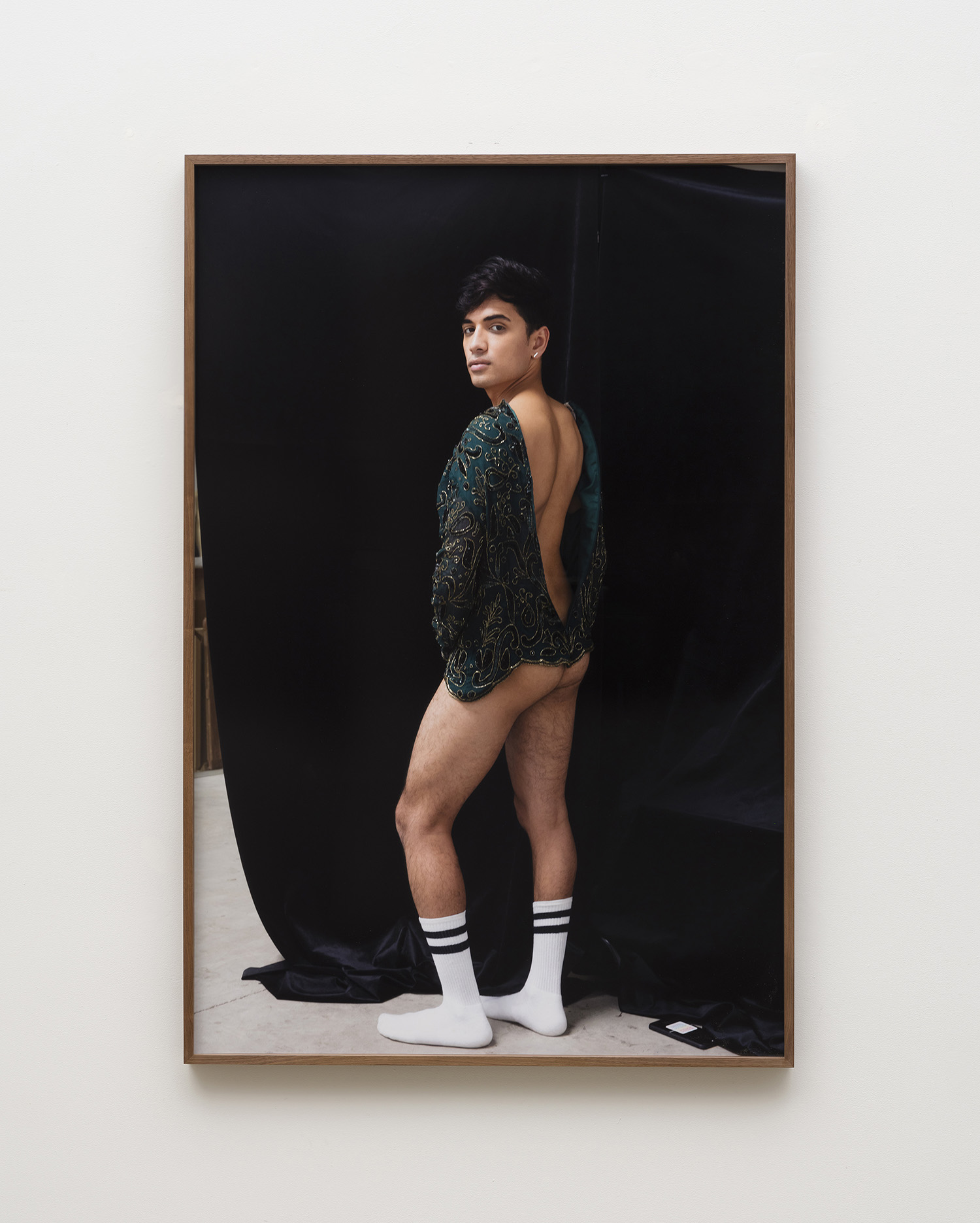
Paul Mpagi Sepuya
A Portrait (0X5A3050), 2019
Archival pigment print
52 x 35 x 2 inches
(132.08 x 88.9 x 5.08 cm)
#1/5 (+2 AP)
Courtesy of the artist and Vielmetter, Los Angeles. Photo by Jeff McLane.
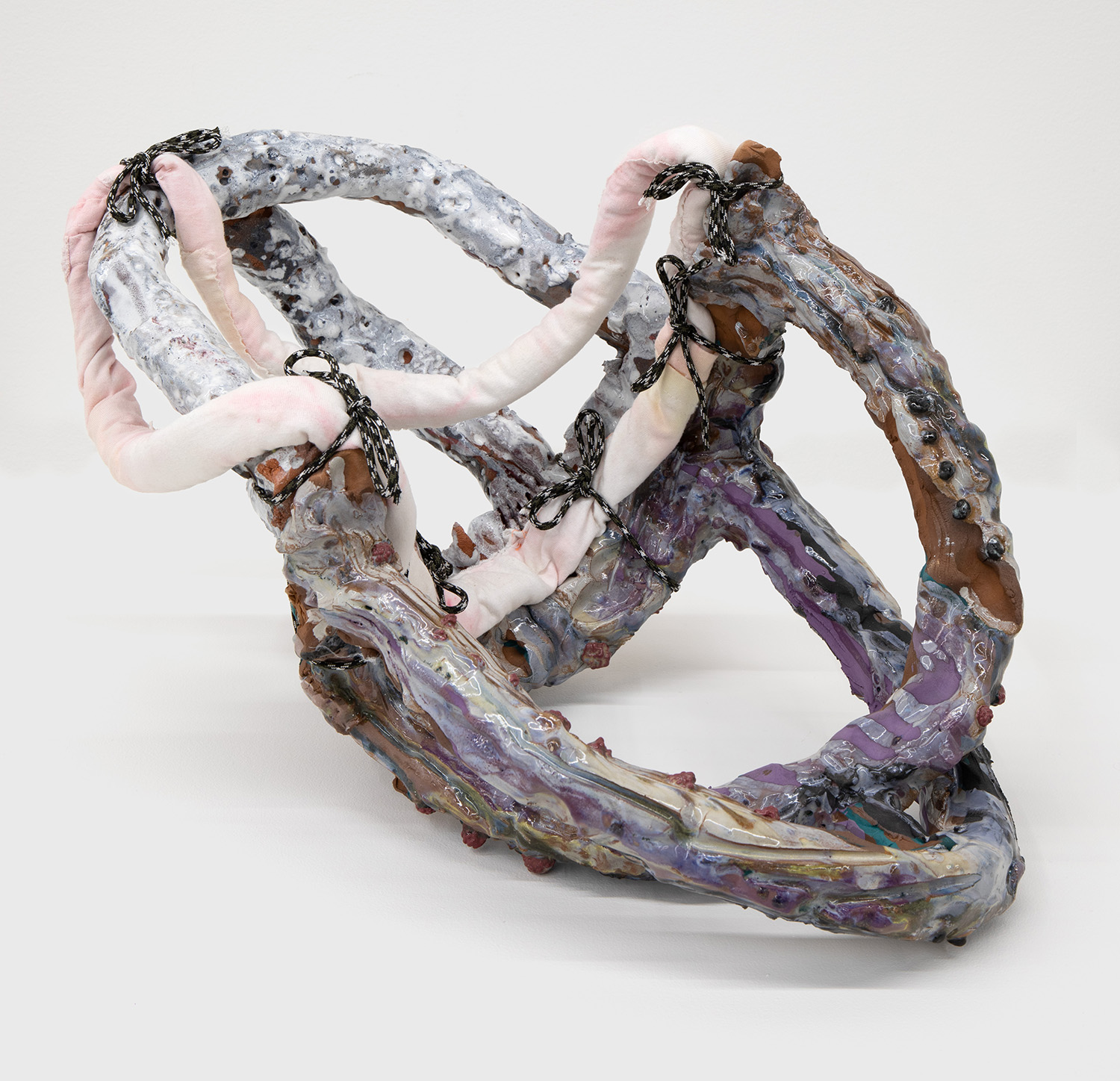
Anna Sew Hoy
Cradle, 2023
Fired clay and glaze, hand-dyed T-shirt, and paracord
13 x 23 x 12 inches
(33 x 58 x 30 cm)
Courtesy of the artist and Commonwealth and Council.
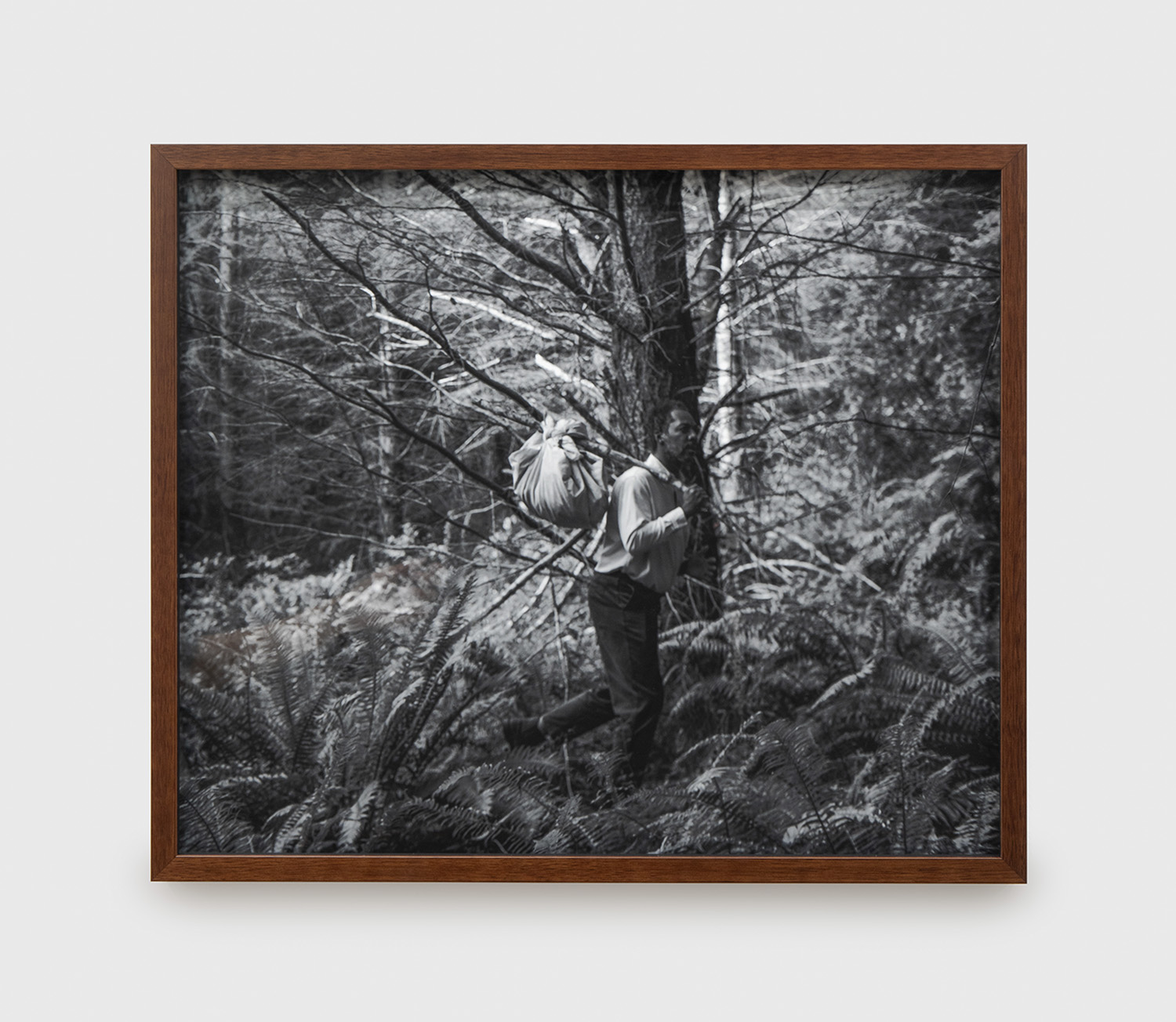
Lenard Smith
Runaway Slave, 2020
Archival pigment print
21 x 24 inches
(53.3 x 61 cm)
#1/3 (+2 AP)
Courtesy of the artist and Morán Morán.
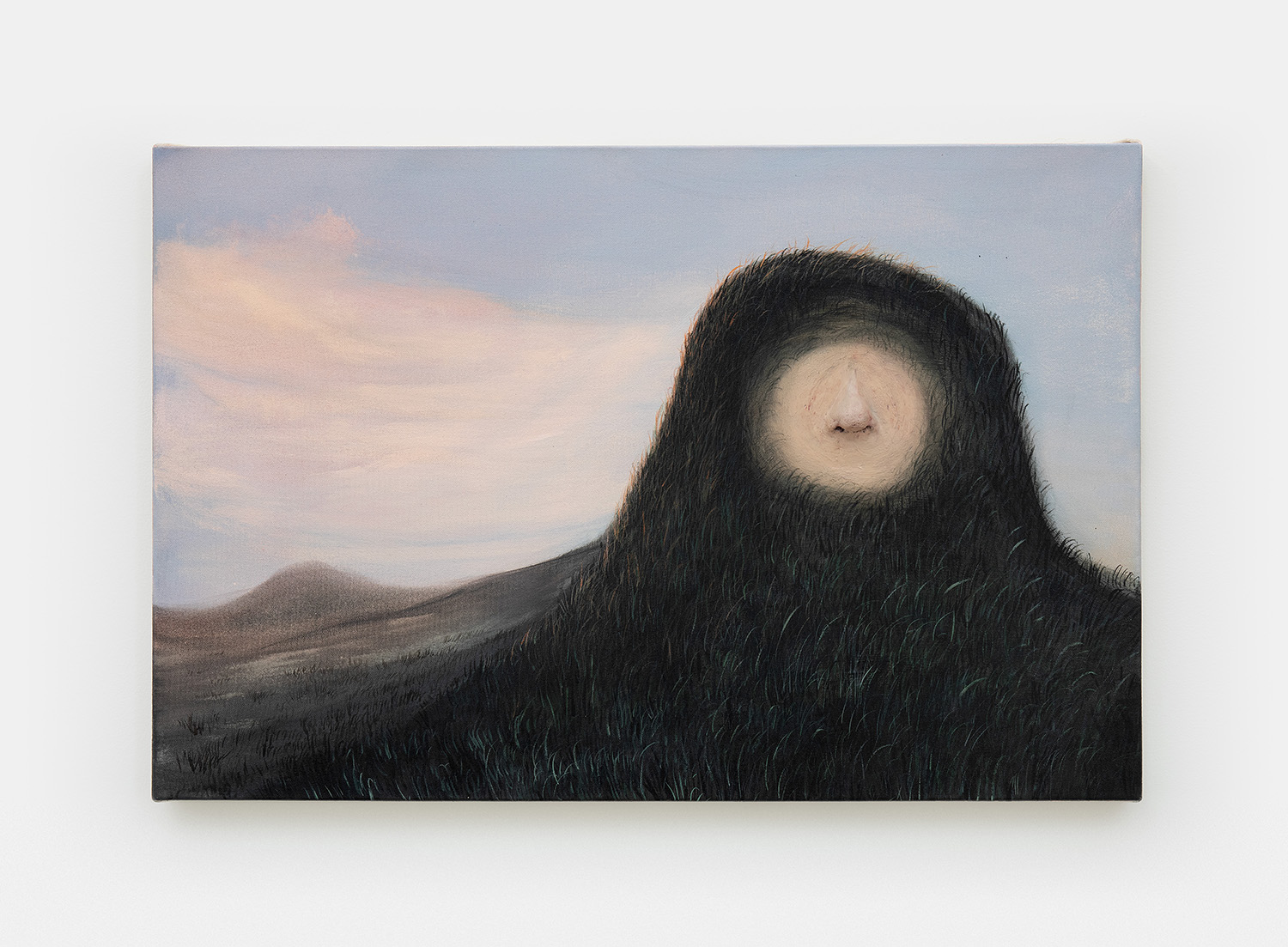
Roni Shneior
Tel, 2023
Acrylic and epoxy on canvas
24 x 36 inches
(61 x 91.4 cm)
Courtesy of the artist and Morán Morán.
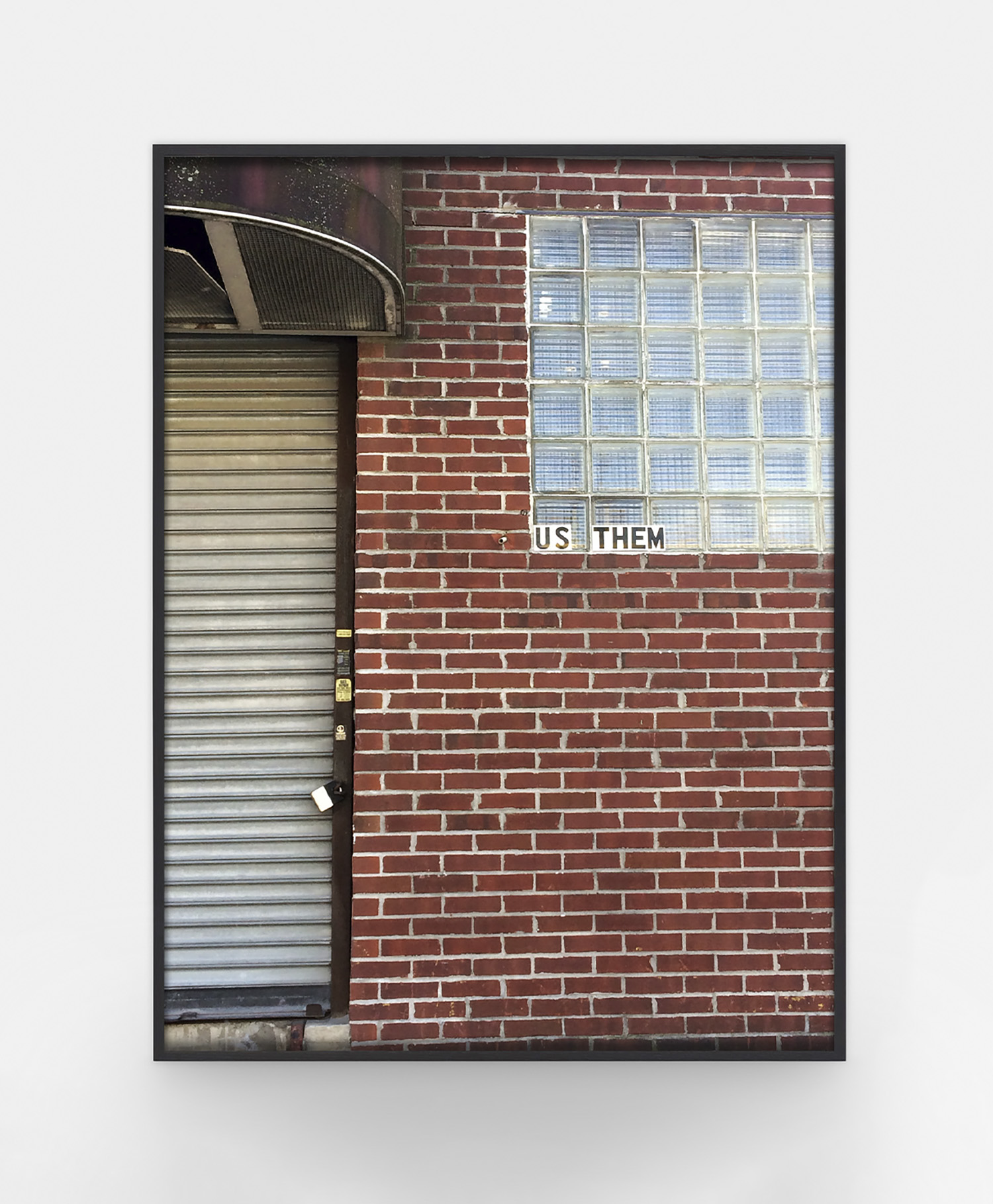
A.L. Steiner
Us Them ATM, 2023
Chromogenic print
24 x 18 inches
(61 x 45.7 cm)
Edition of 3 plus 2AP
Courtesy of the artist and Morán Morán.
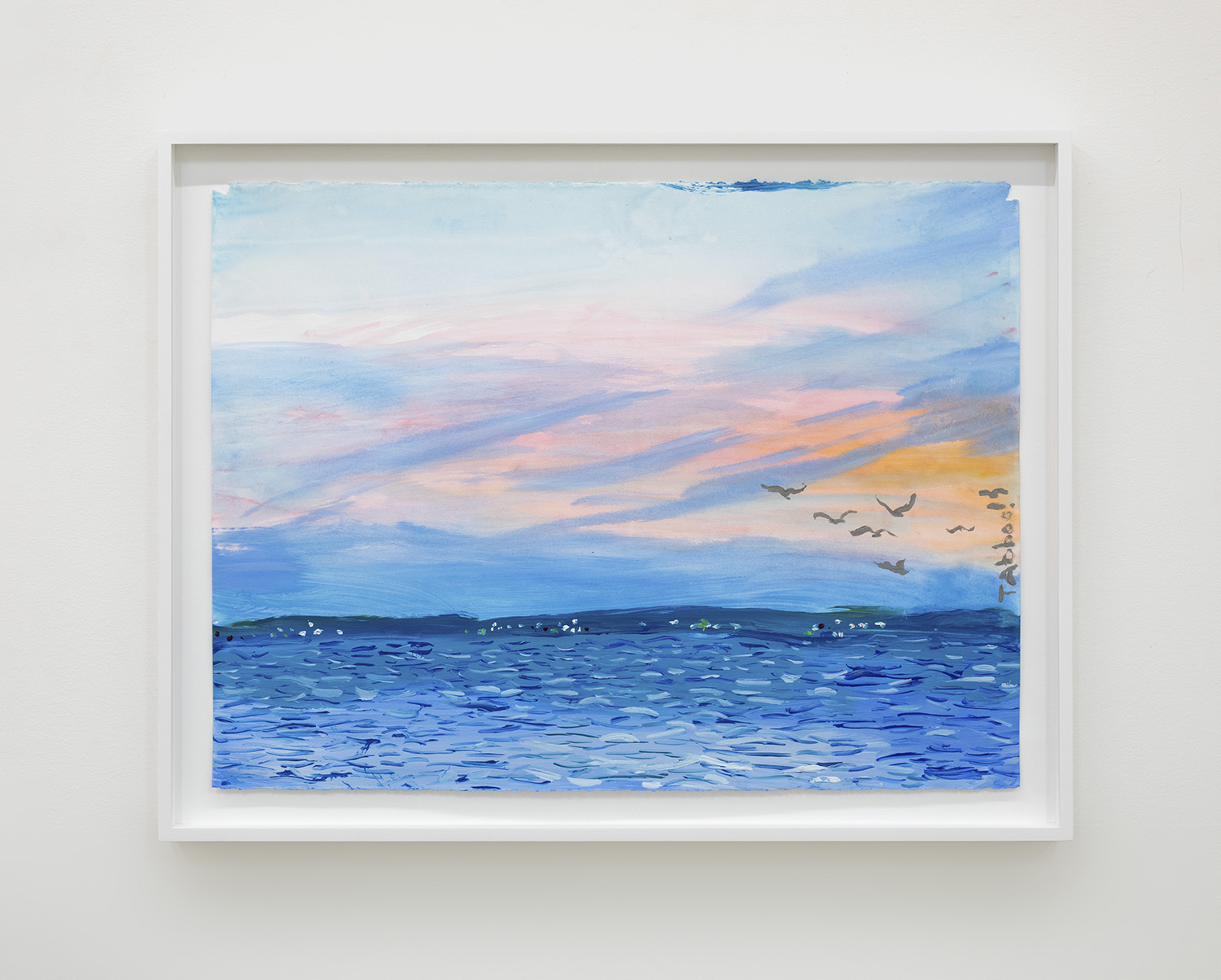
Tabboo!
Peachy Skies, 2019
Acrylic on paper
26 x 33 ½ x 1 ¾ in
(66.04 x 85.09 x 4.45 cm)
Courtesy of the artist and Karma, New York.
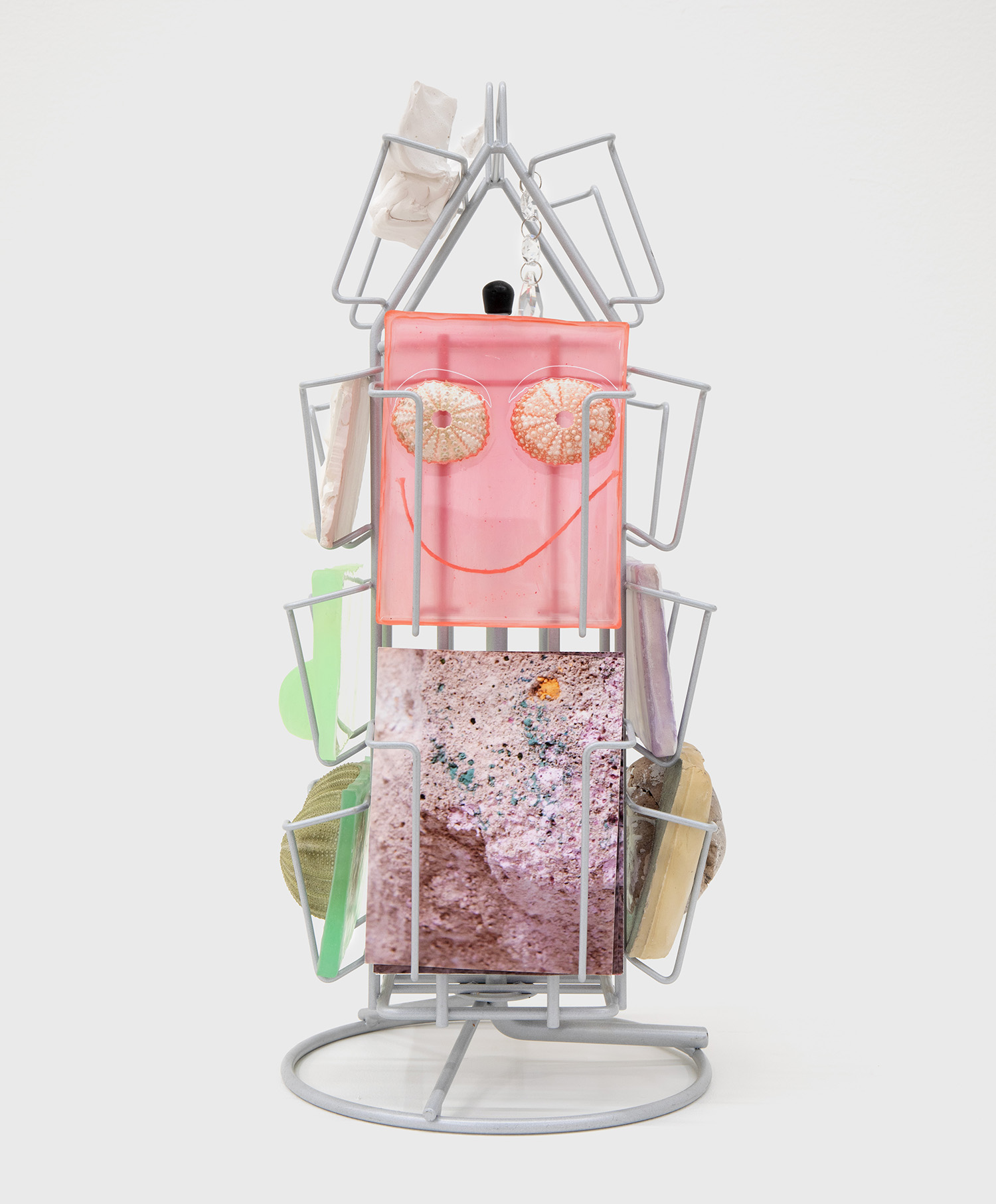
Caroline Thomas
Untitled Rack, 2017-2023
Resin, cement, paper, plaster, postcard stand, and acquired objects
18 x 9 x 7 1/2 inches
(45.7 x 22.9 x 19 cm)
Courtesy of the artist and Morán Morán.
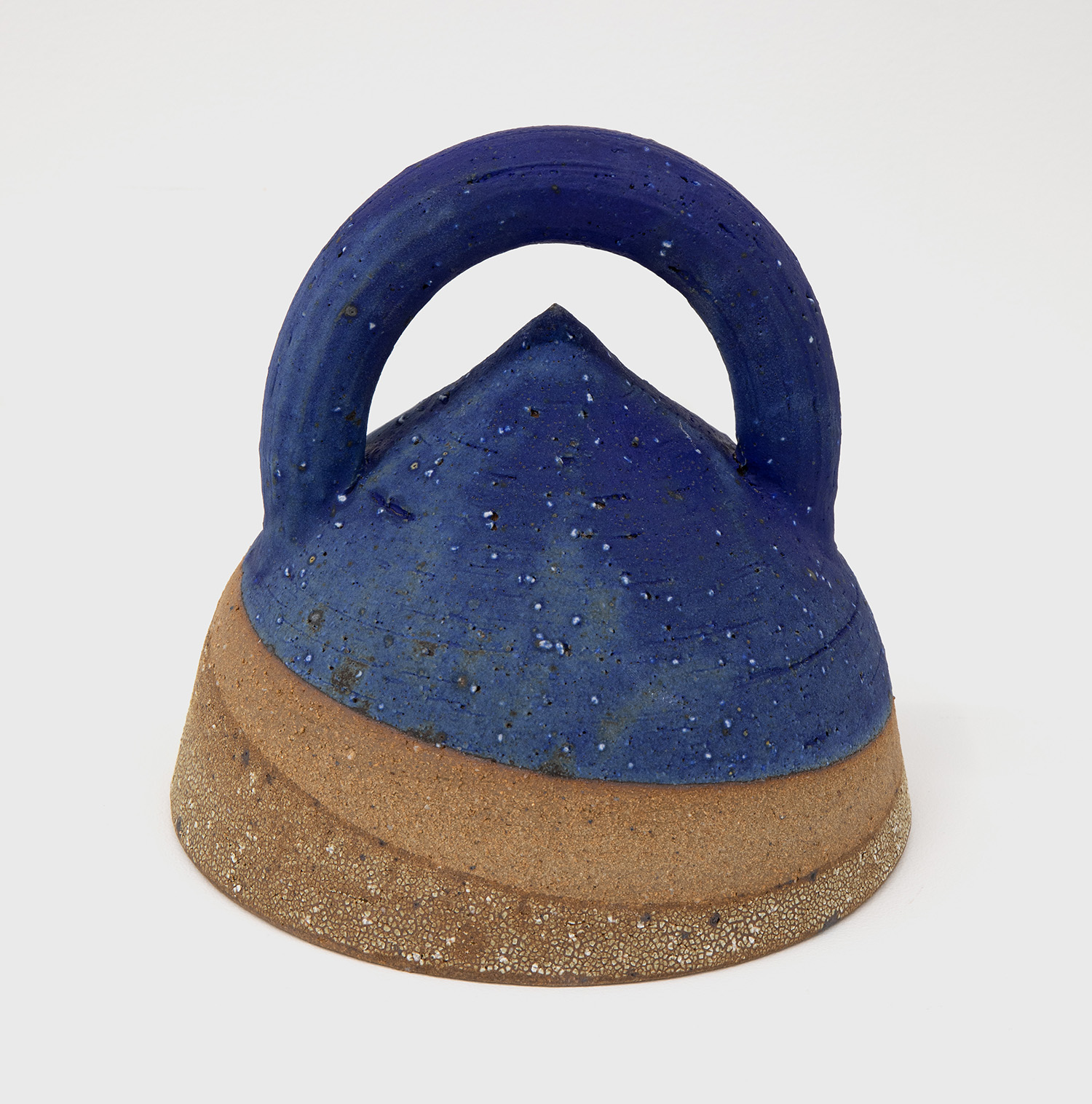
Shoshi Watanabe
Untitled (Training Device), 2023
Ceramic
8 x 8 x 12 inches
(20.3 x 20.3 x 30.5 cm)
Courtesy of the artist and Morán Morán.
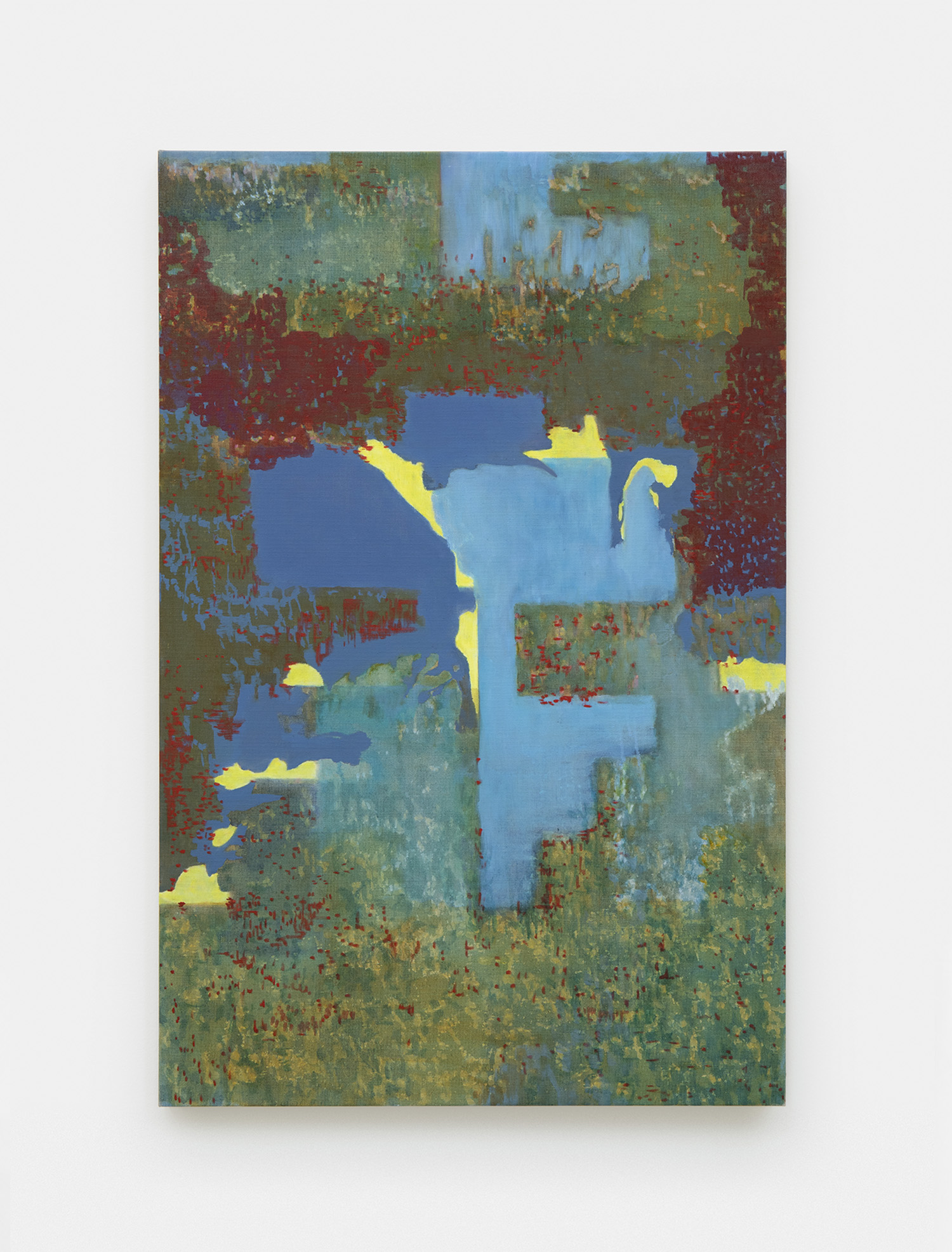
Daniel Wenger
Bow-Wow, 2023
Oil on linen
40 x 26 x 2 inches
(101.6 x 66 x 5 cm)
Courtesy of the artist and Morán Morán.
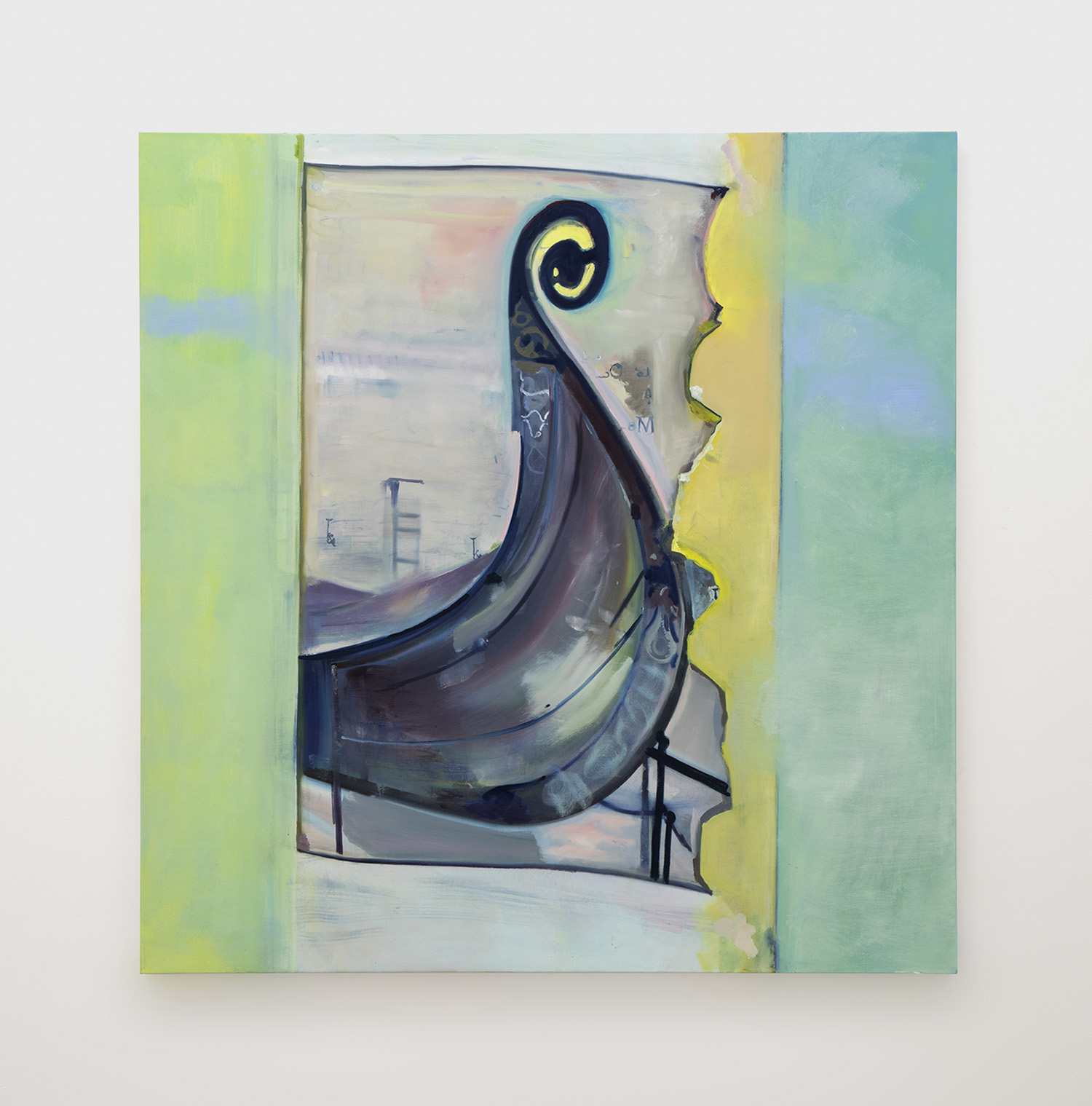
Chase Wilson
Viking ship museum paper/green, 2023
Oil on canvas
70 x 68 inches
(177.8 x 172.7 cm)
Courtesy of the artist and Morán Morán.
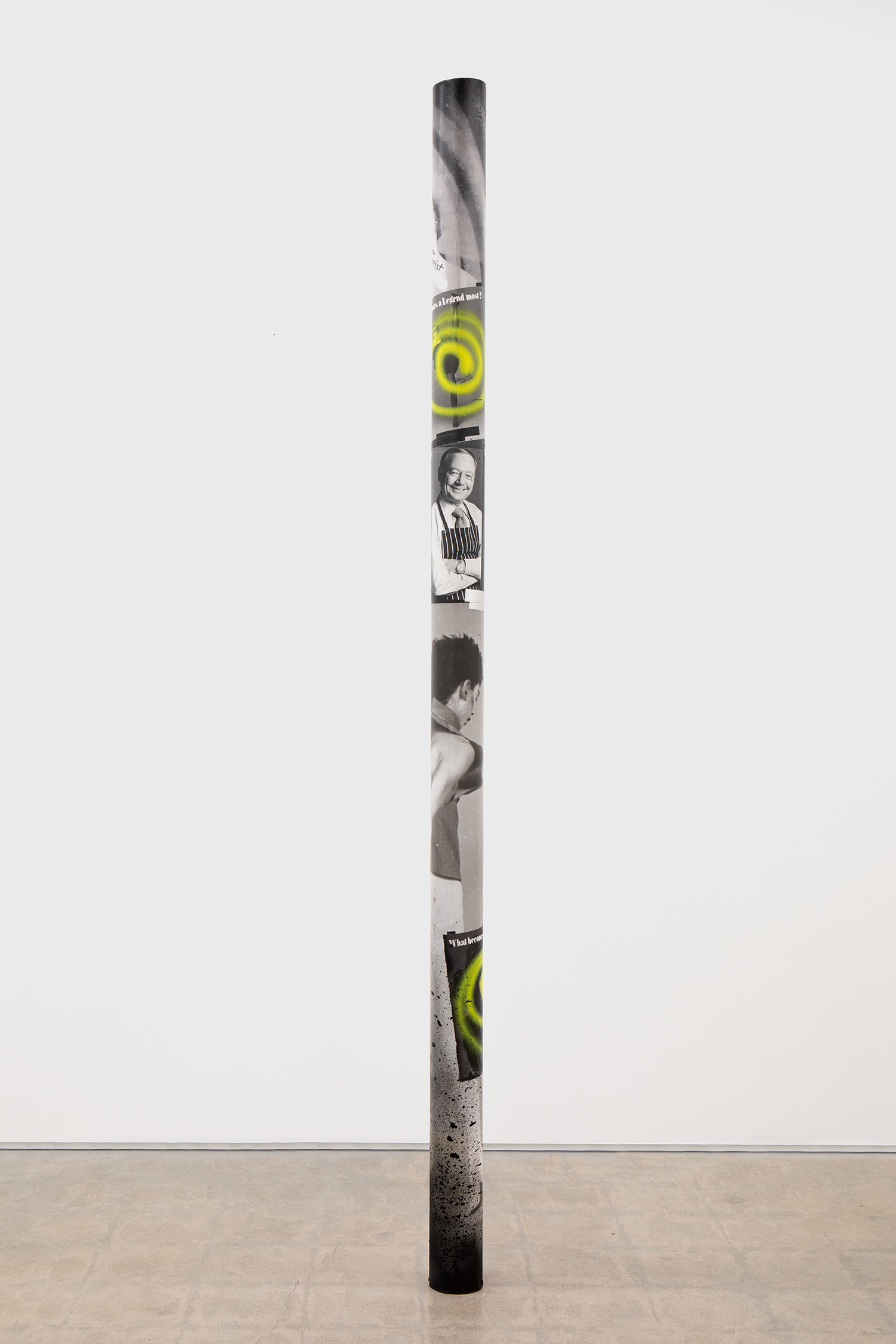
Mark Verabioff
POLL POSITION 2 (Disneyland Abortions), 2023
Page tears, inkjet prints, rubberized undercoating, spray paint, artist tape, and acrylic medium on PVC pipe
120 x 4.5 x 4.5 inches
(305 x 12 x 12 cm)
Courtesy of the artist and Morán Morán.
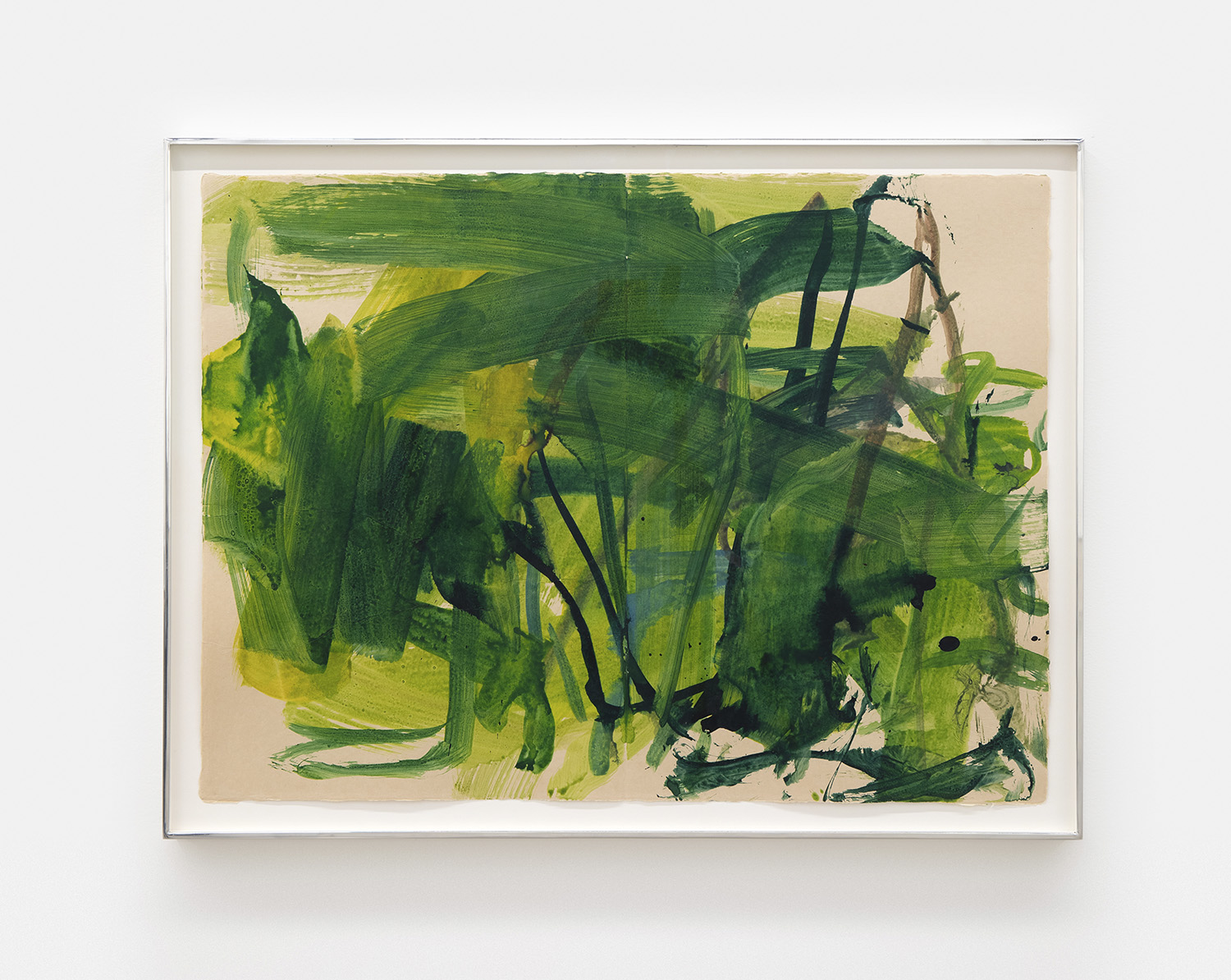
Mary Weatherford
In the cedar forest, 2019
Shellac ink on Gampi Torinoko
22 1/2 x 30 inches
(57.1 x 76.2 cm)
Courtesy of the artist and Morán Morán.
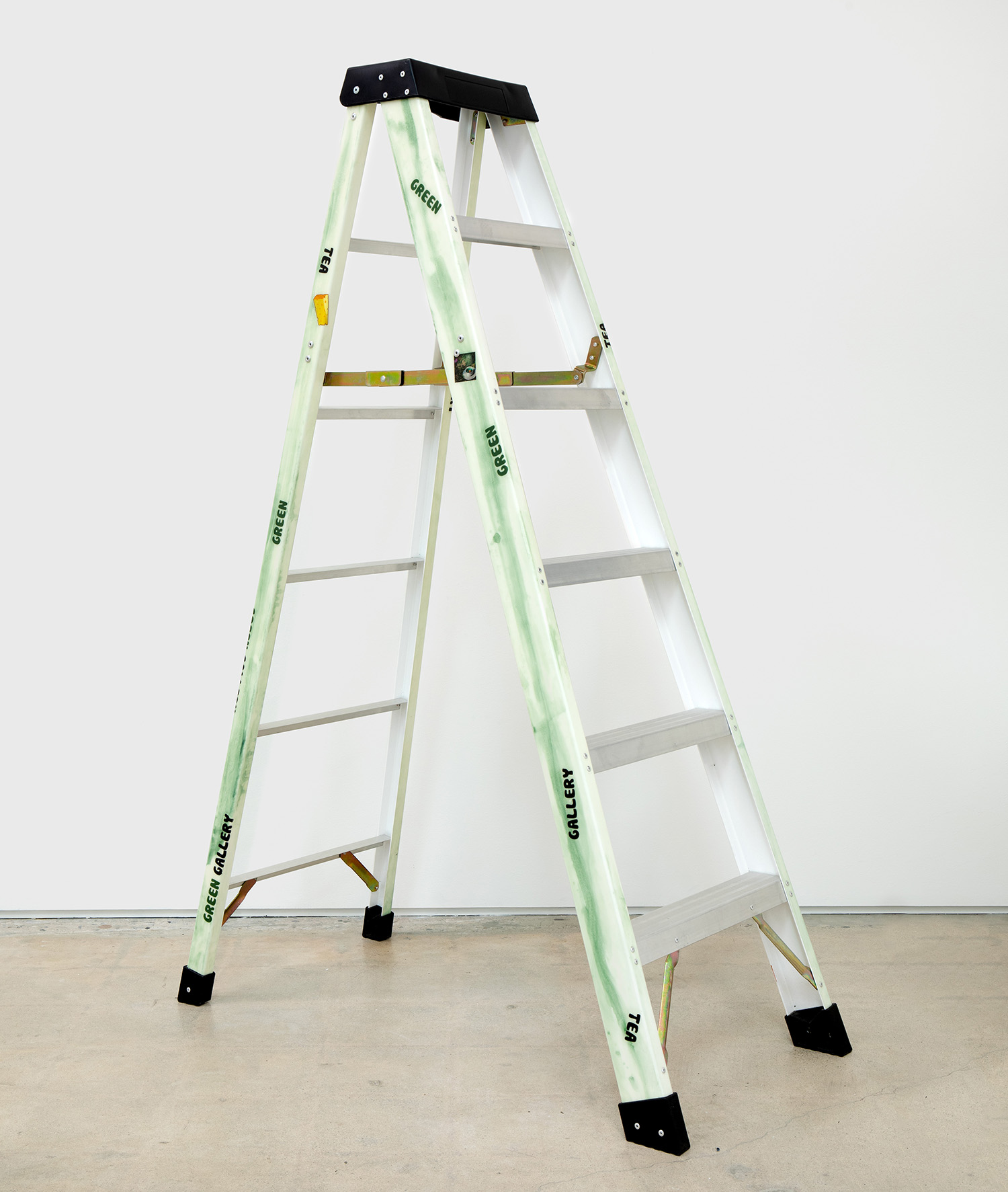
Amy Yao
Skeleton, no. 13 (Nobody’s Dog Down Under), 2014
Fiberglass, polyester, resin, and aluminum
67 1/2 x 22 x 43 inches
(171.4 x 55.9 x 109.2 cm)
Courtesy of the artist and 47 Canal, New York.

